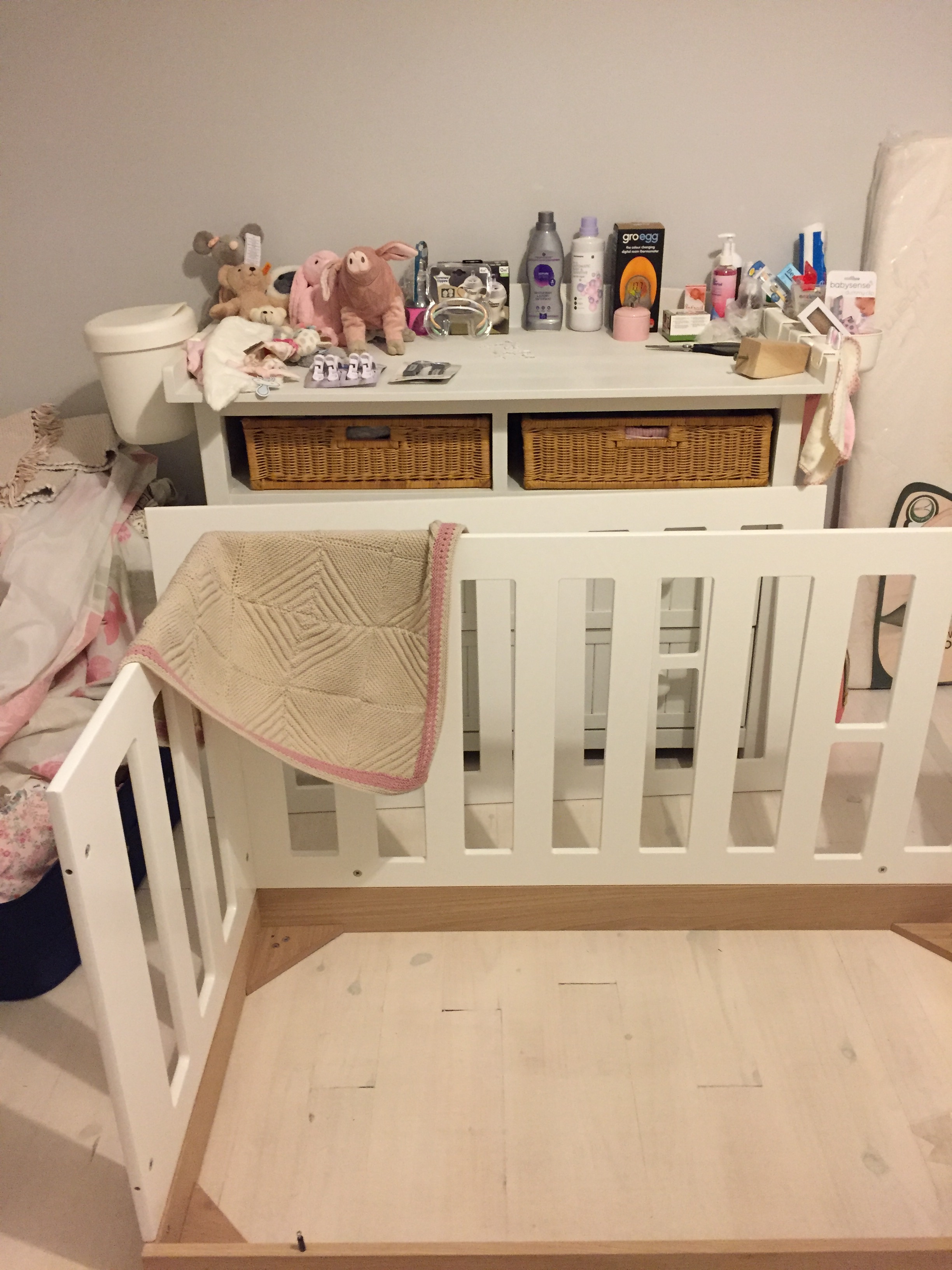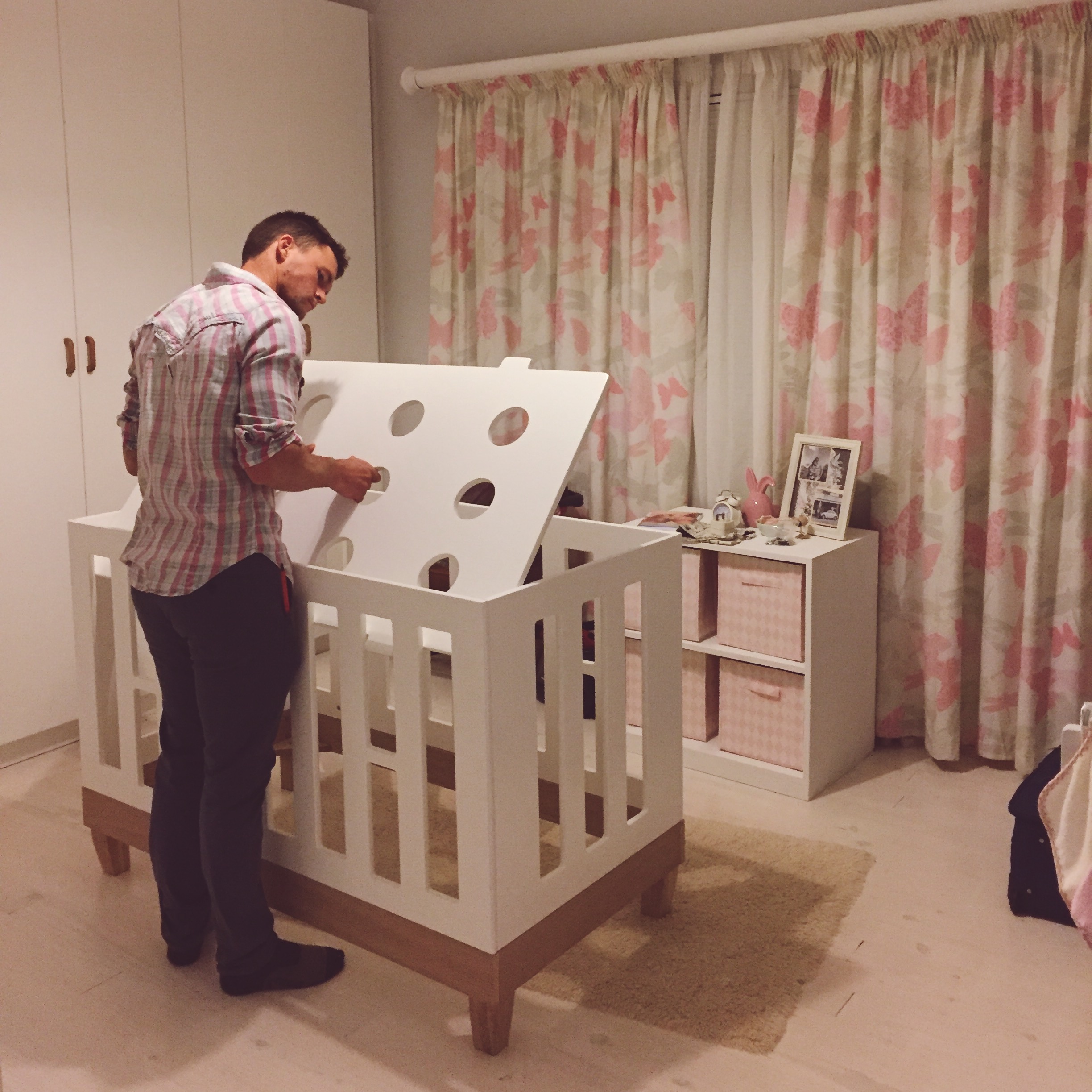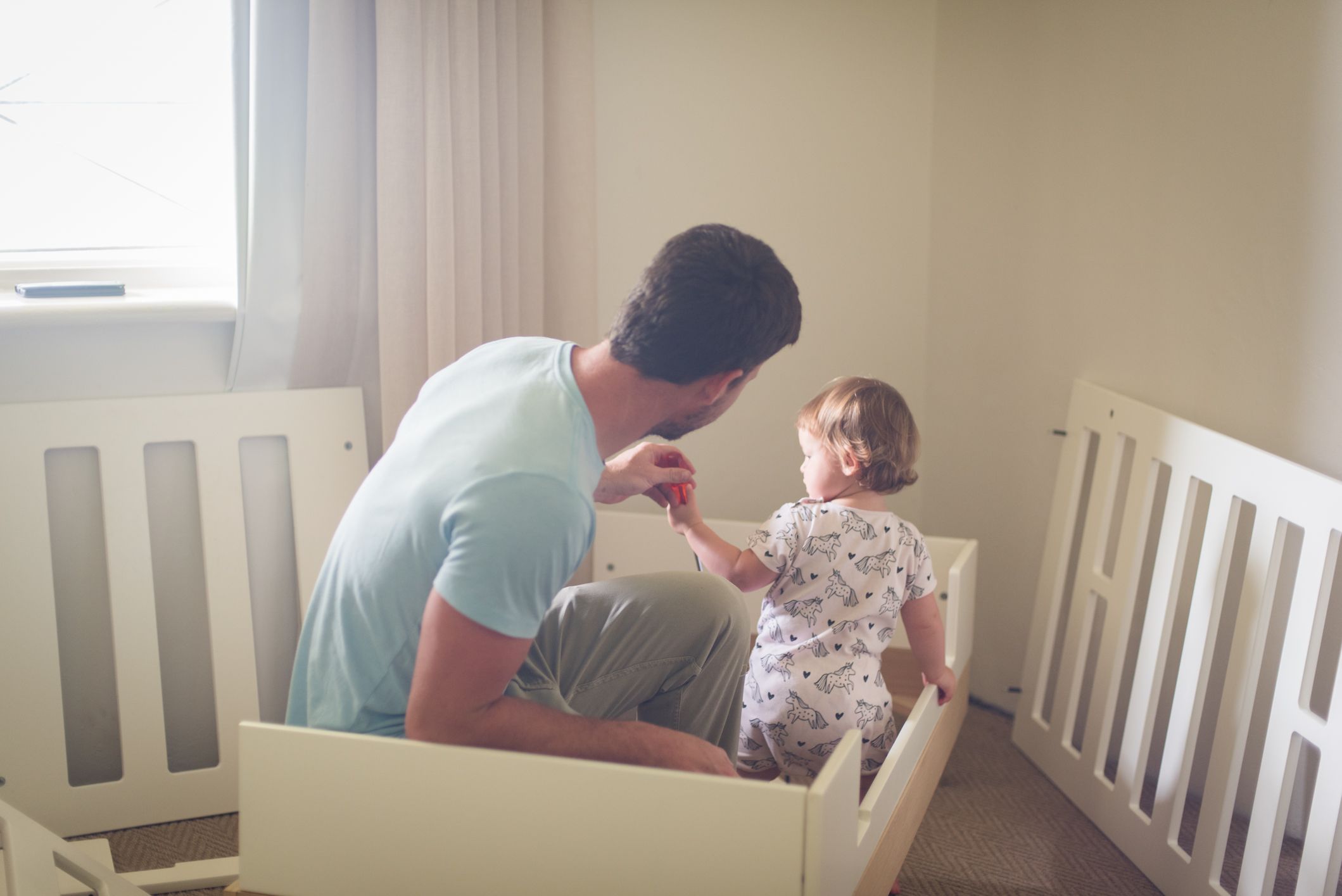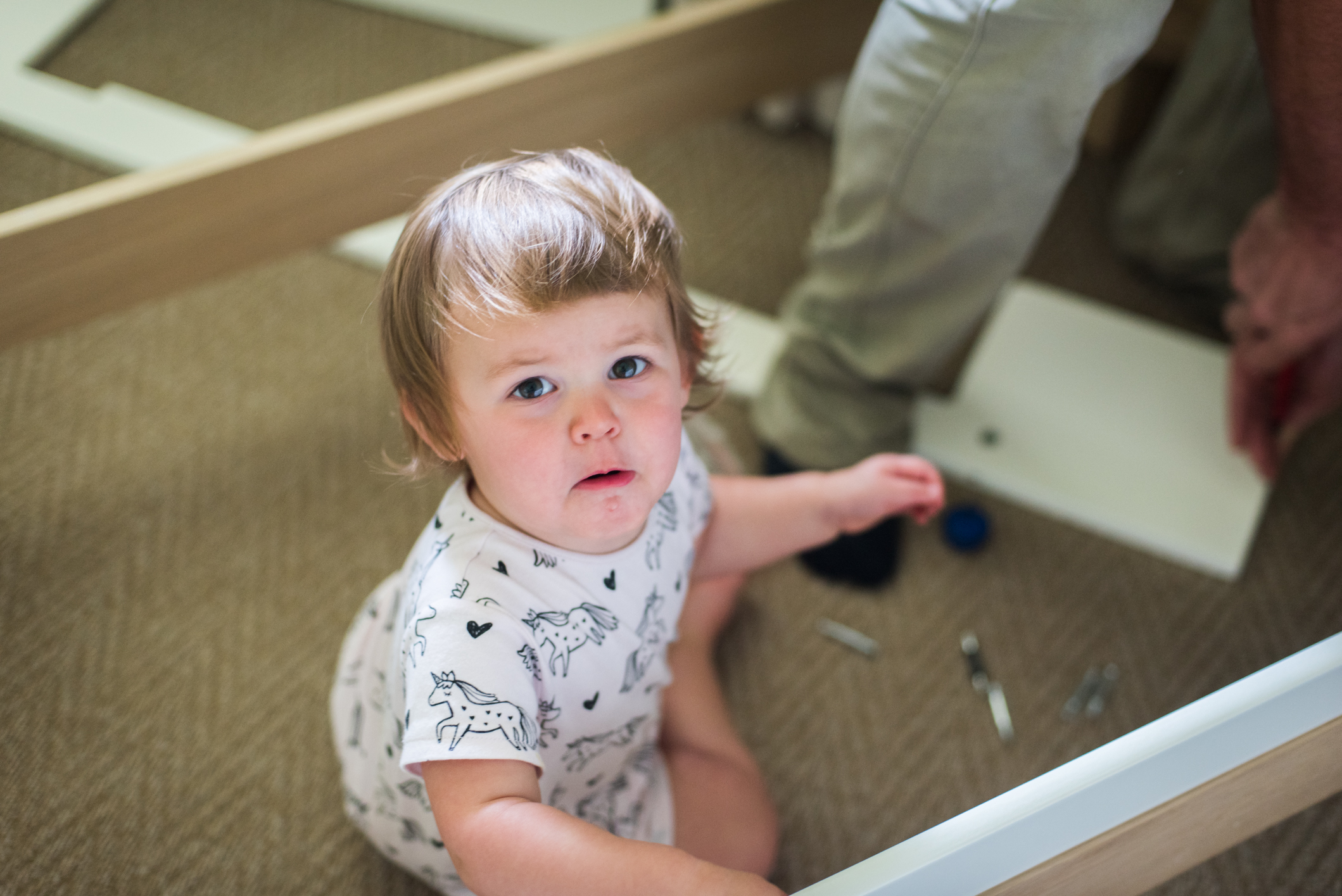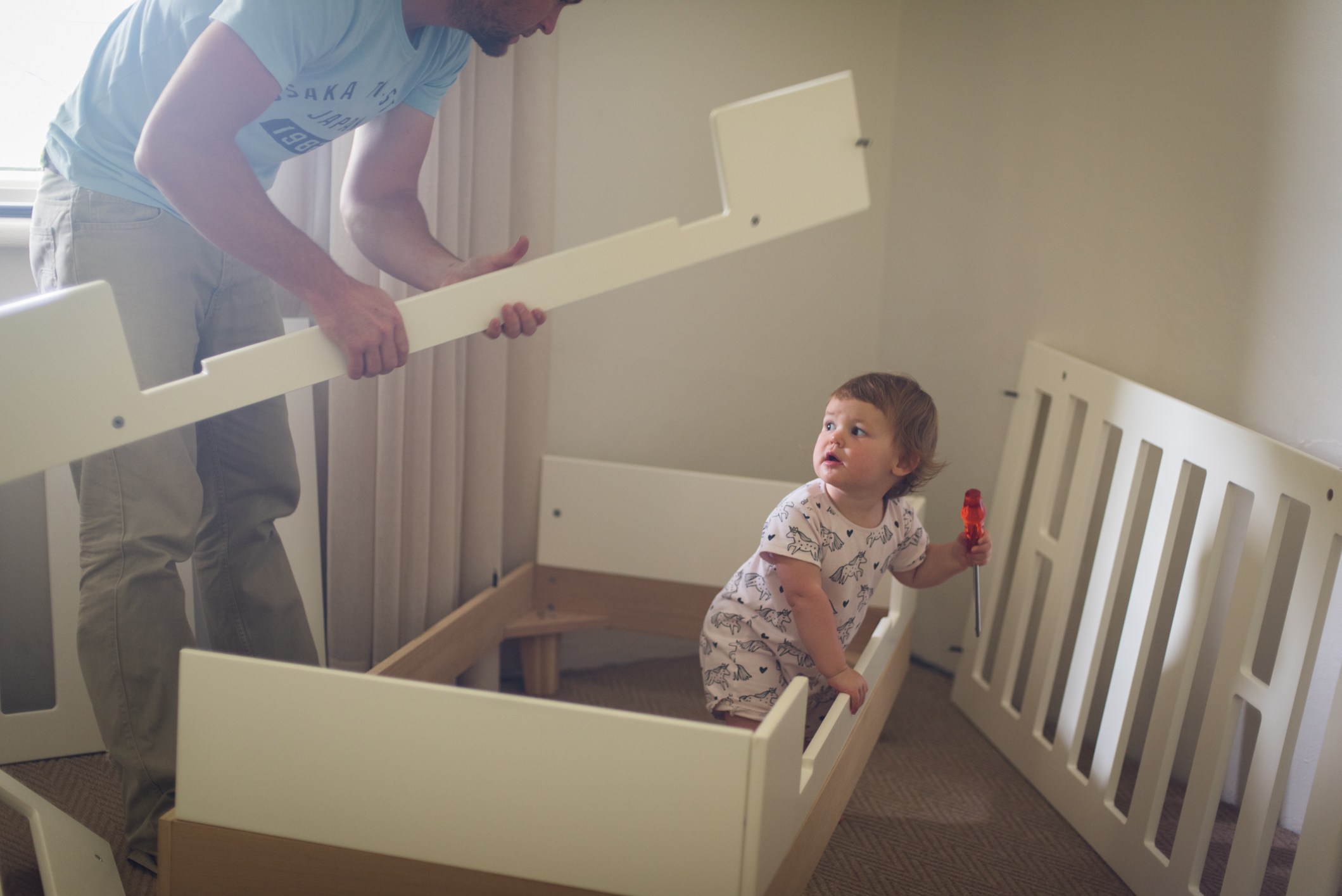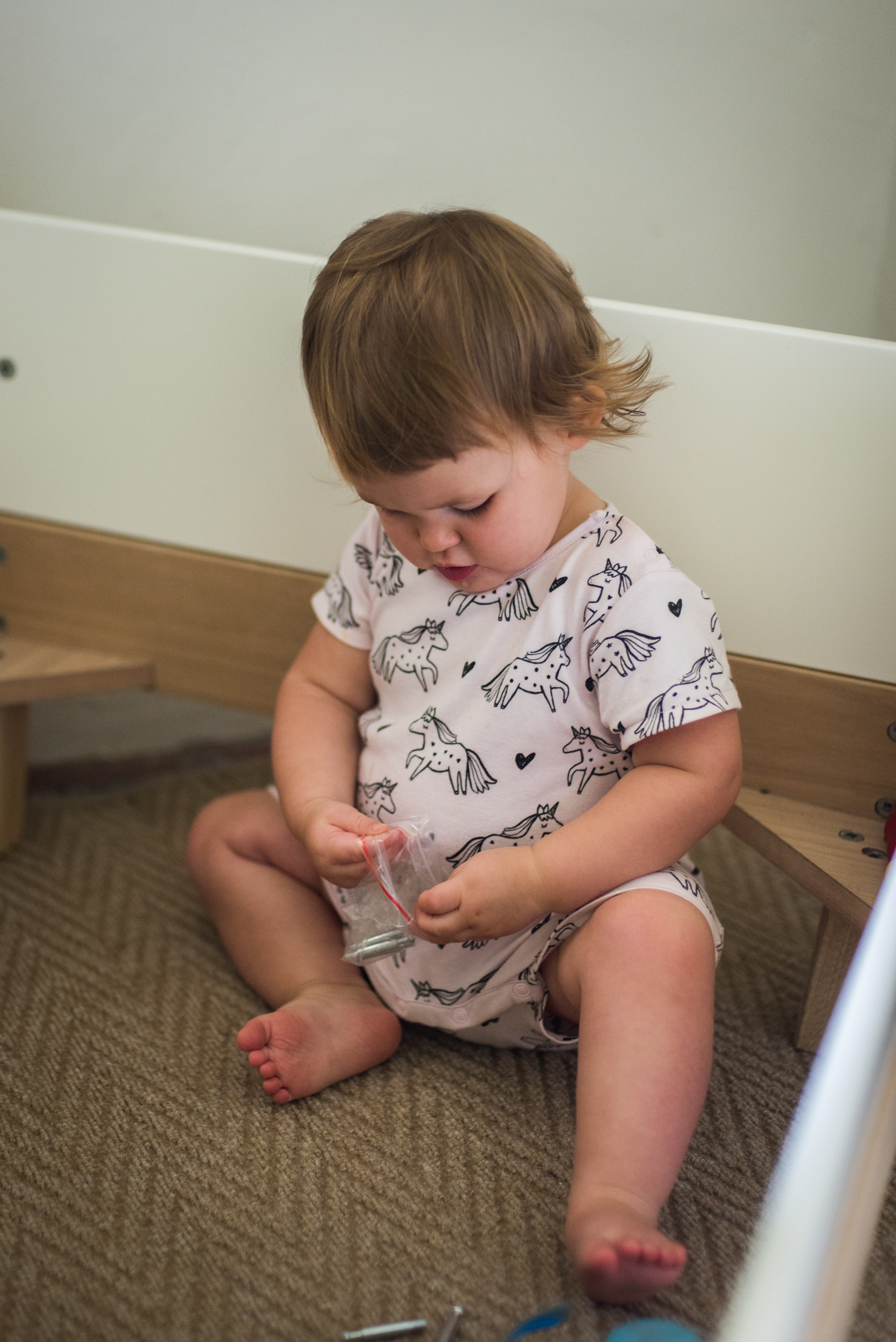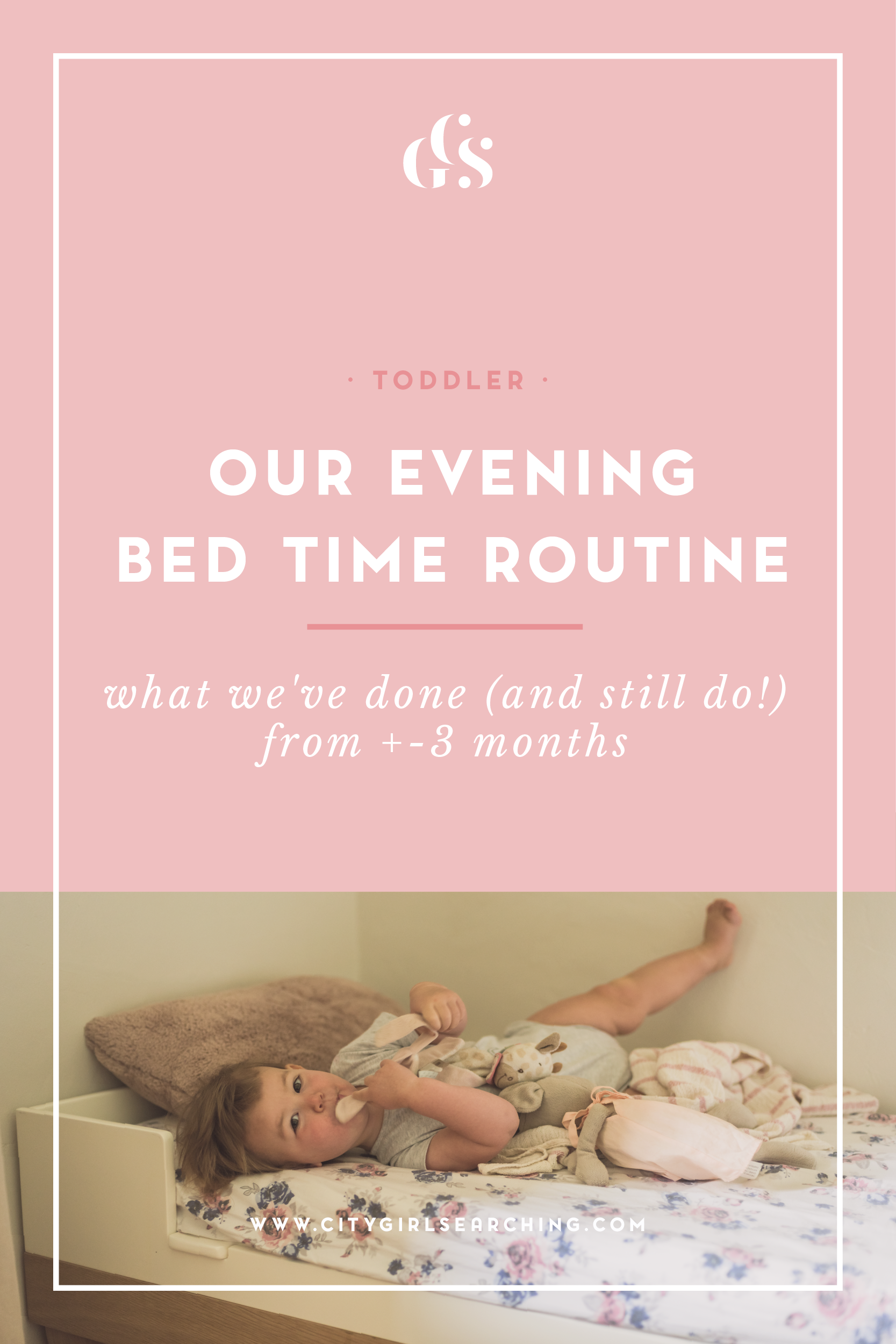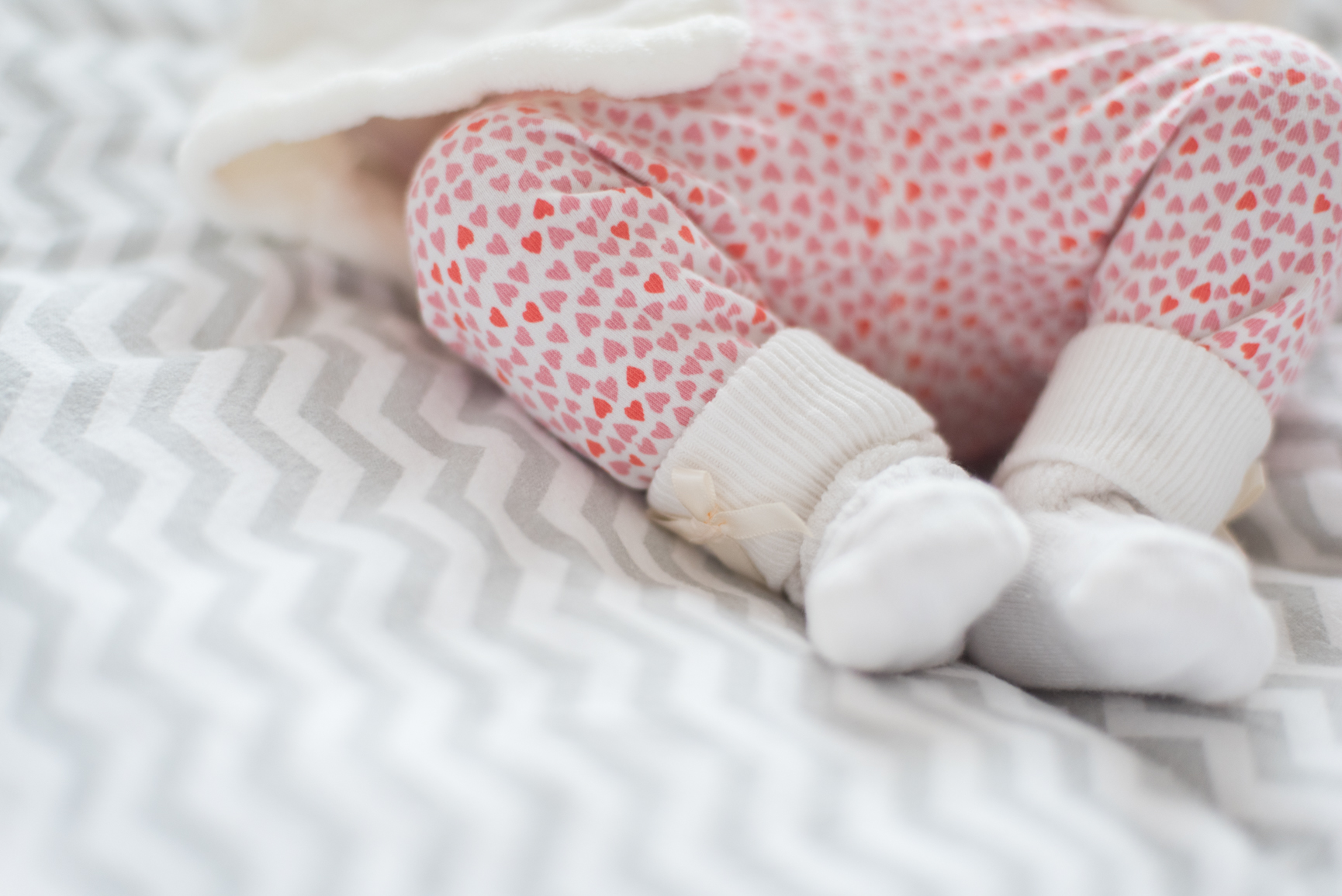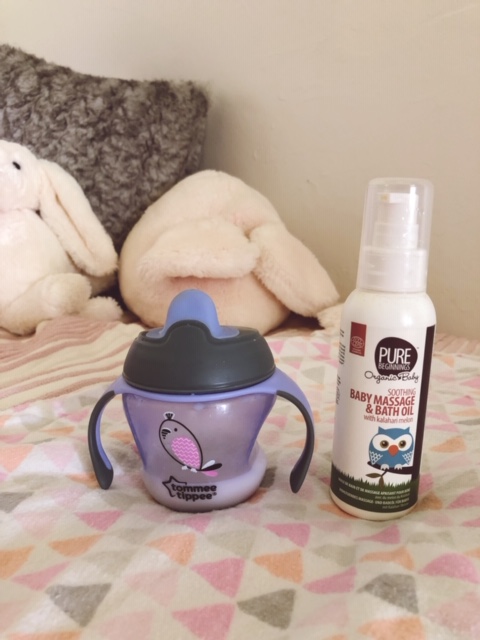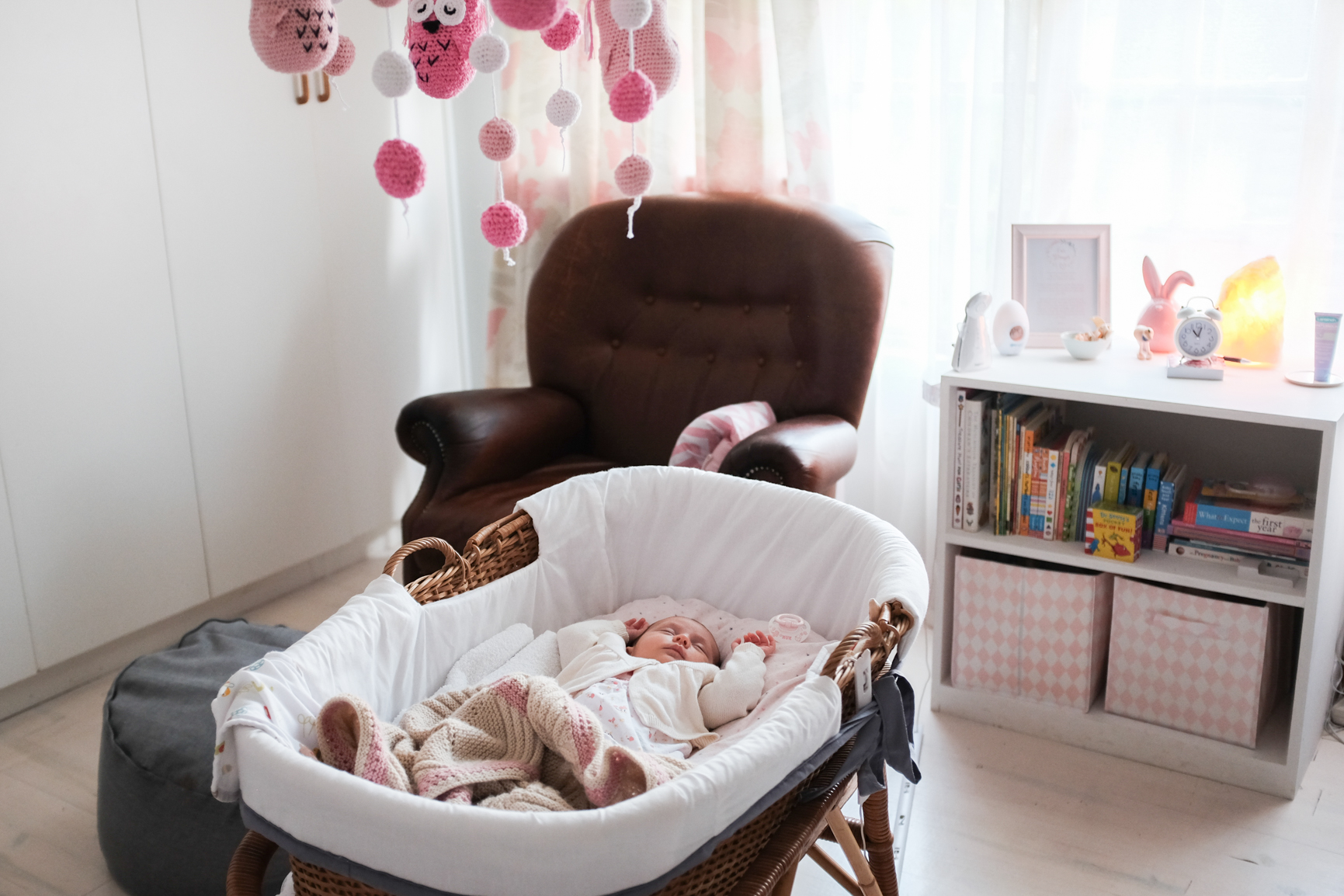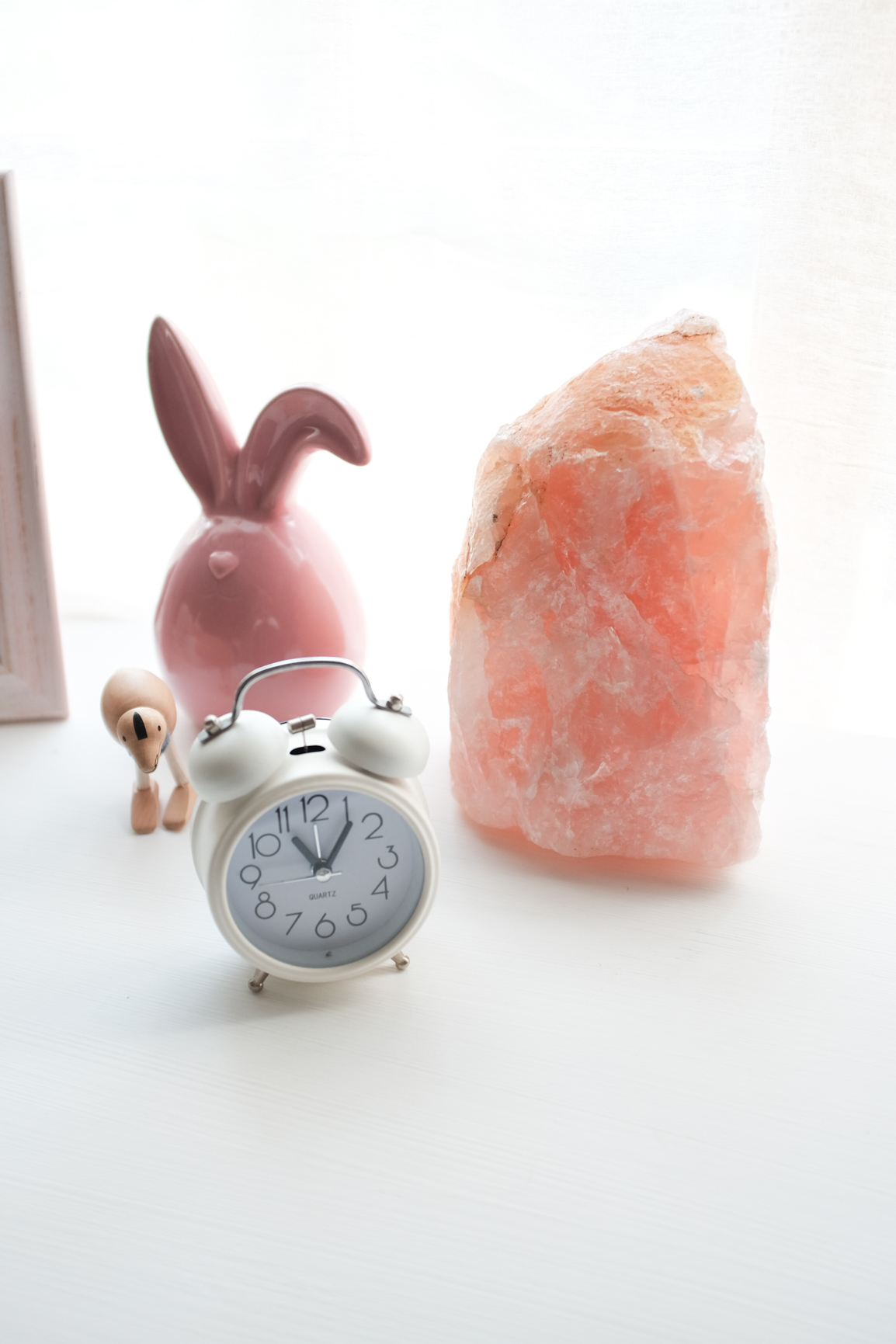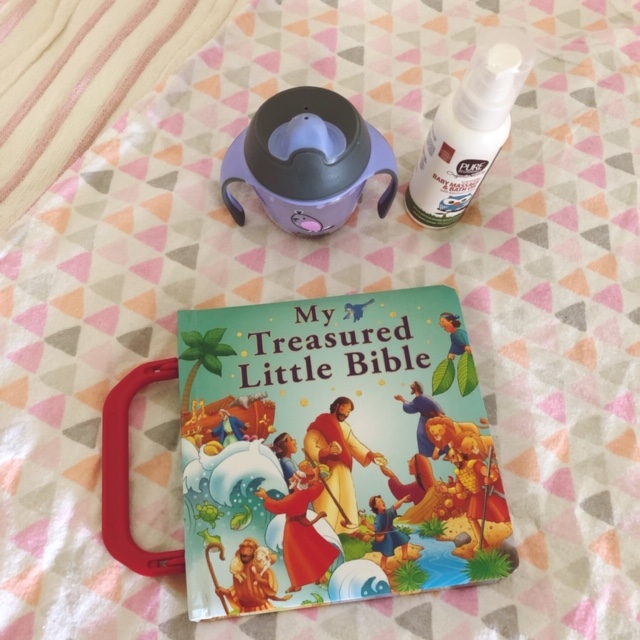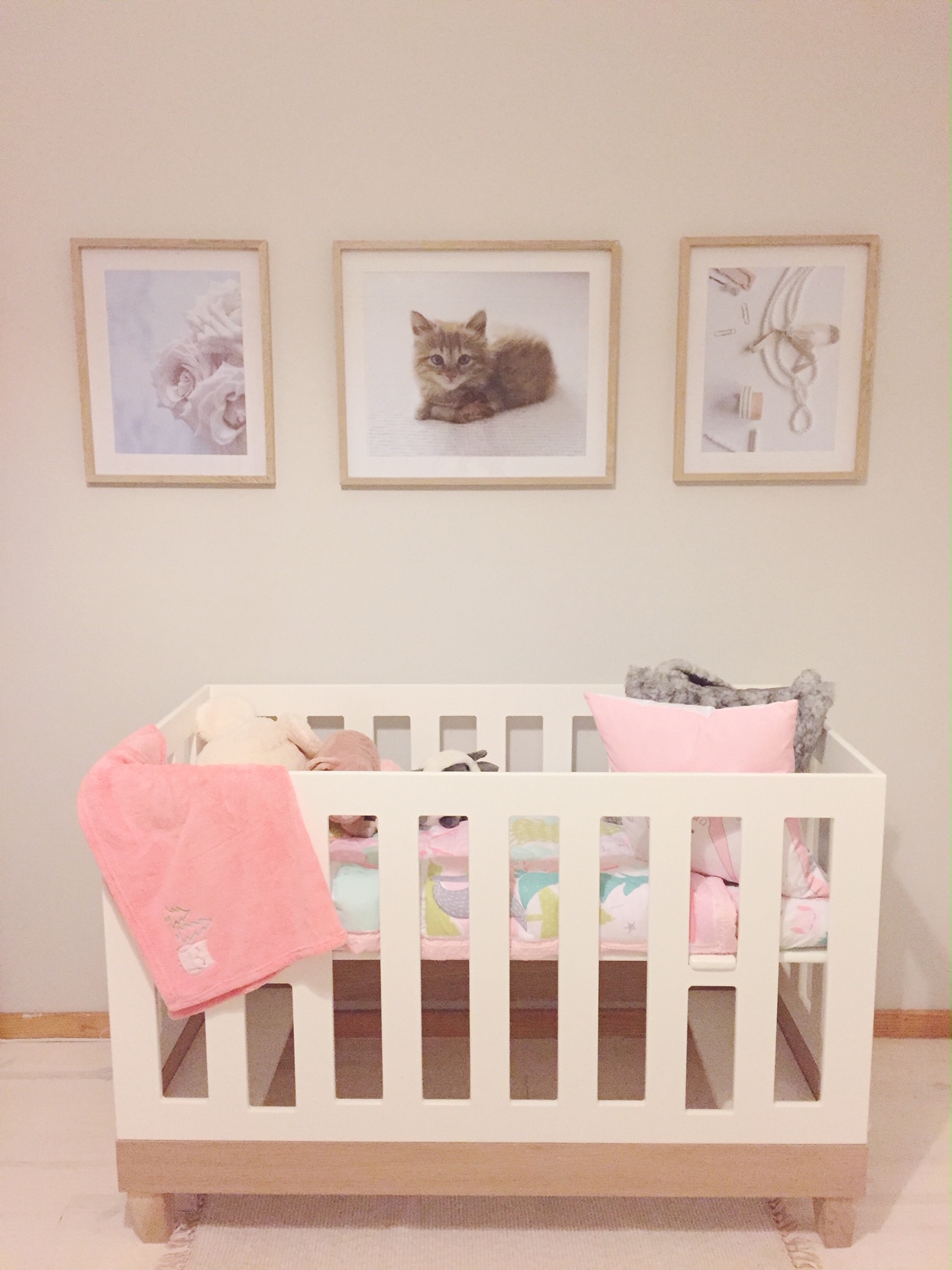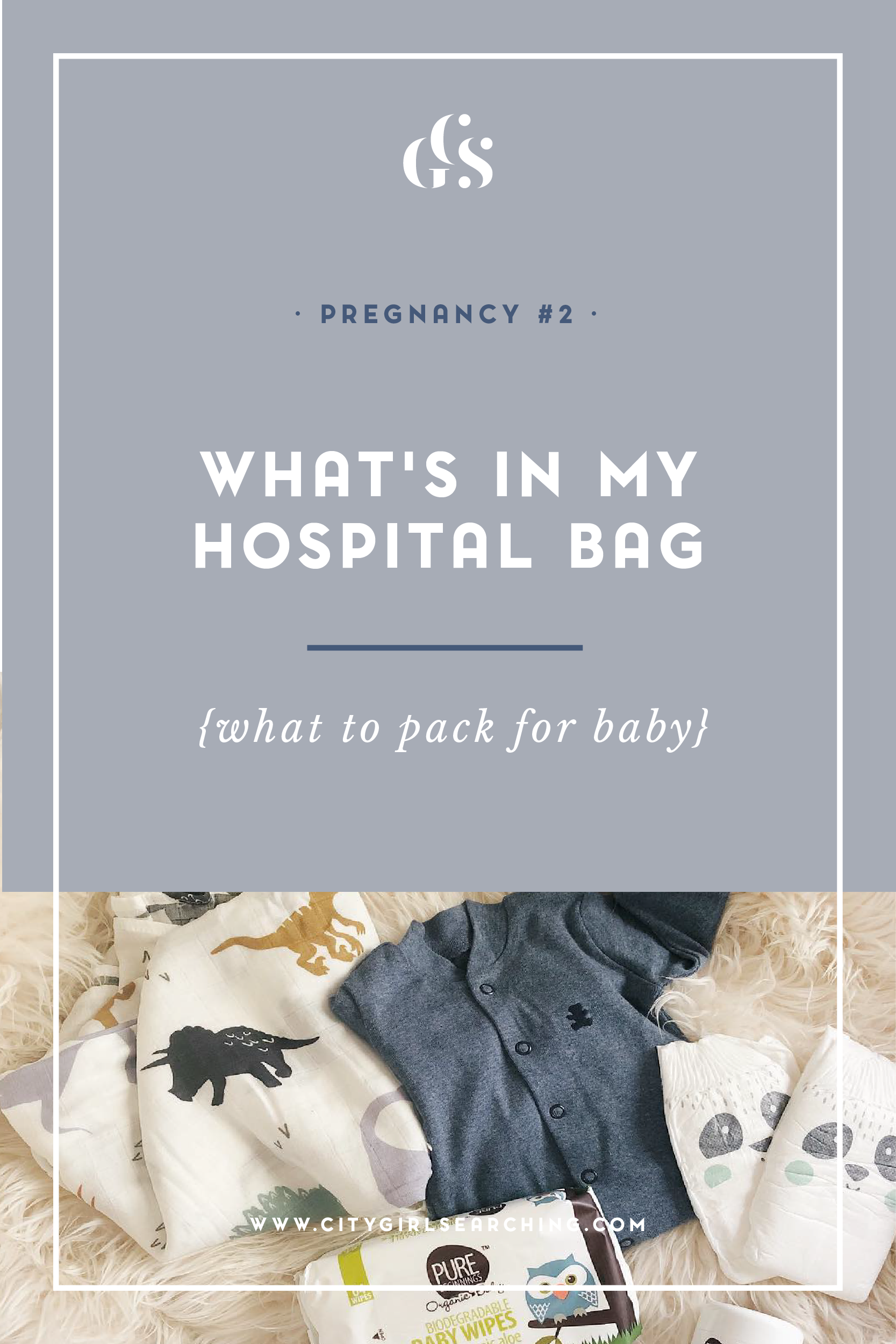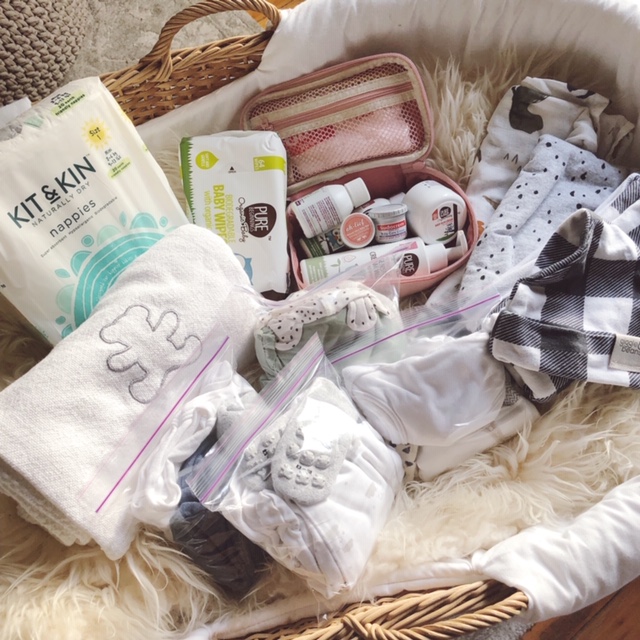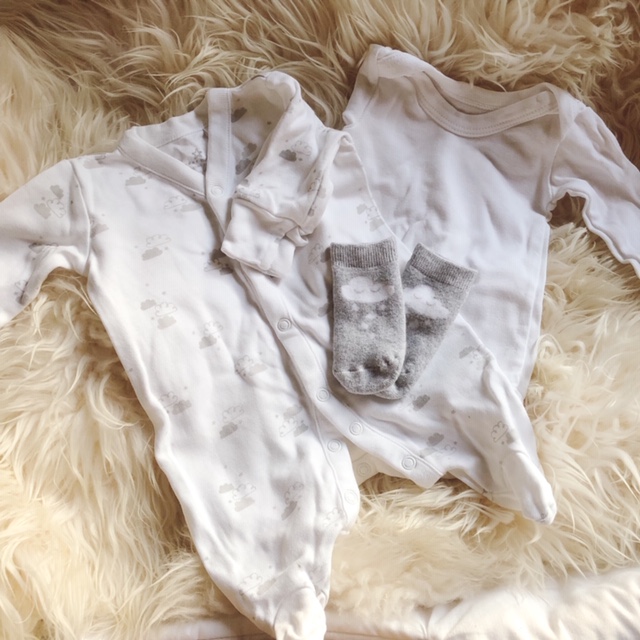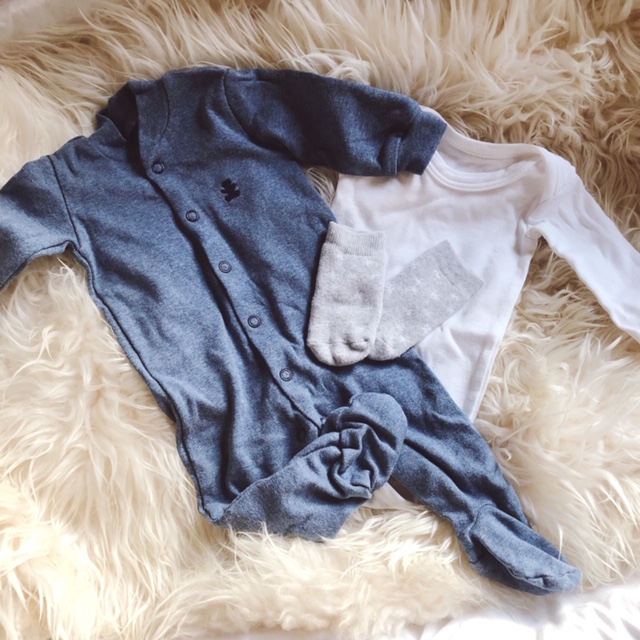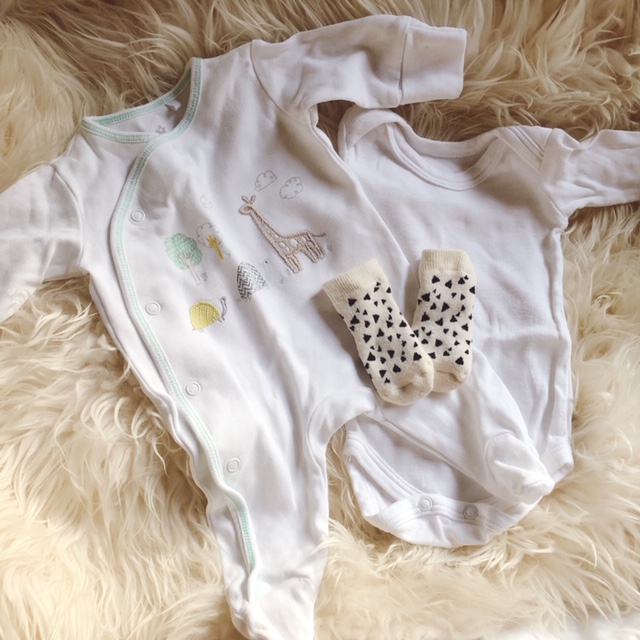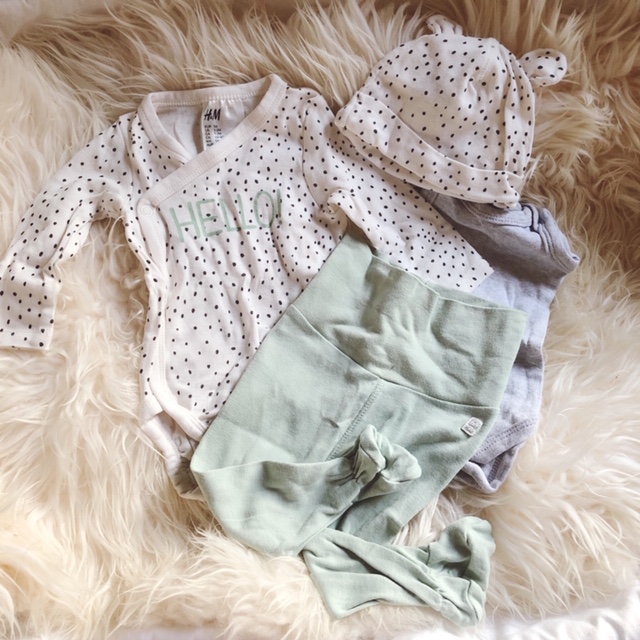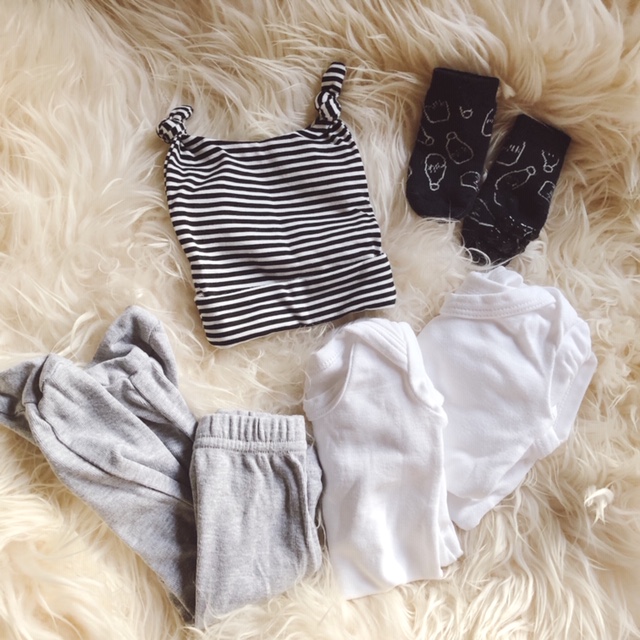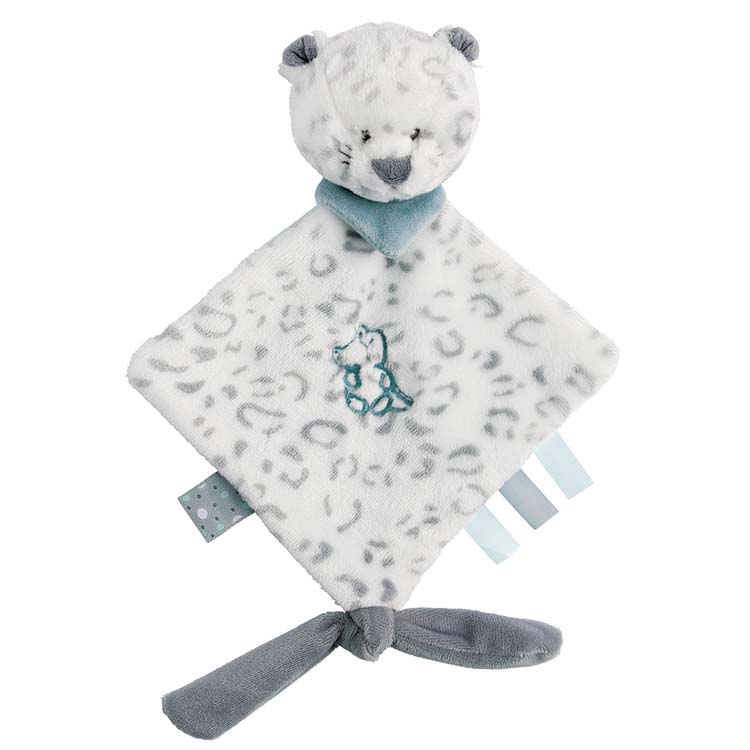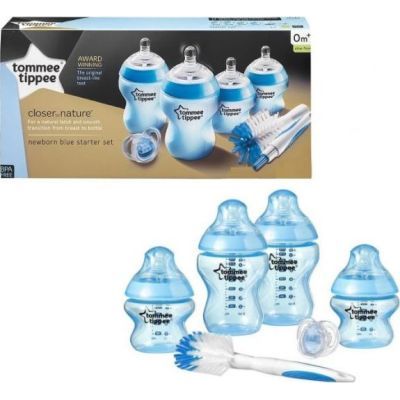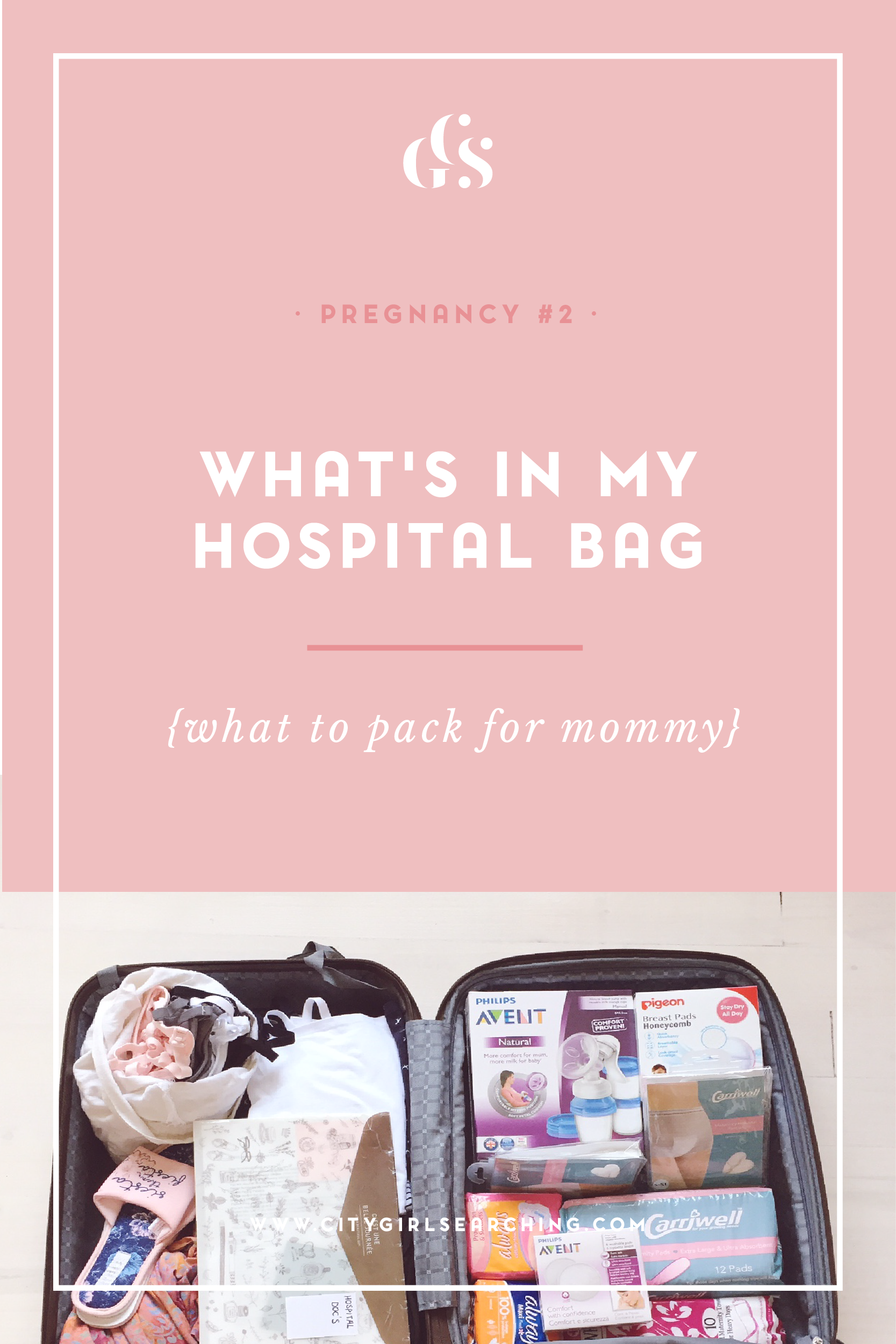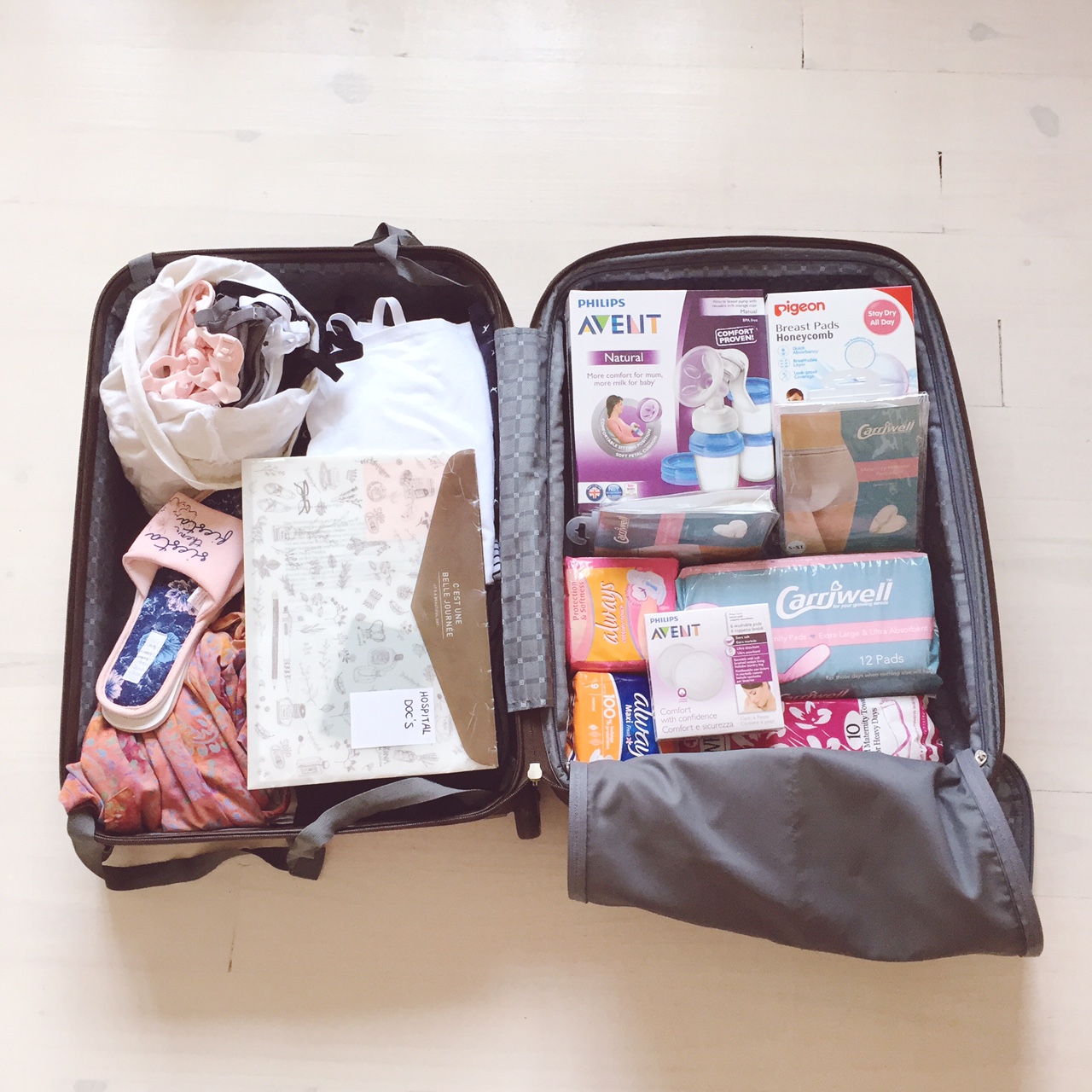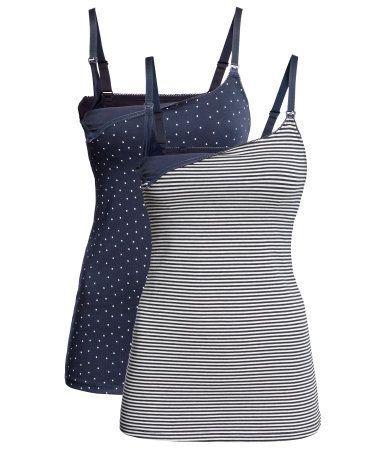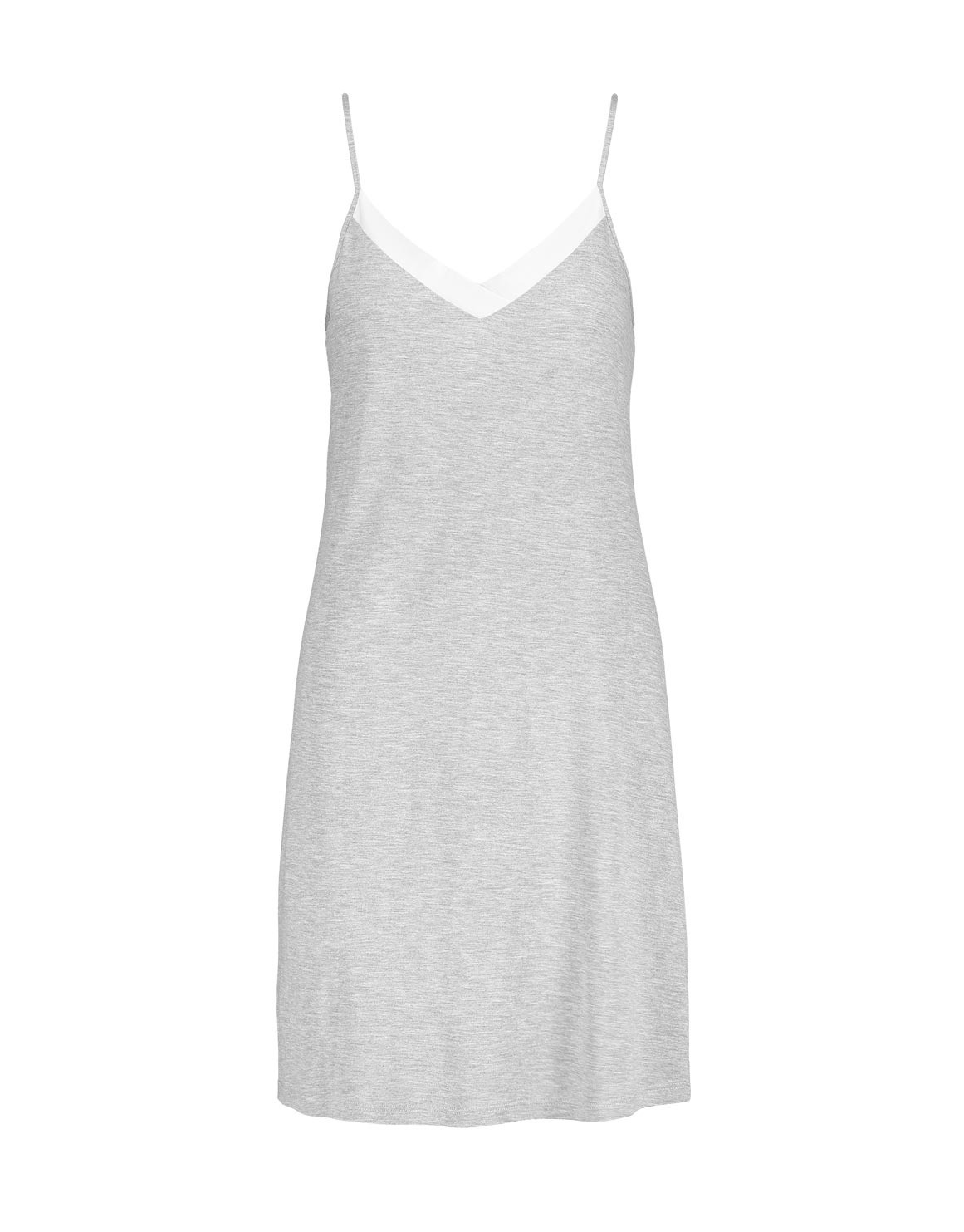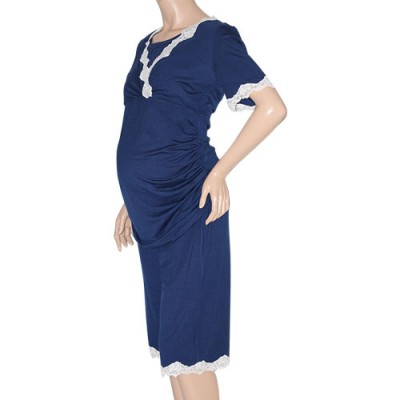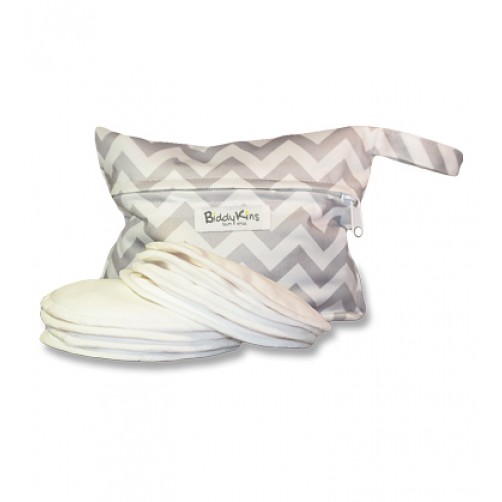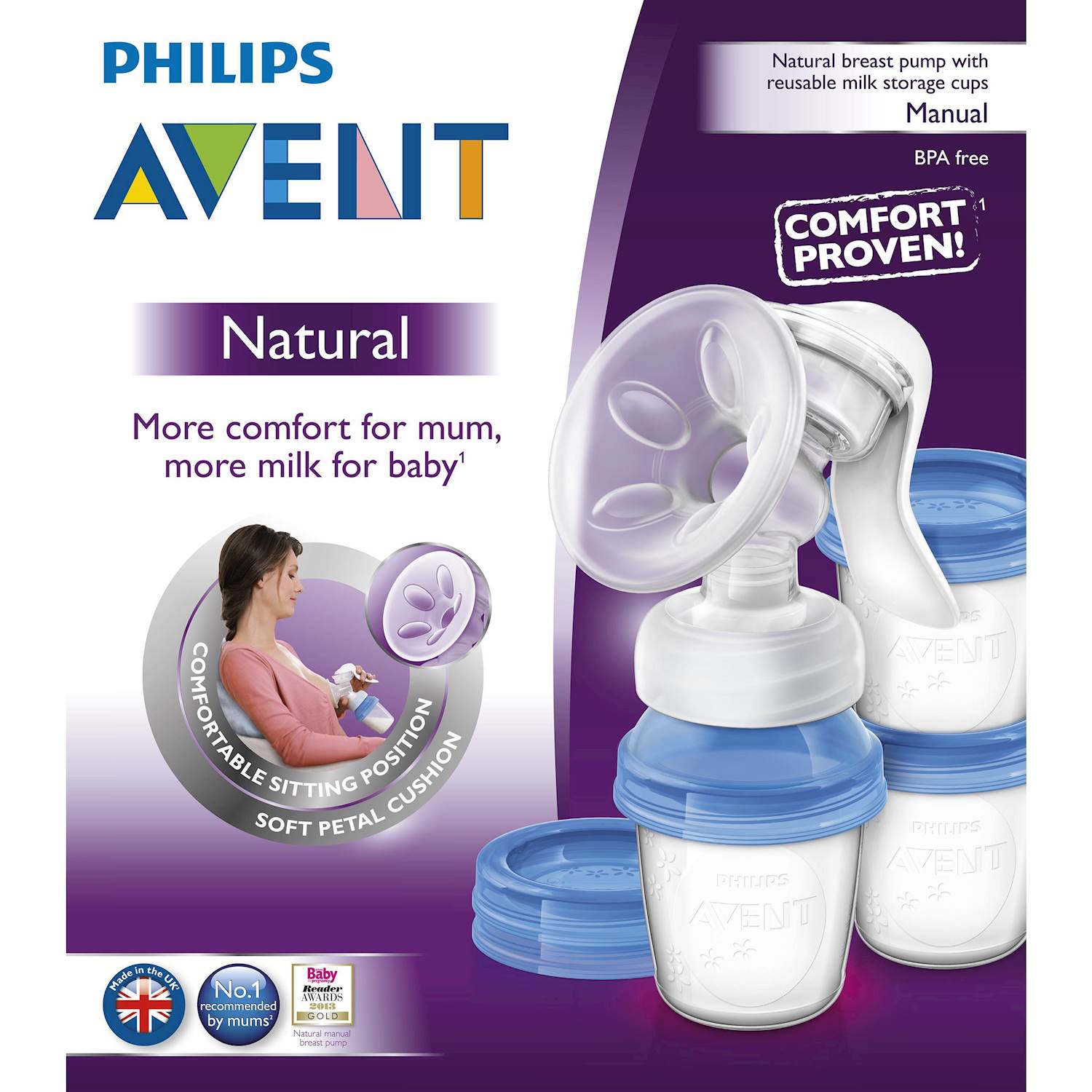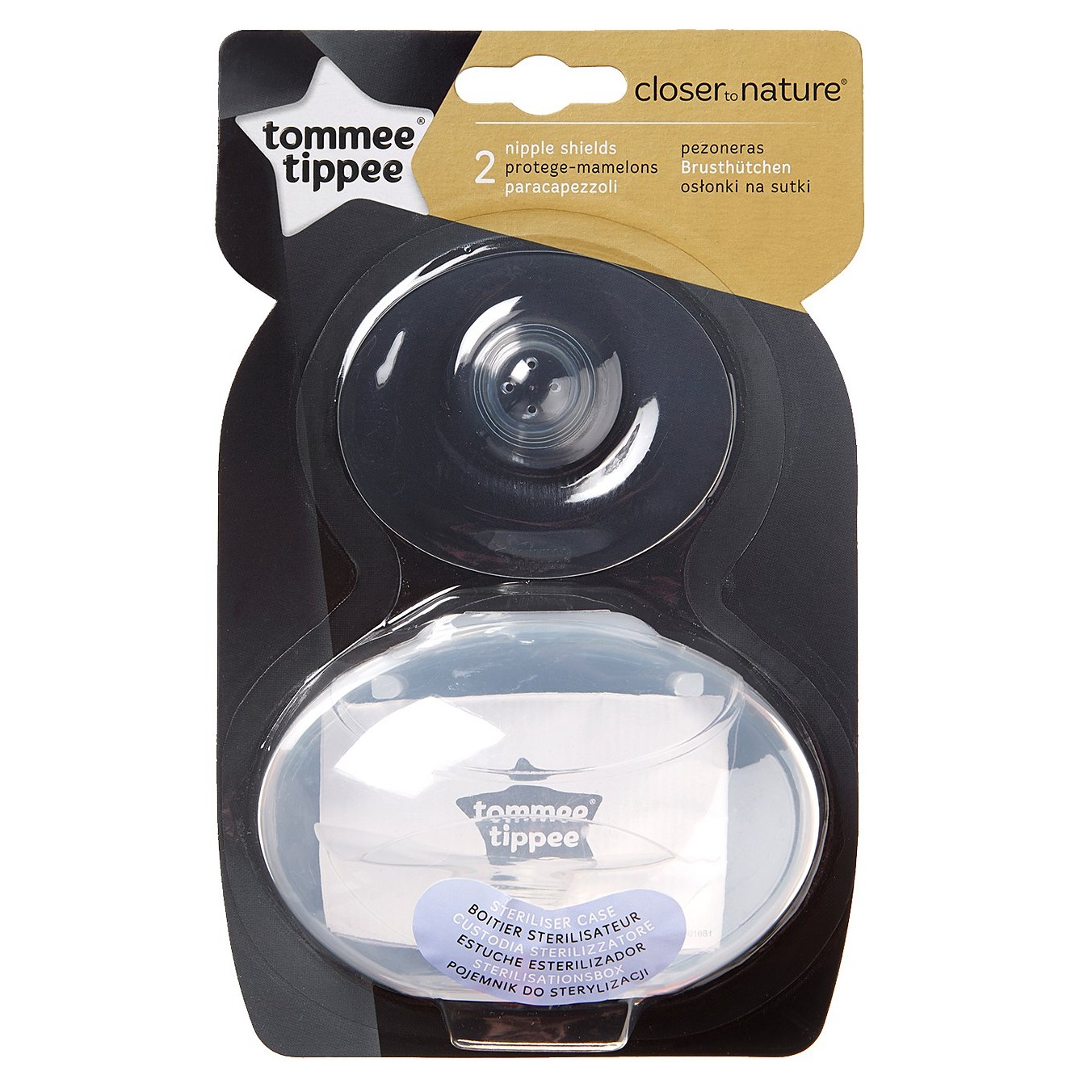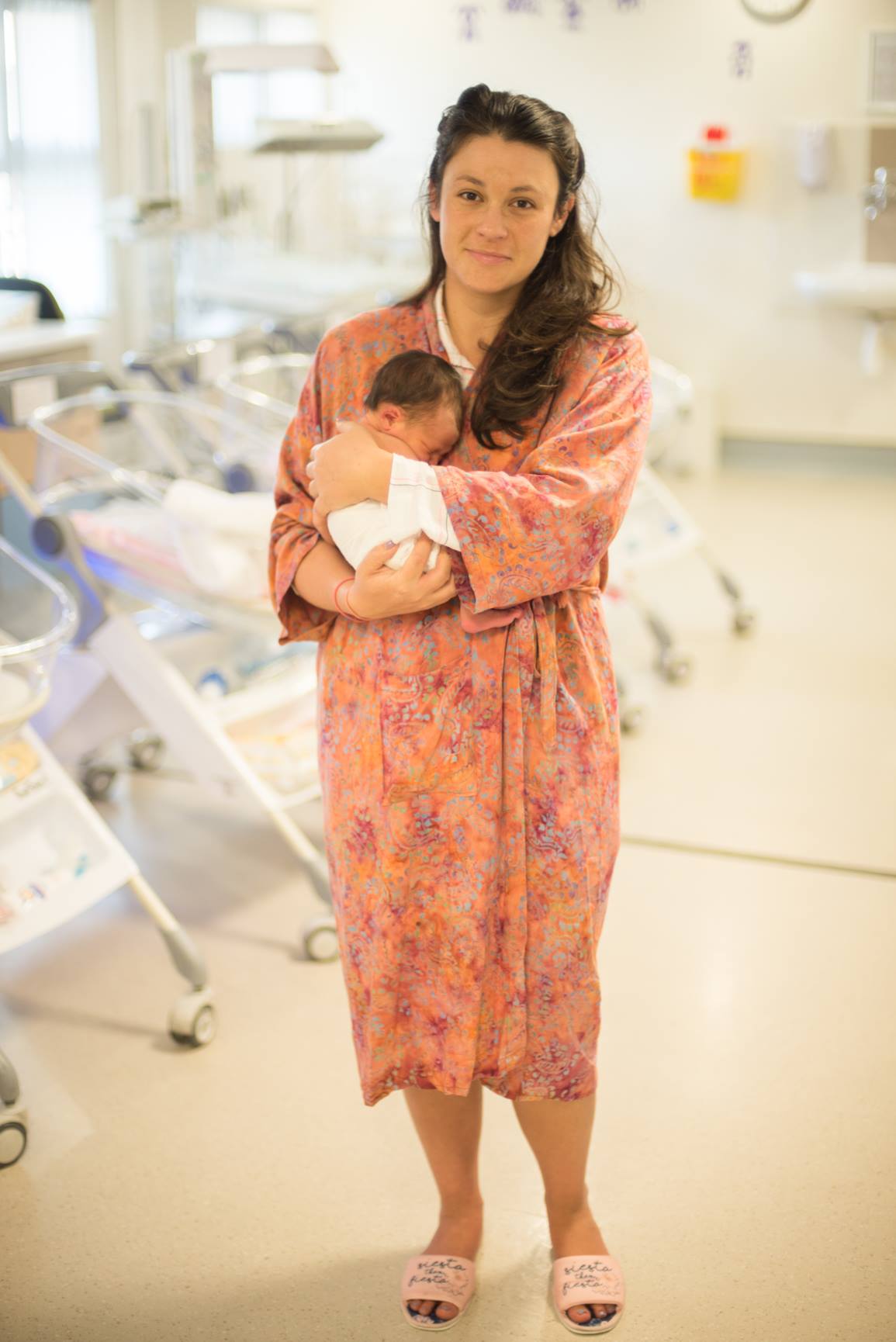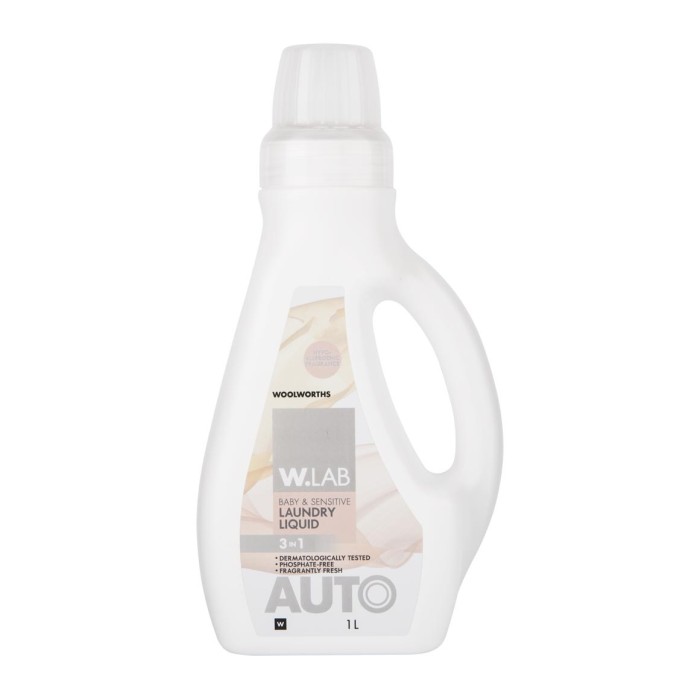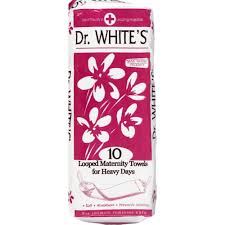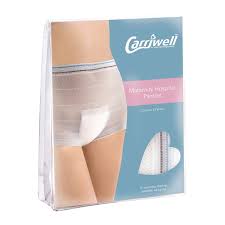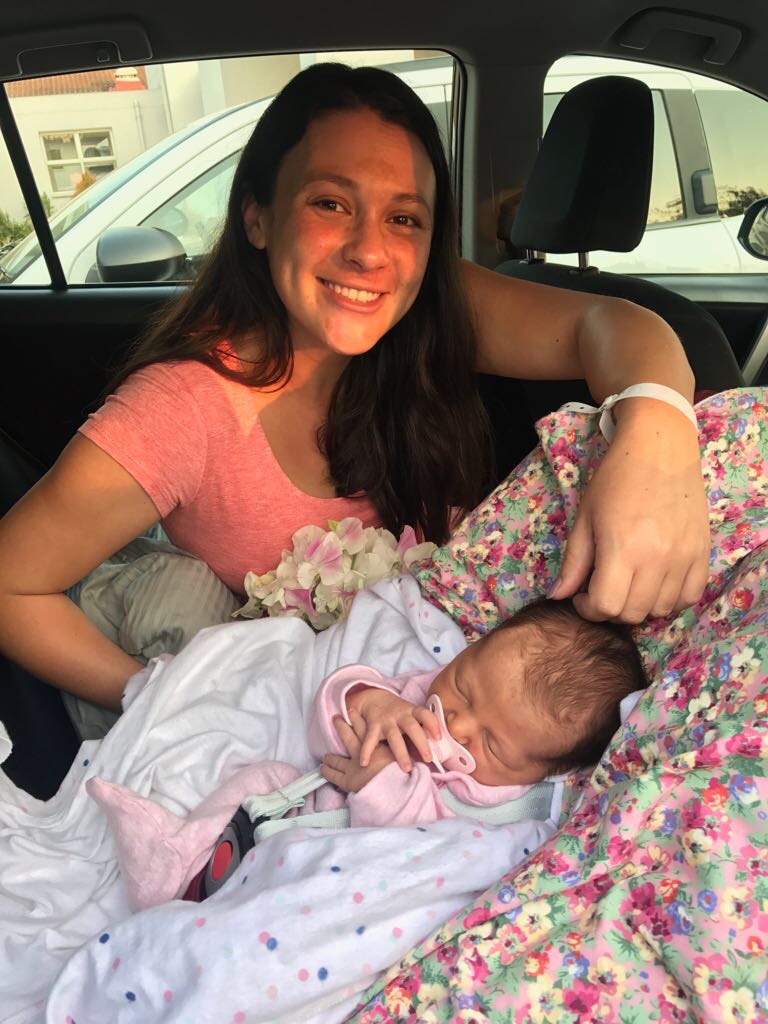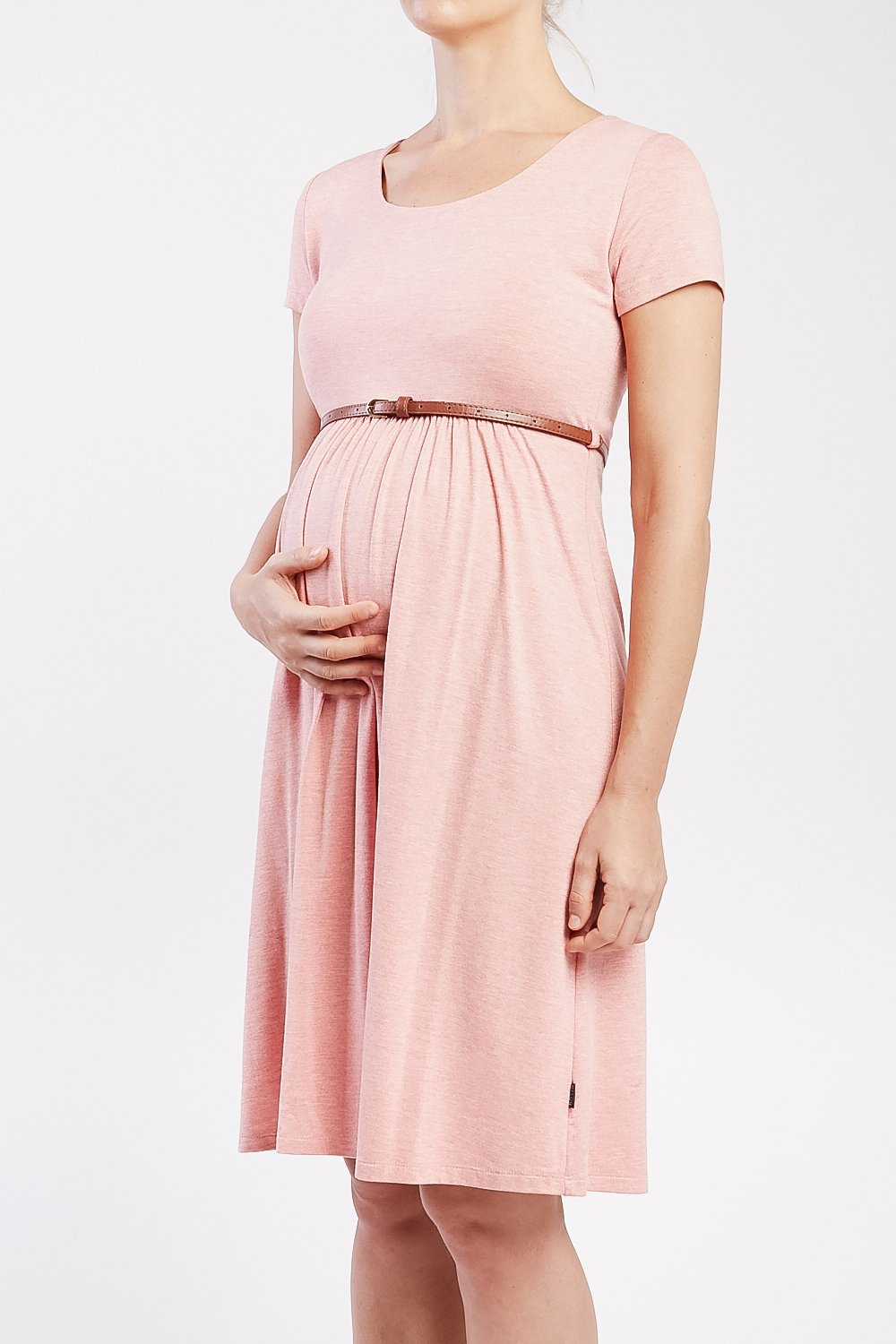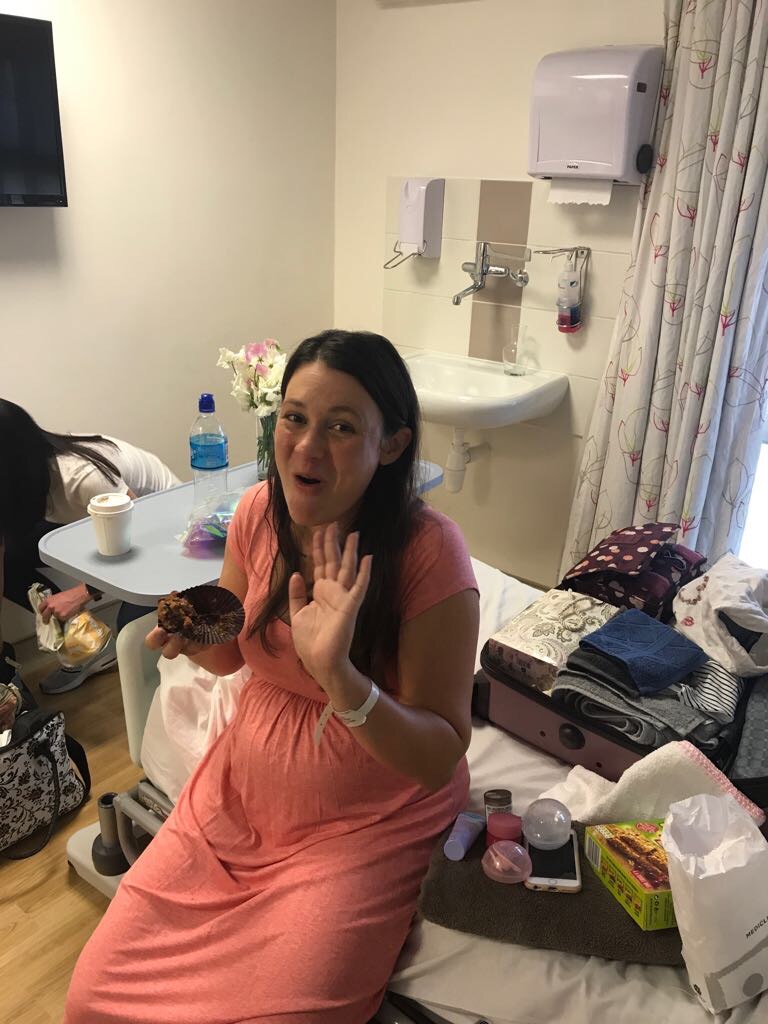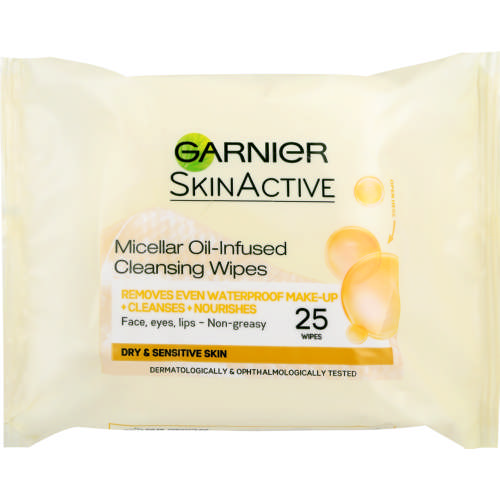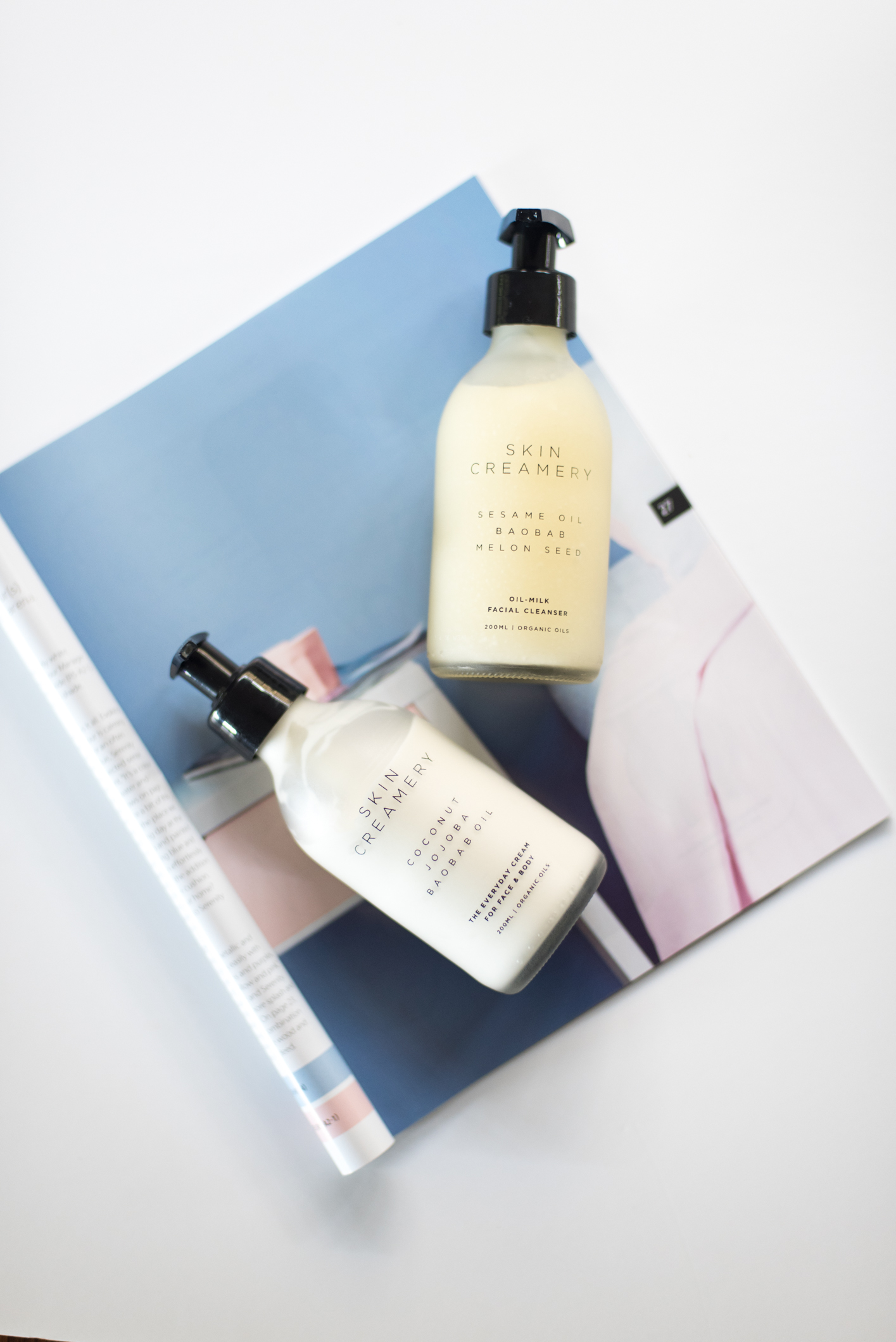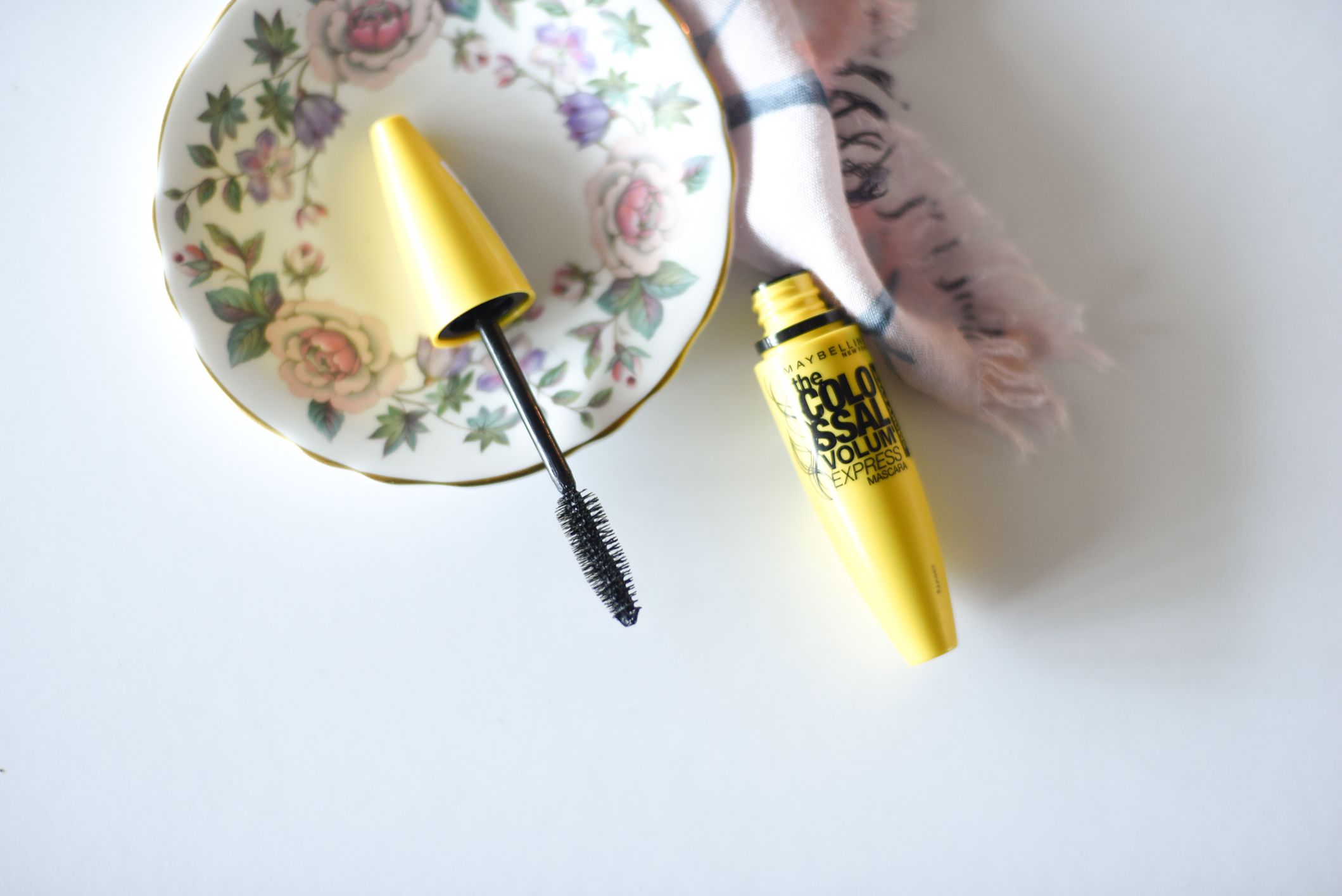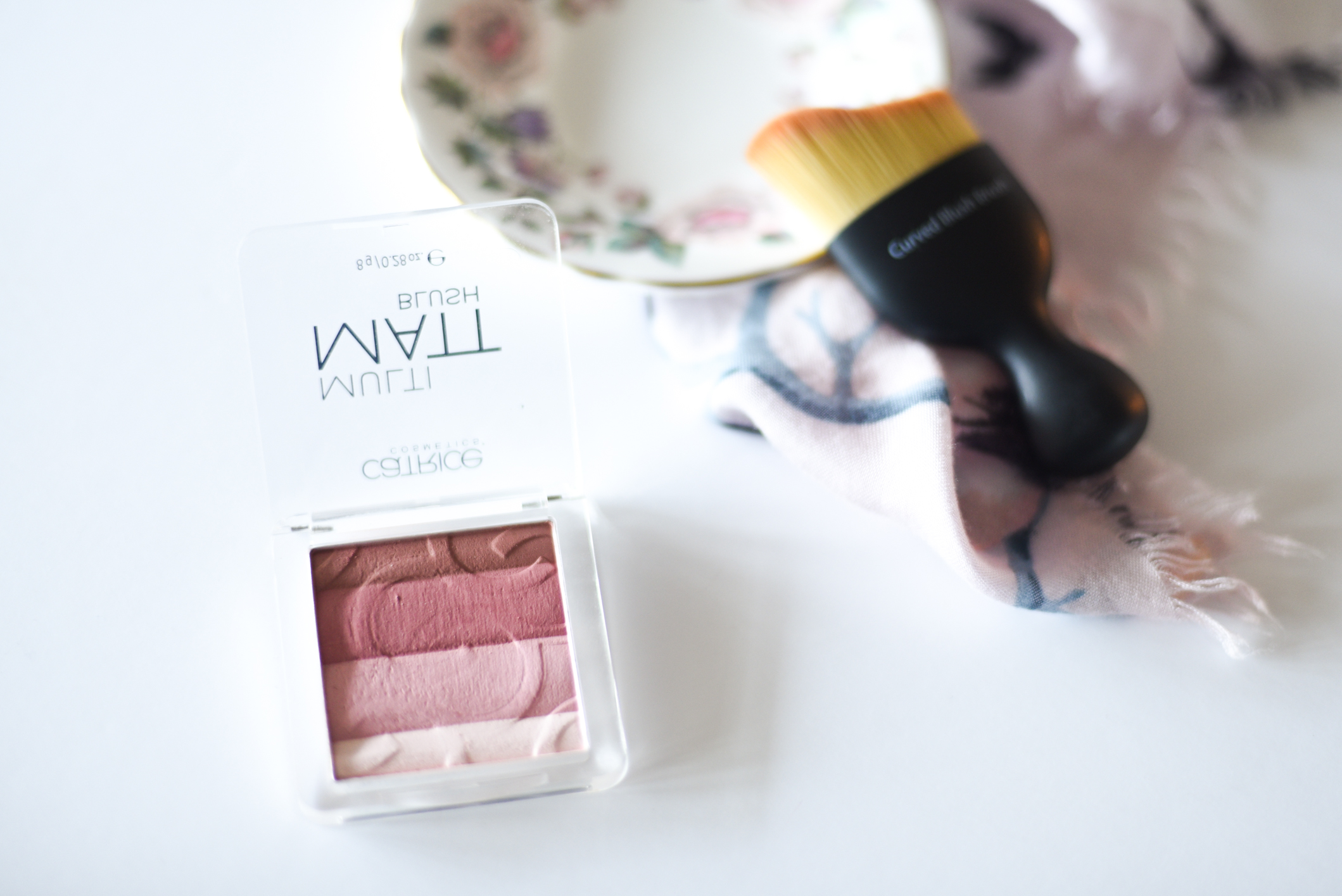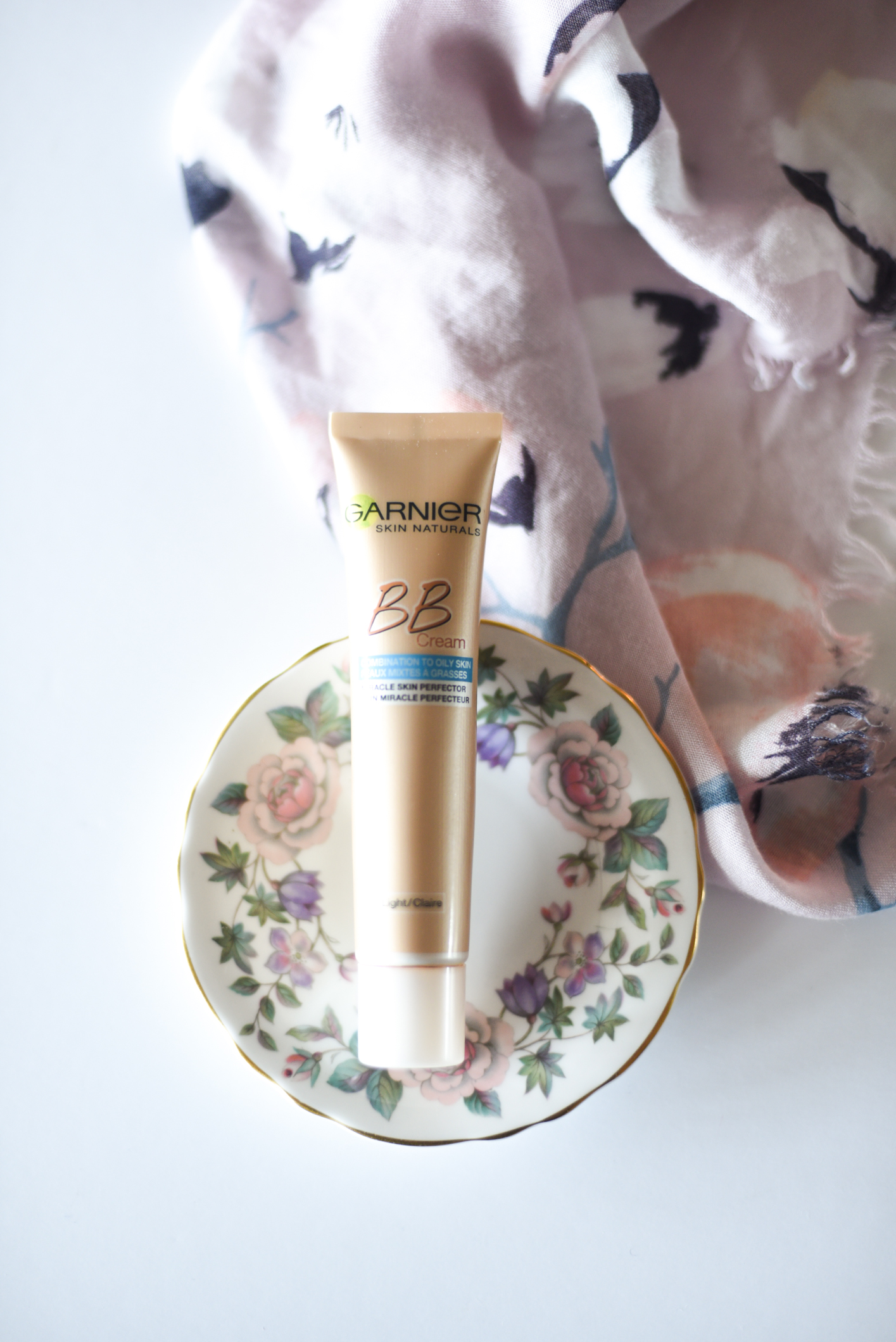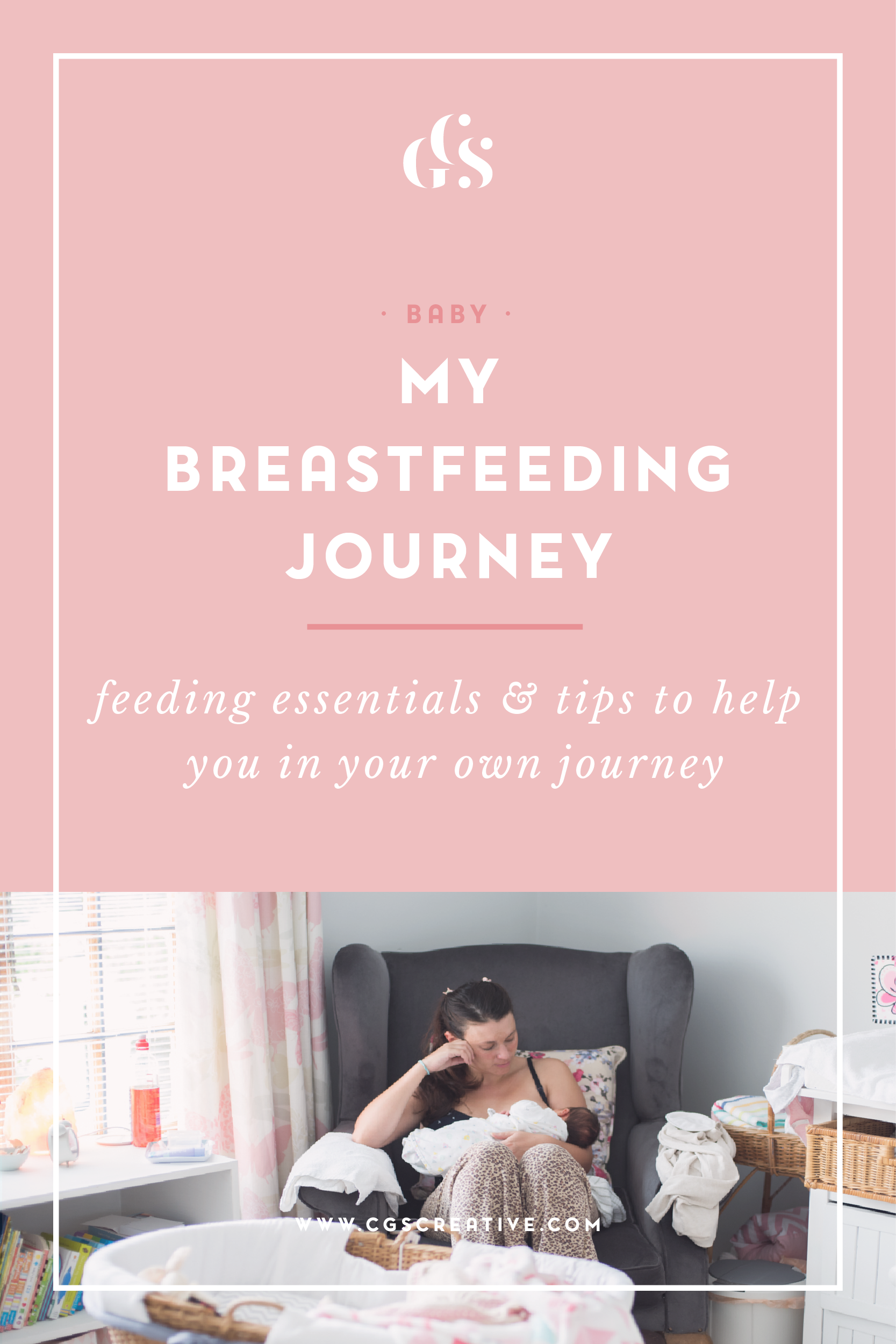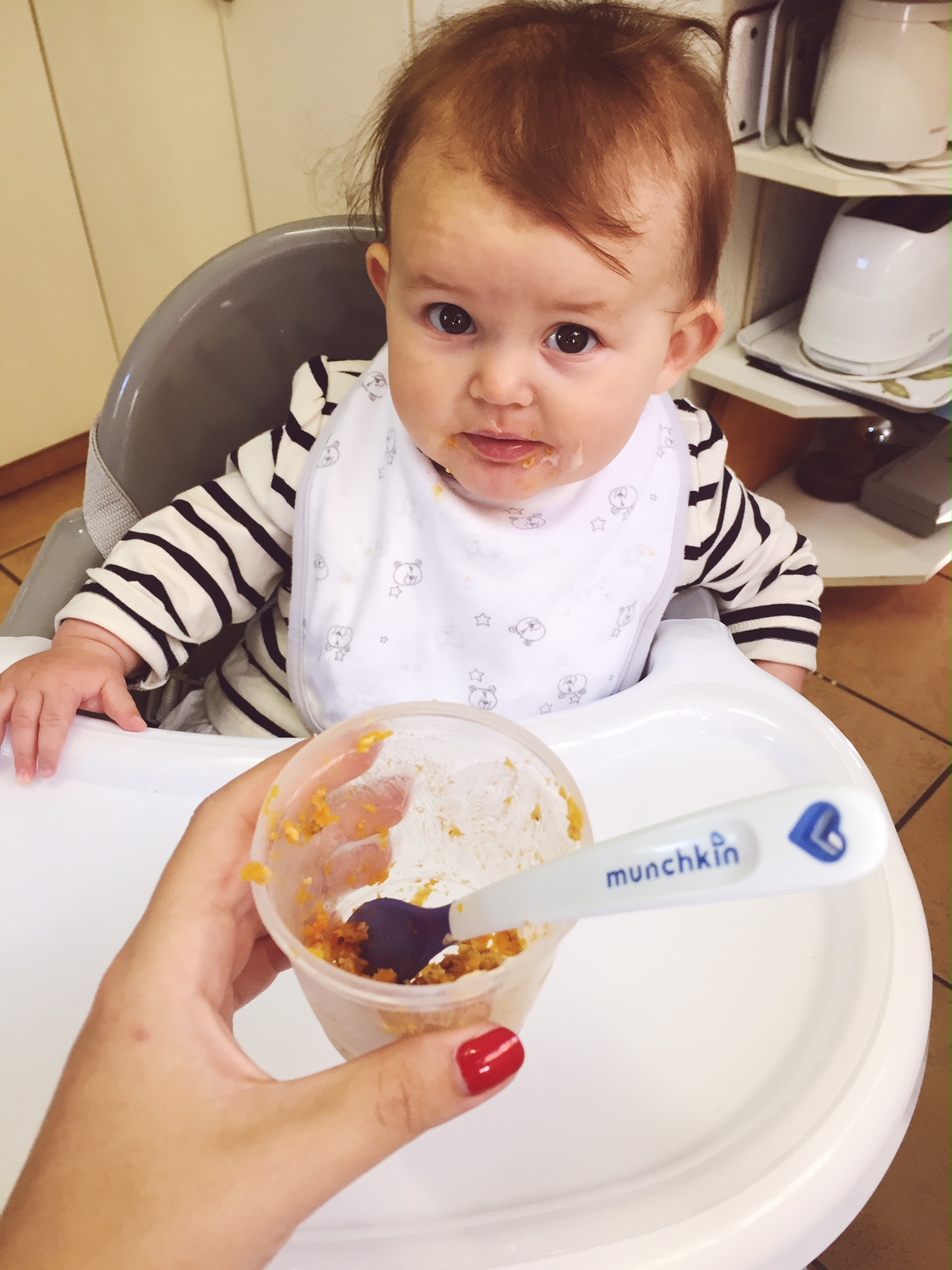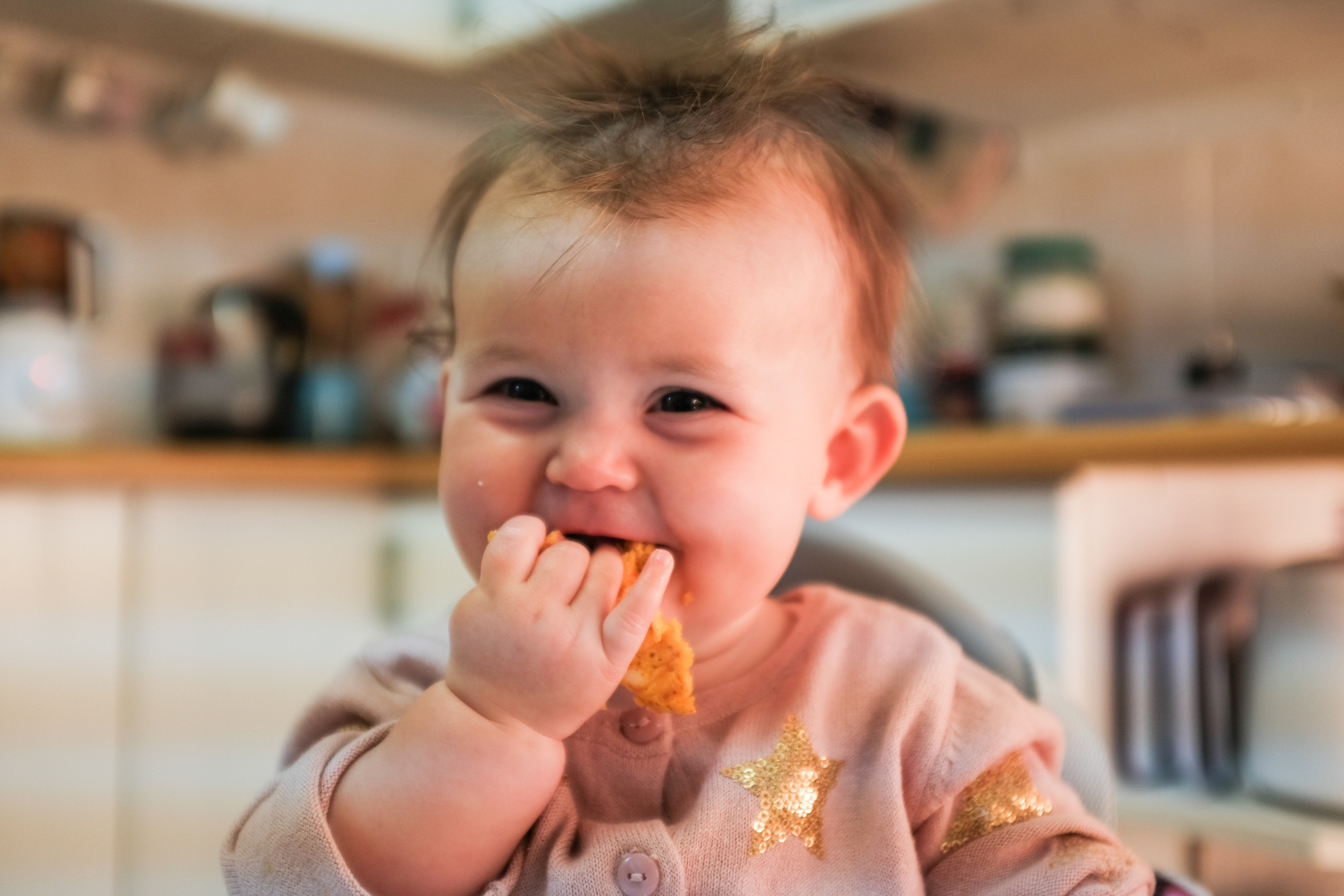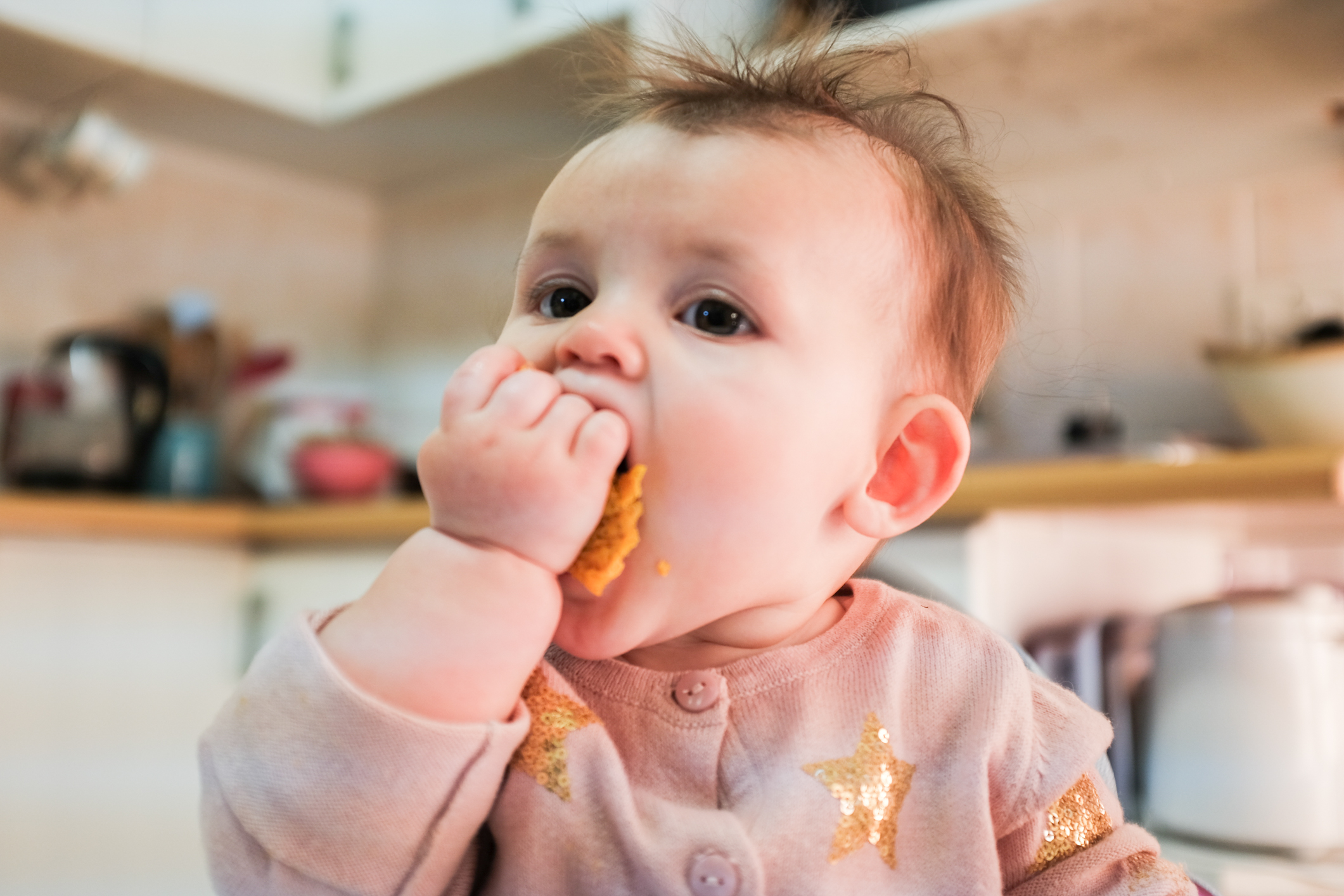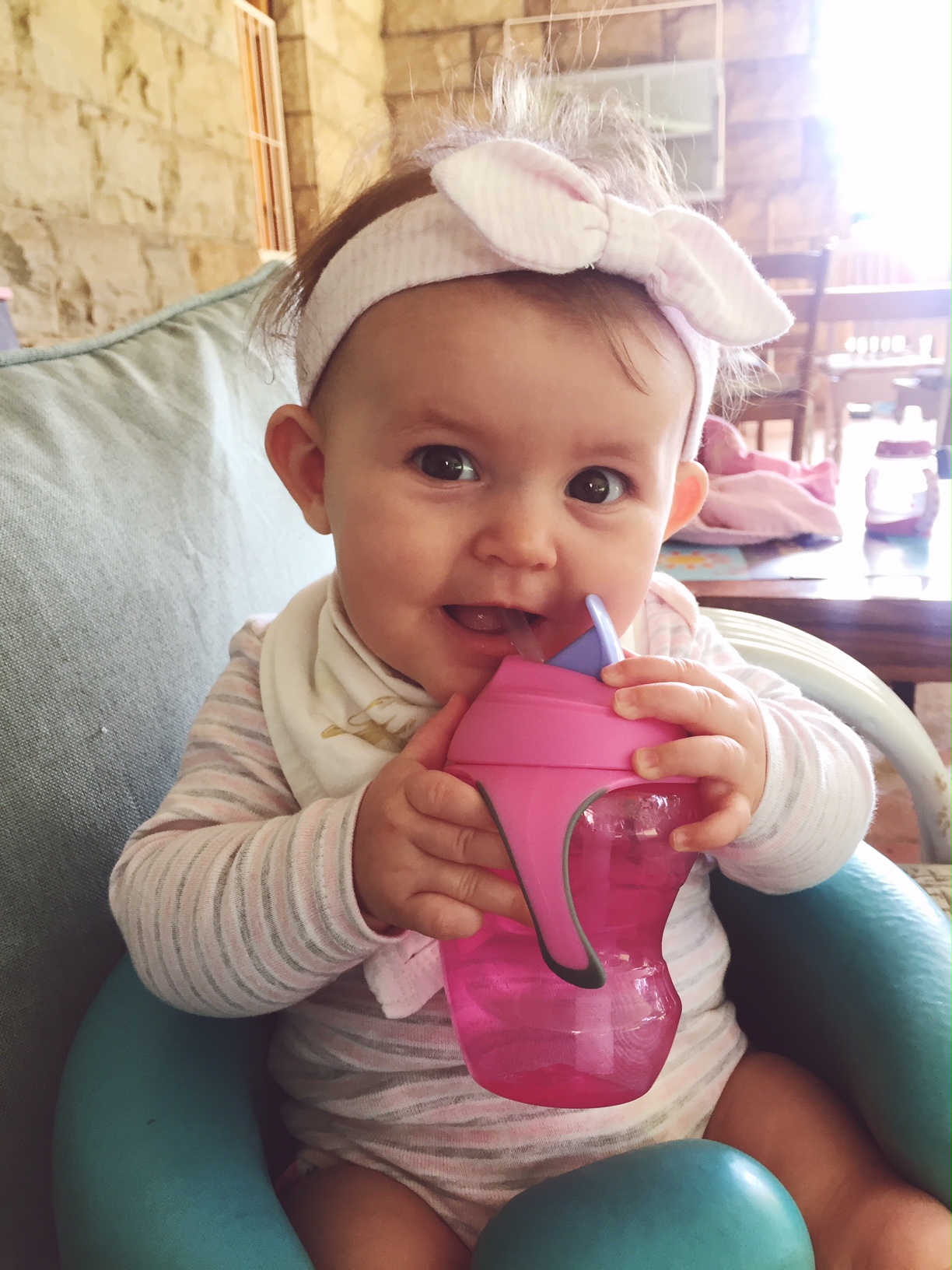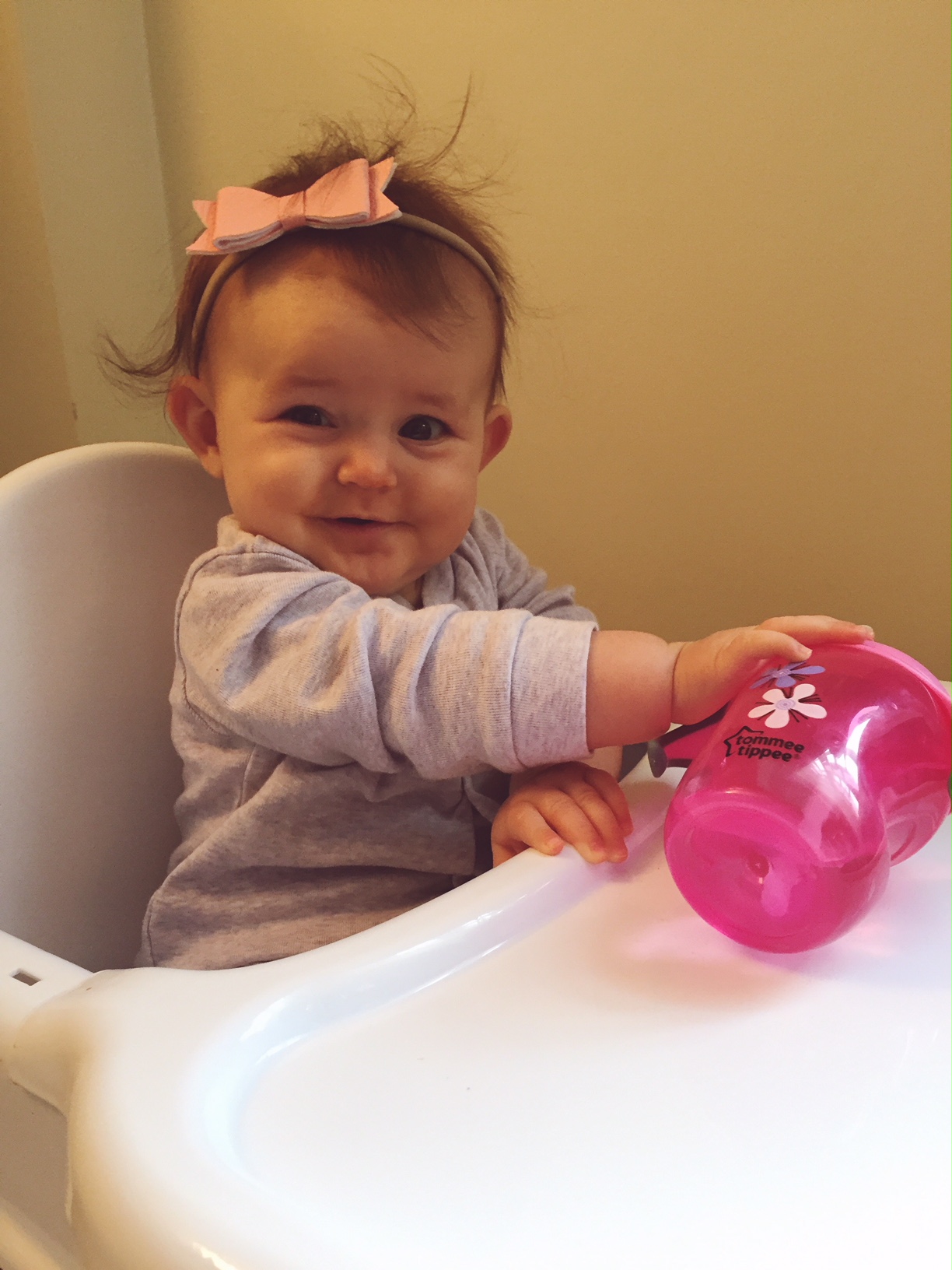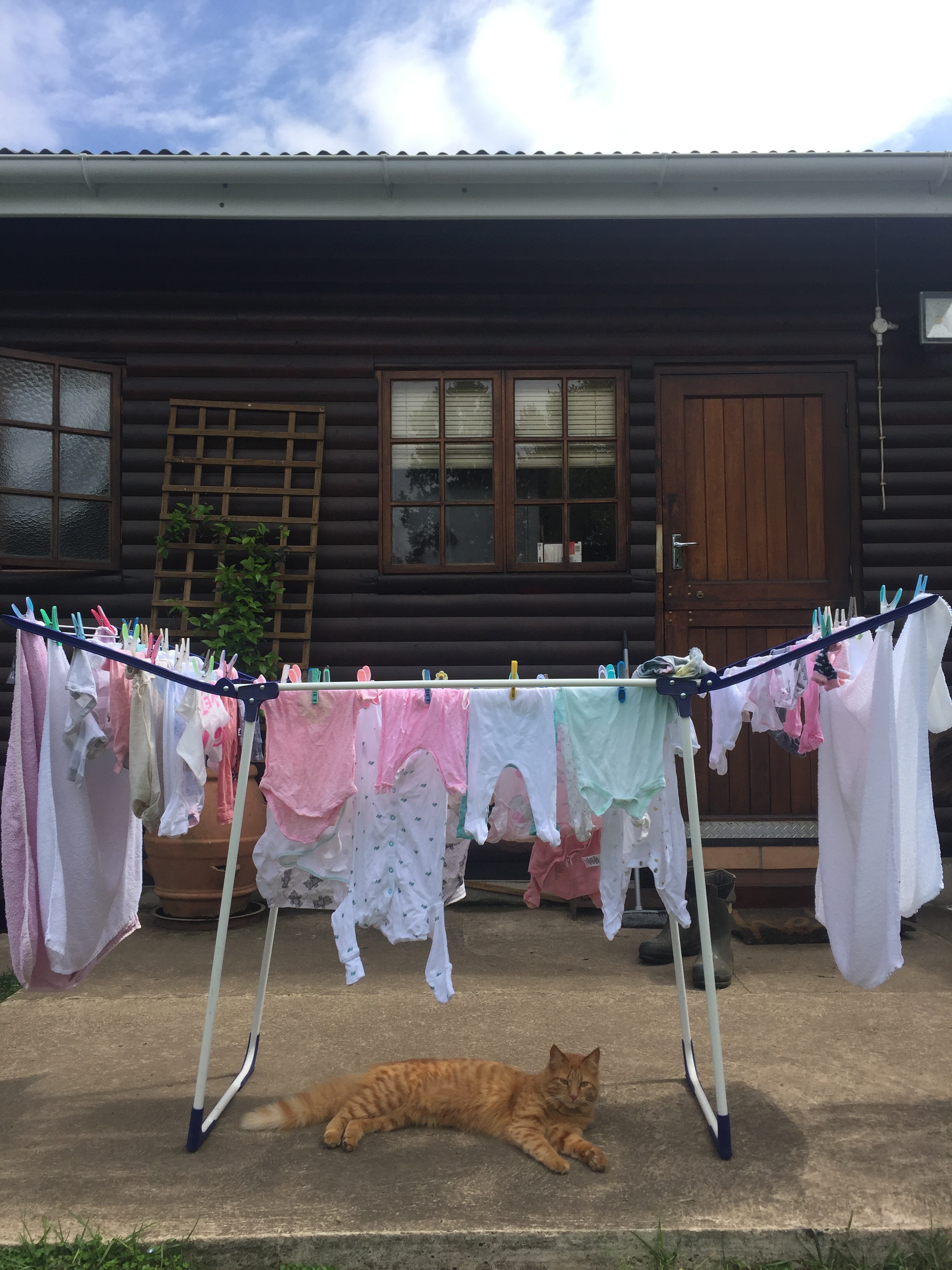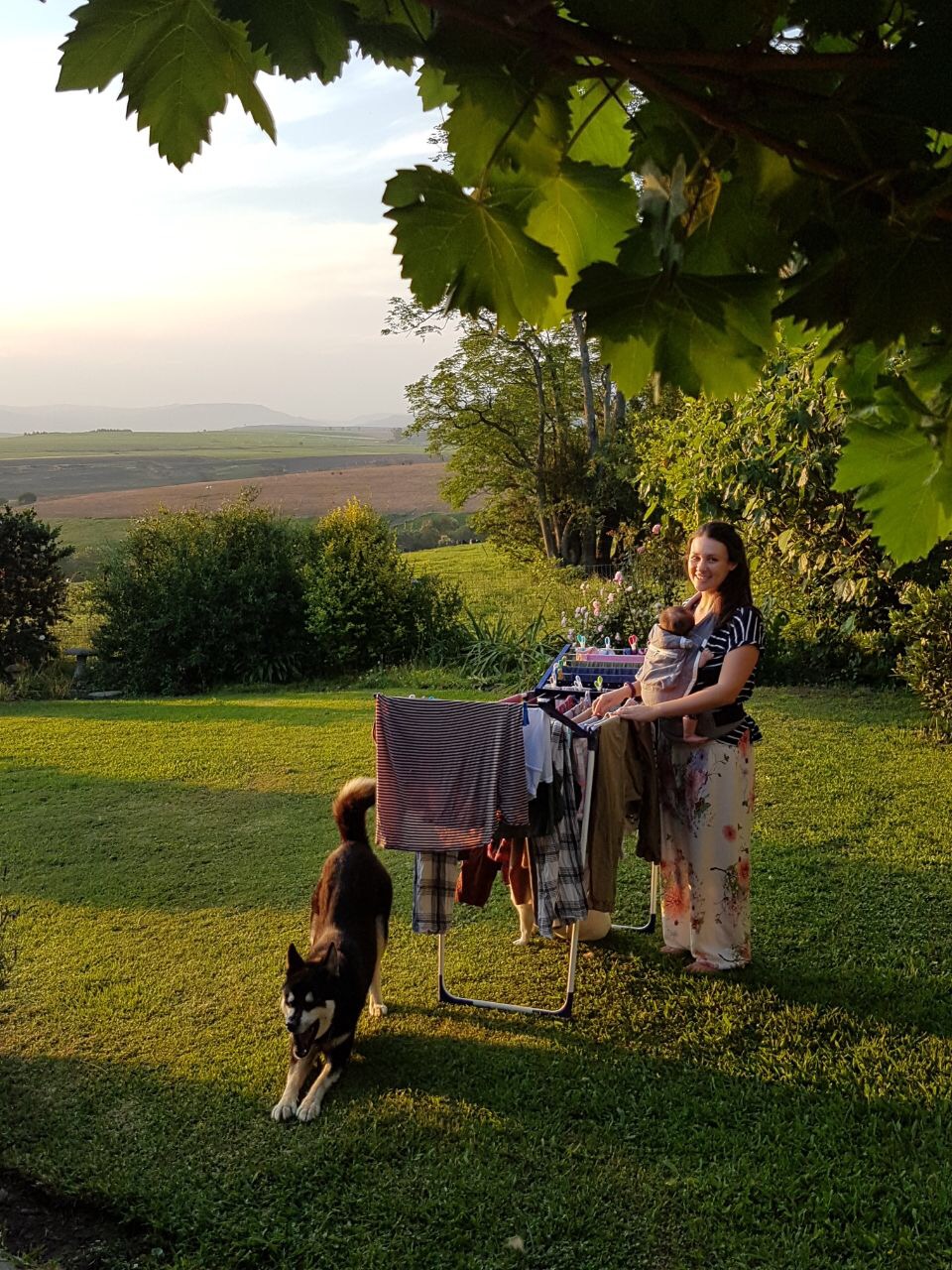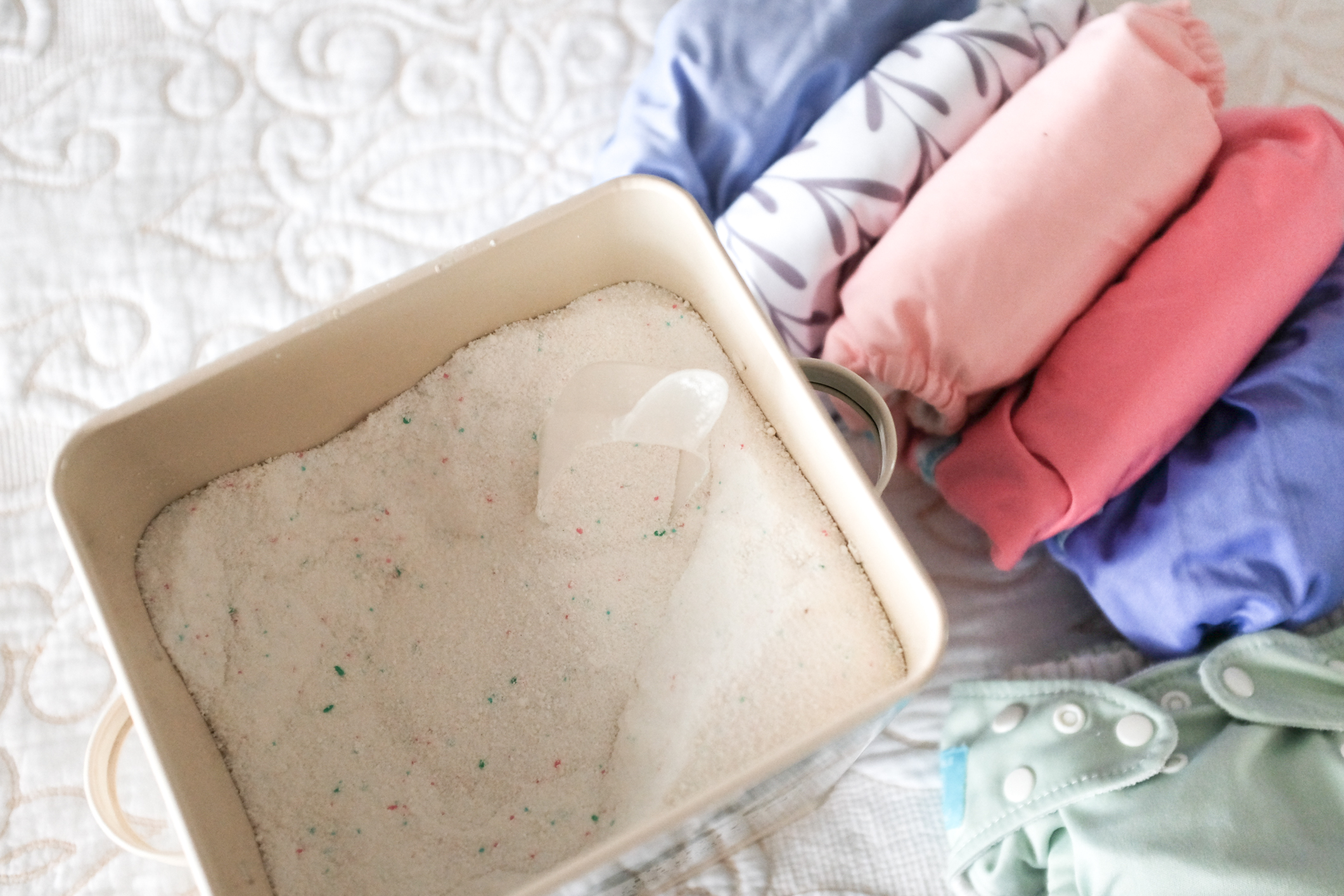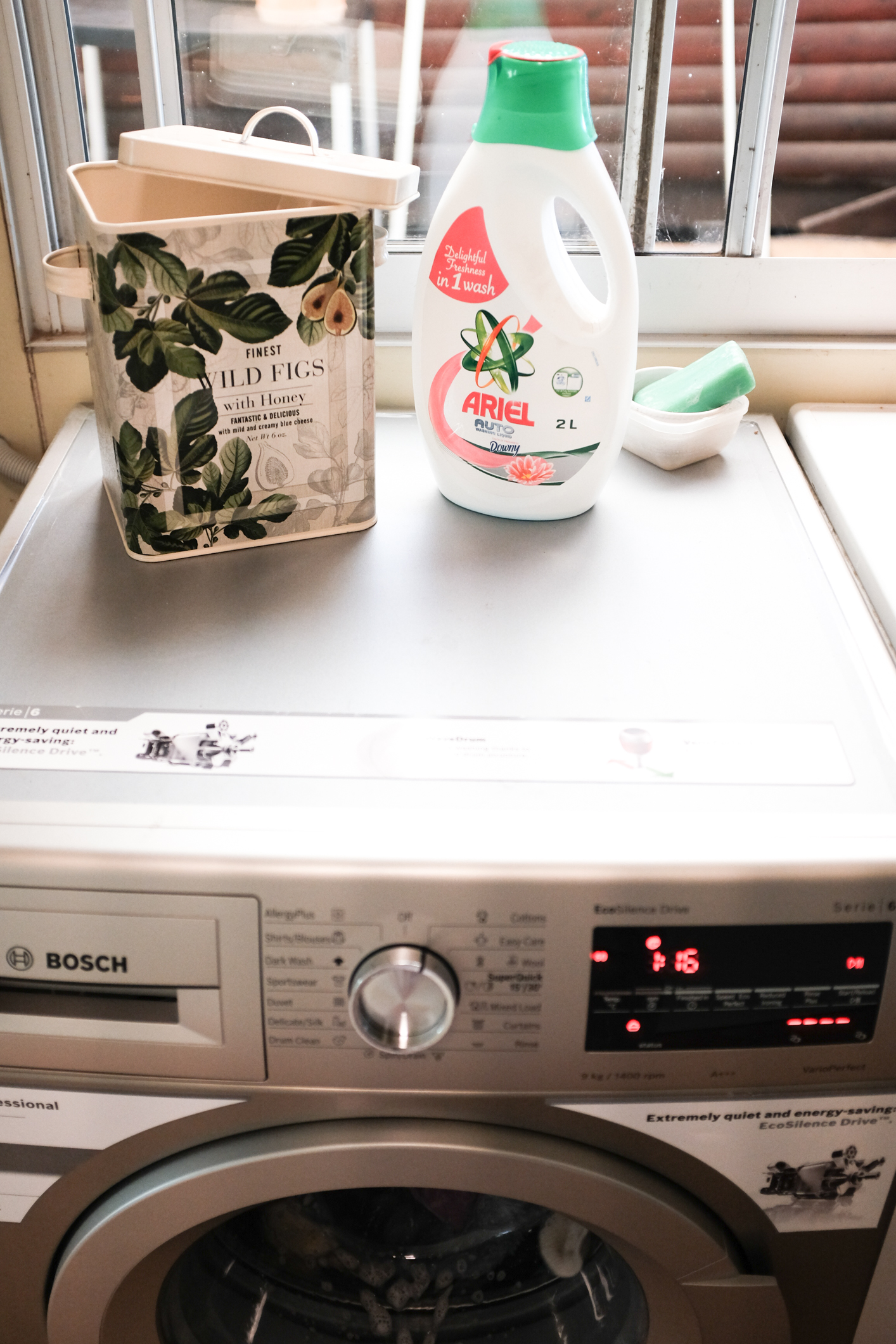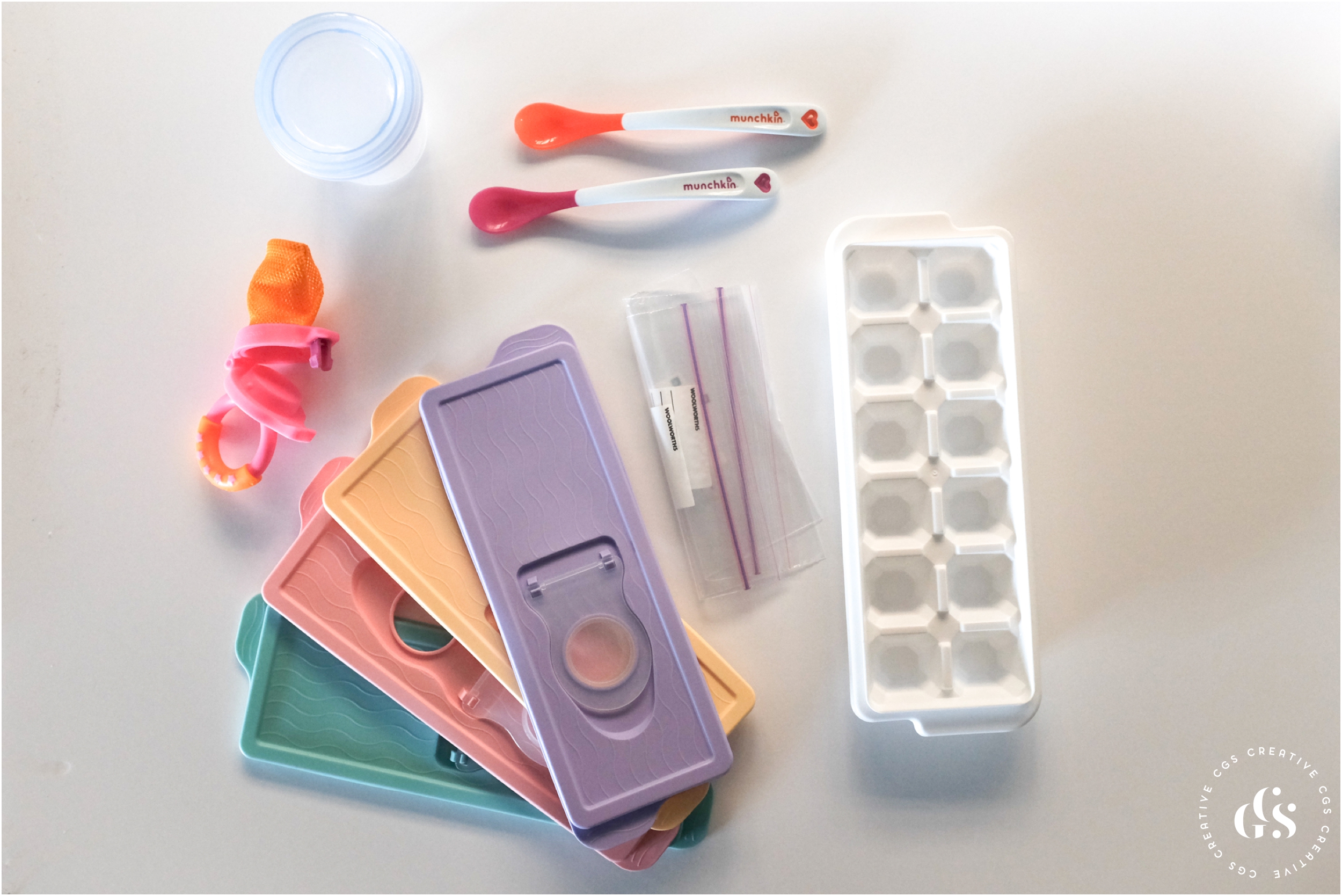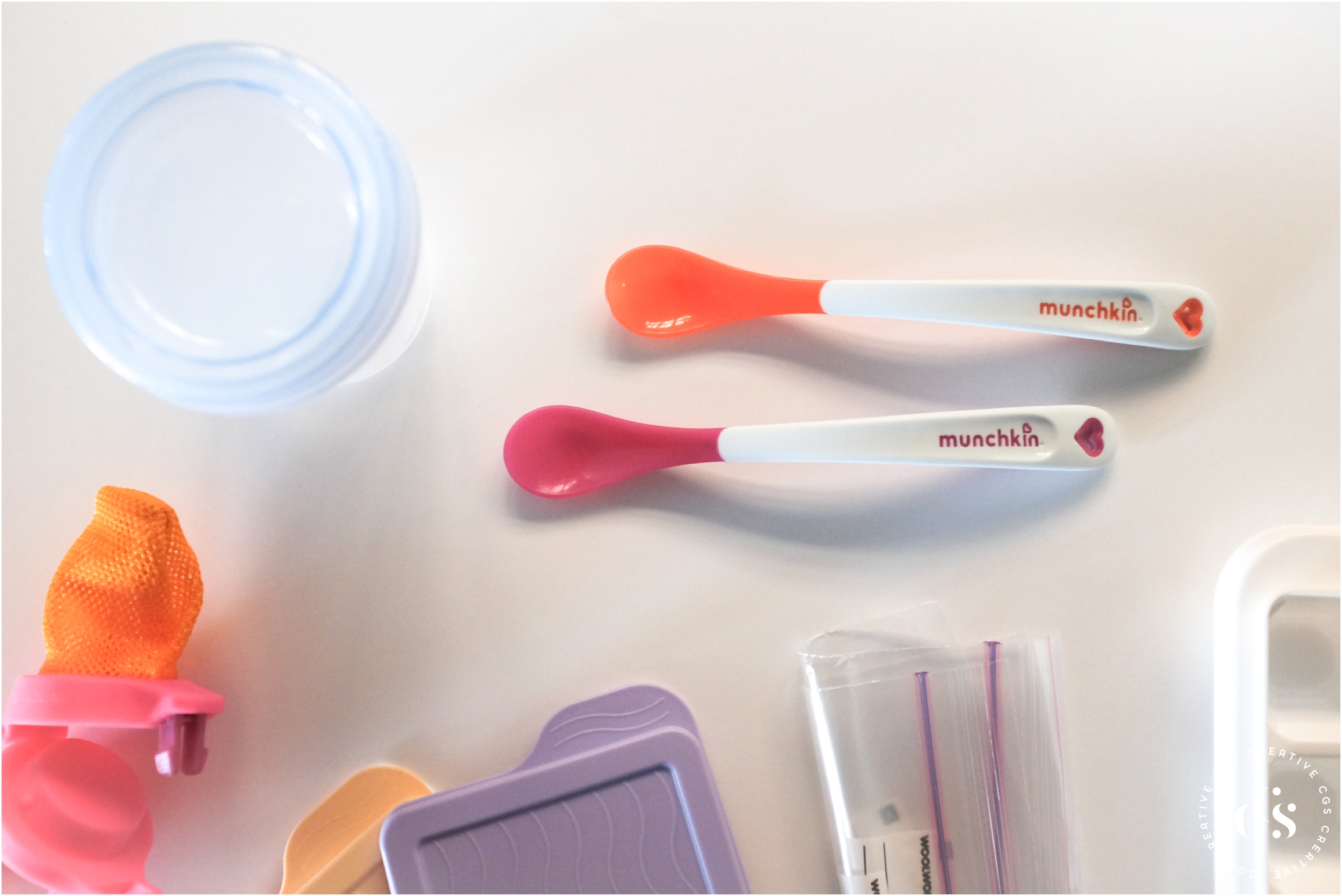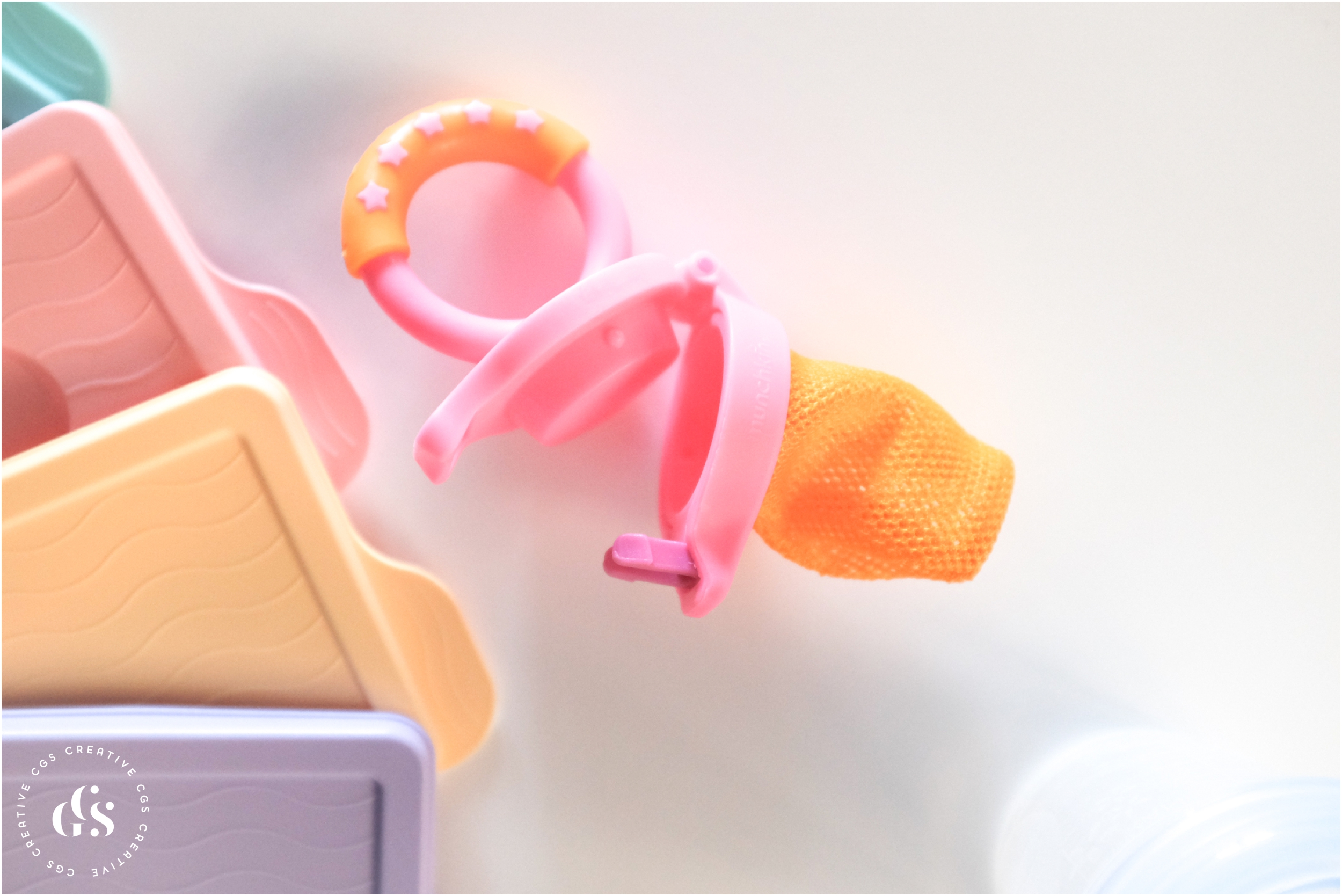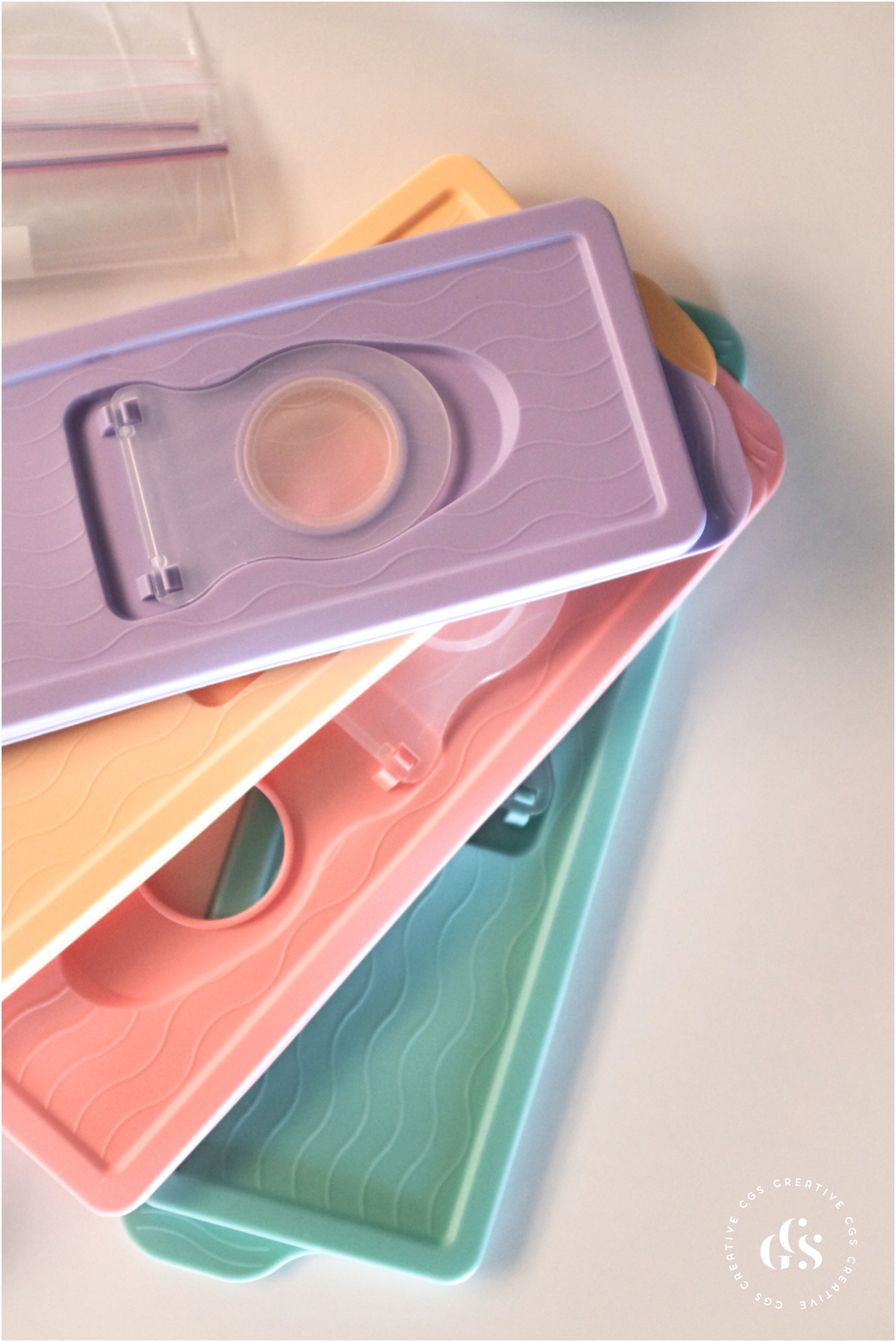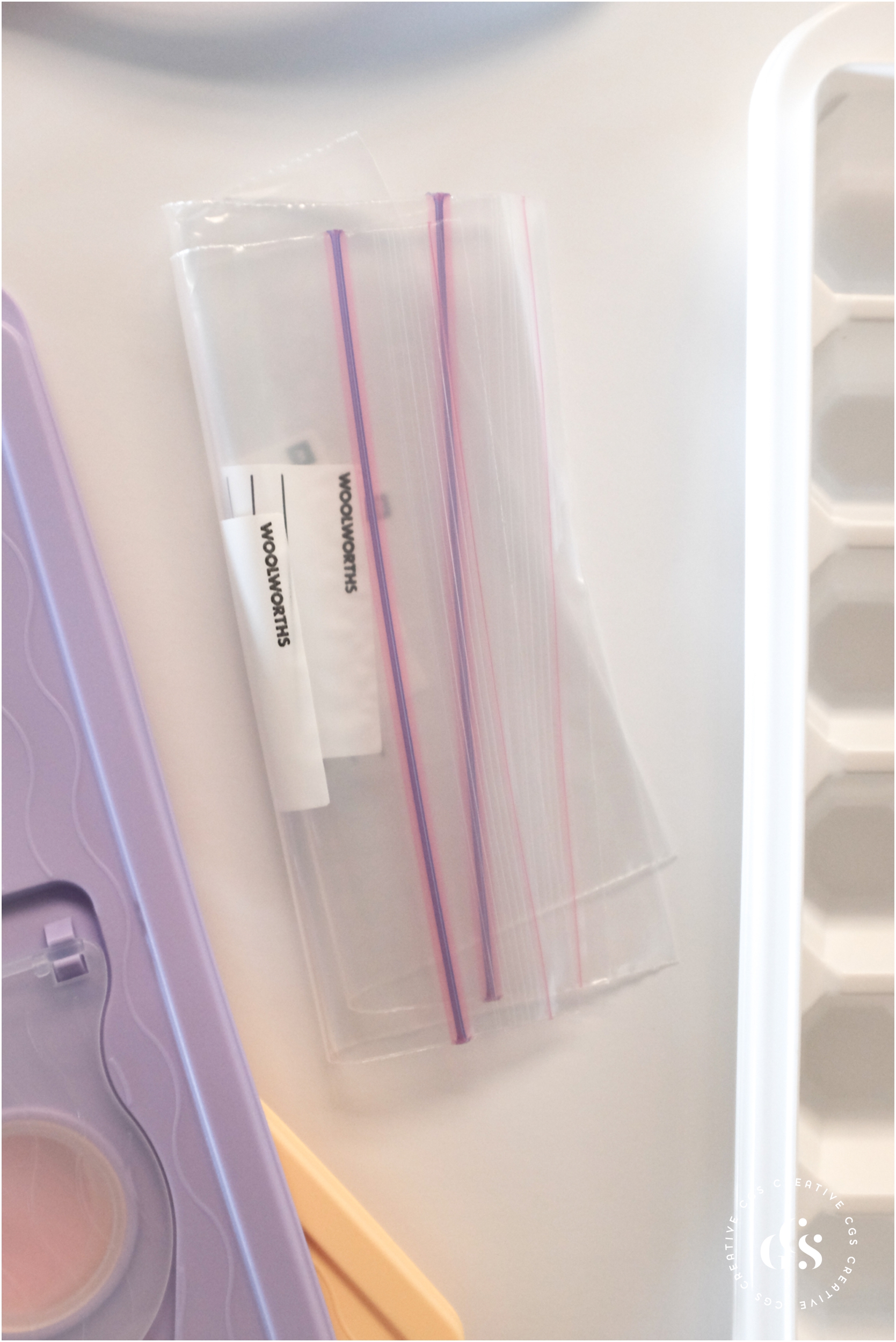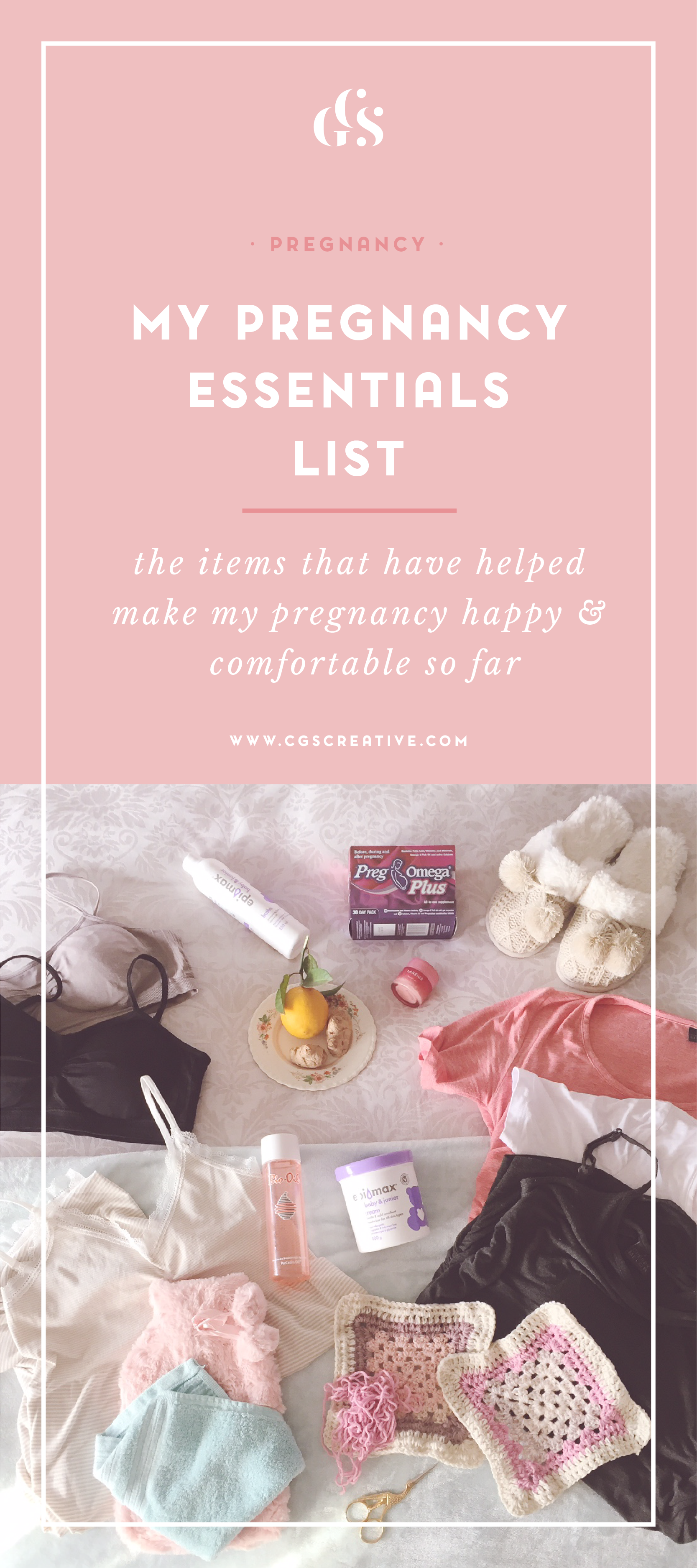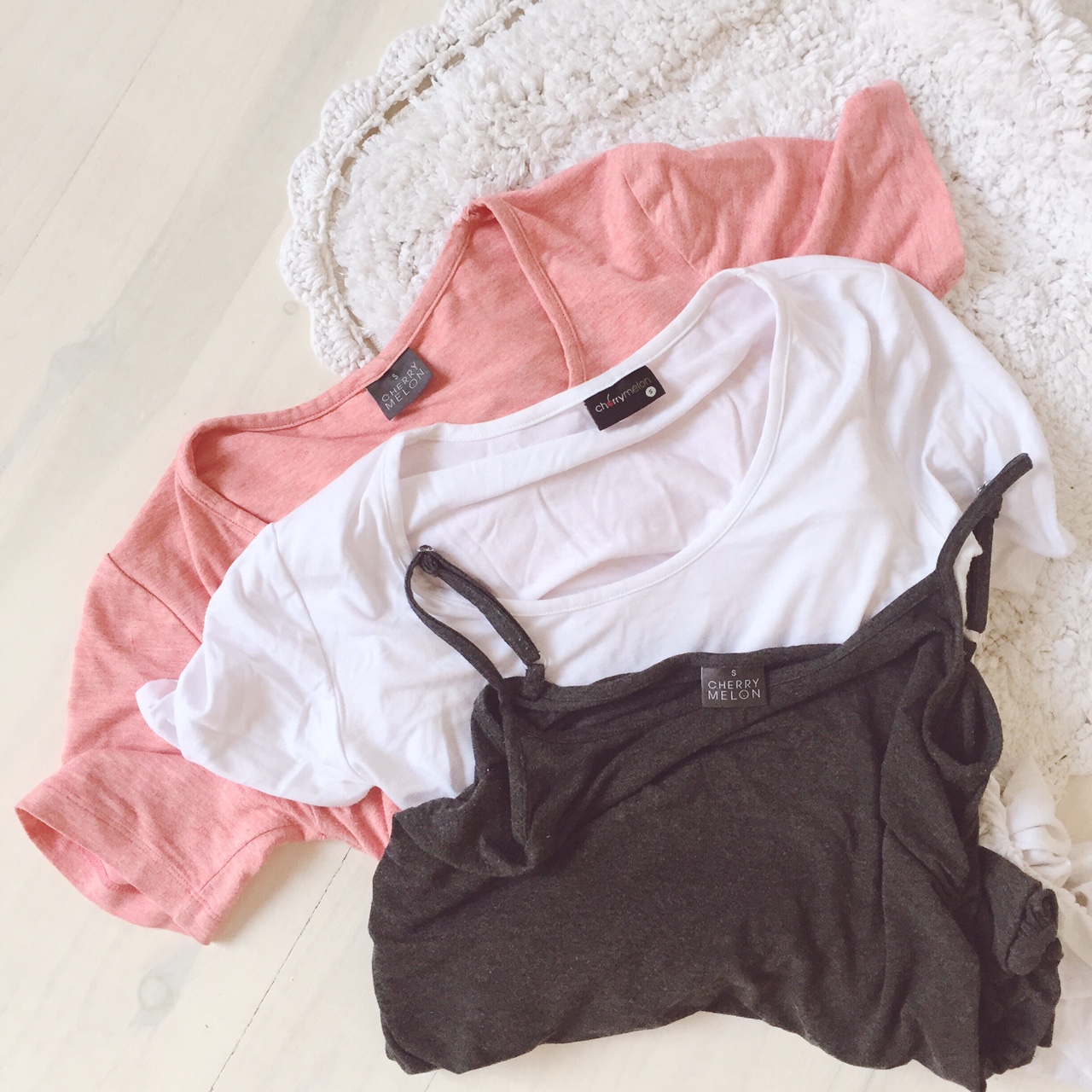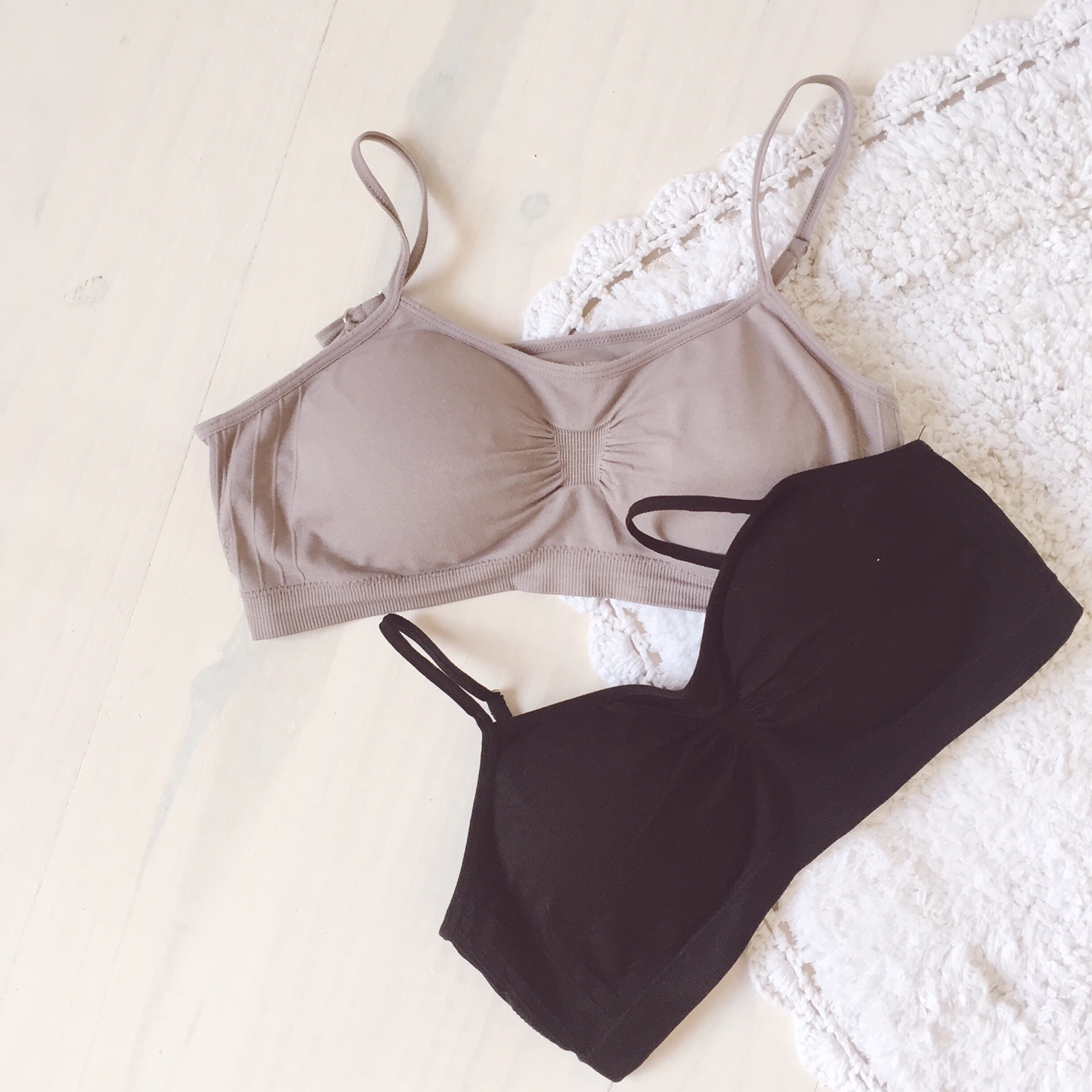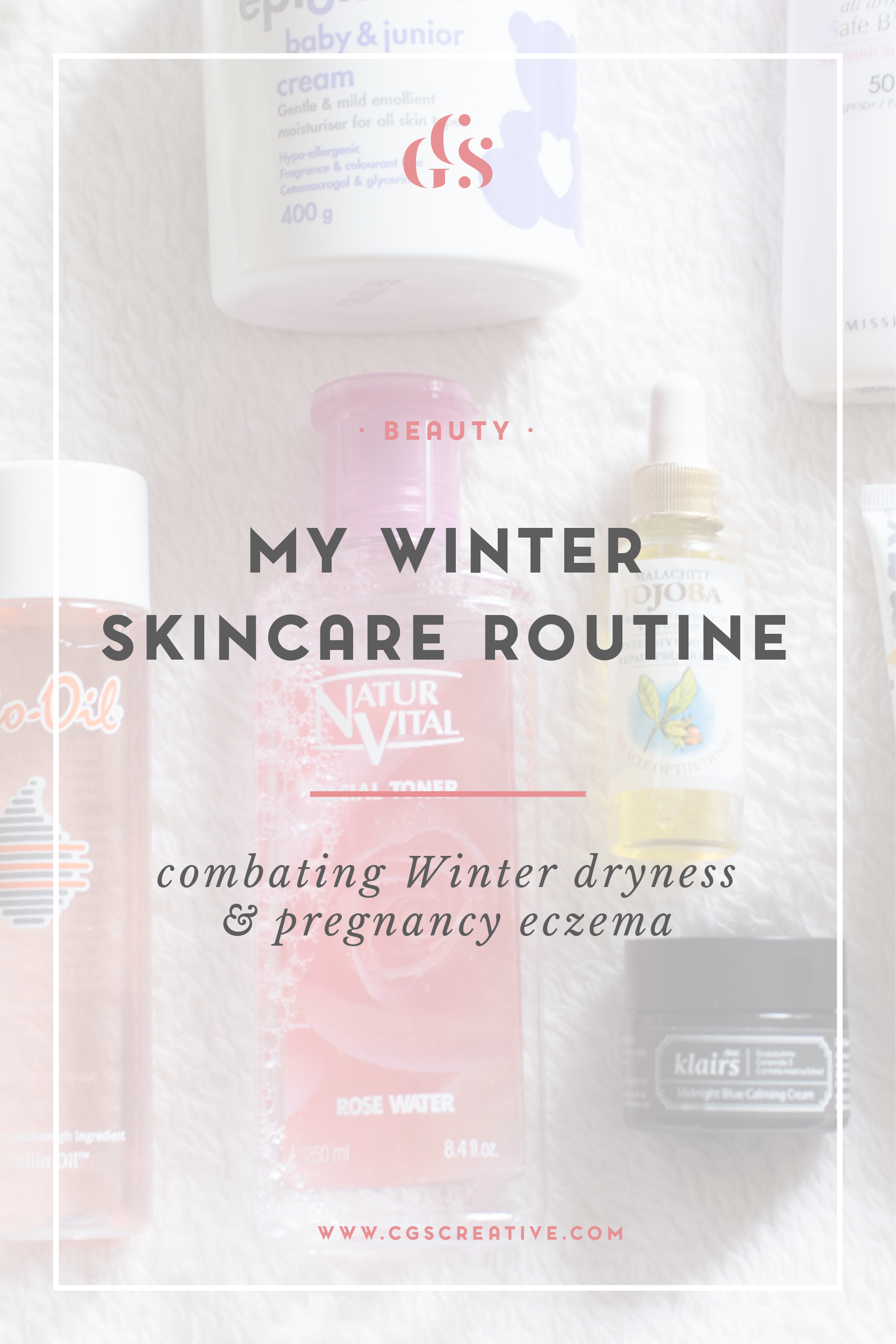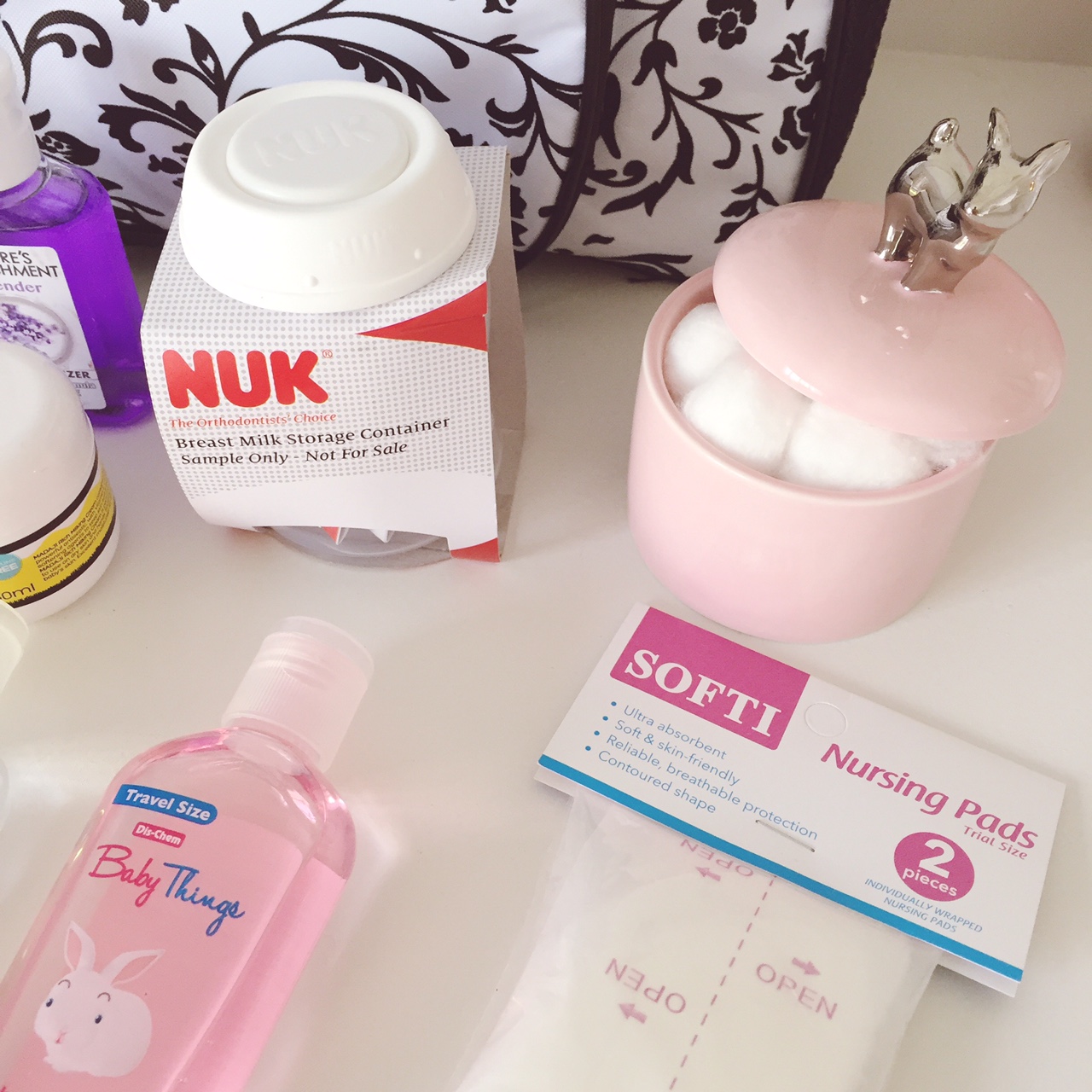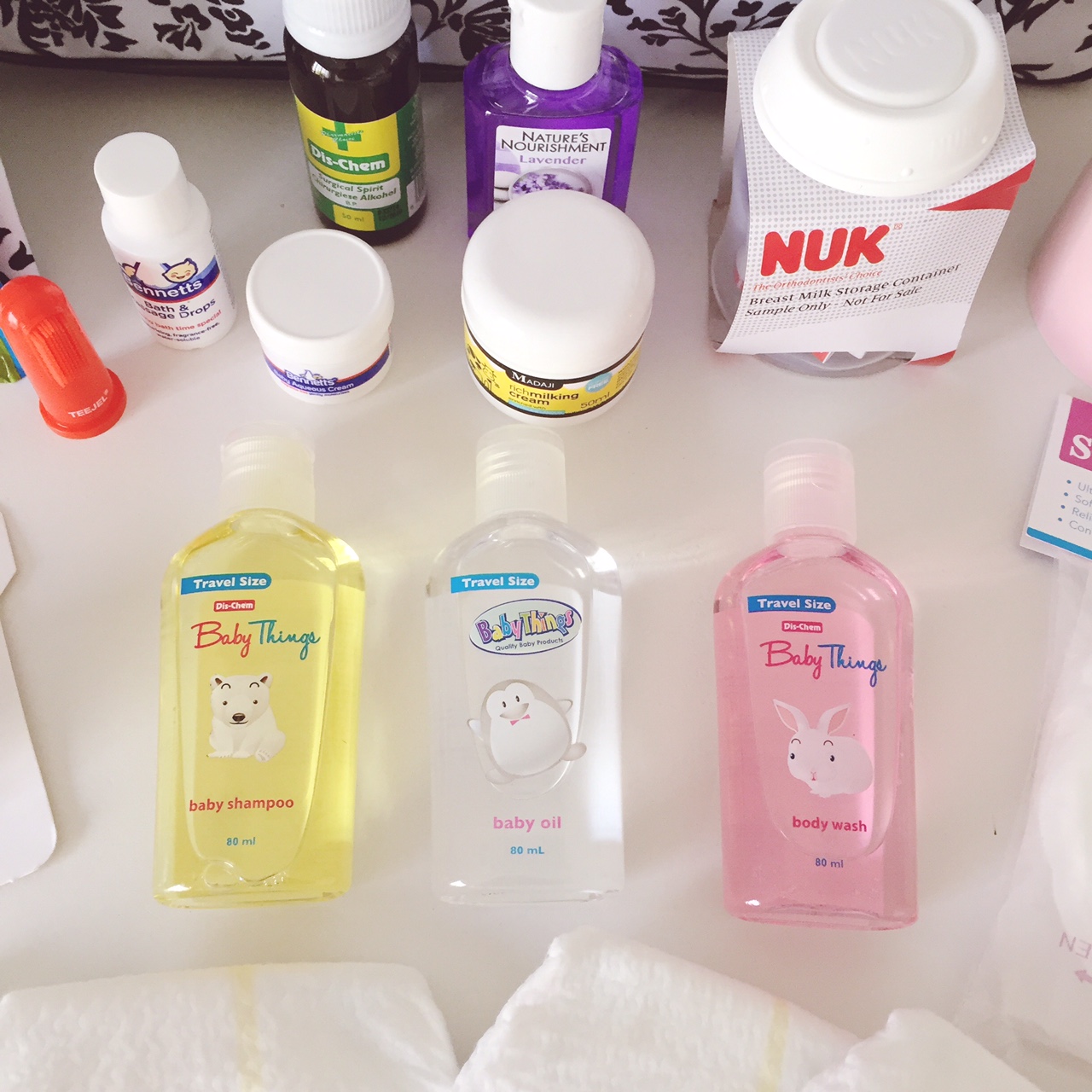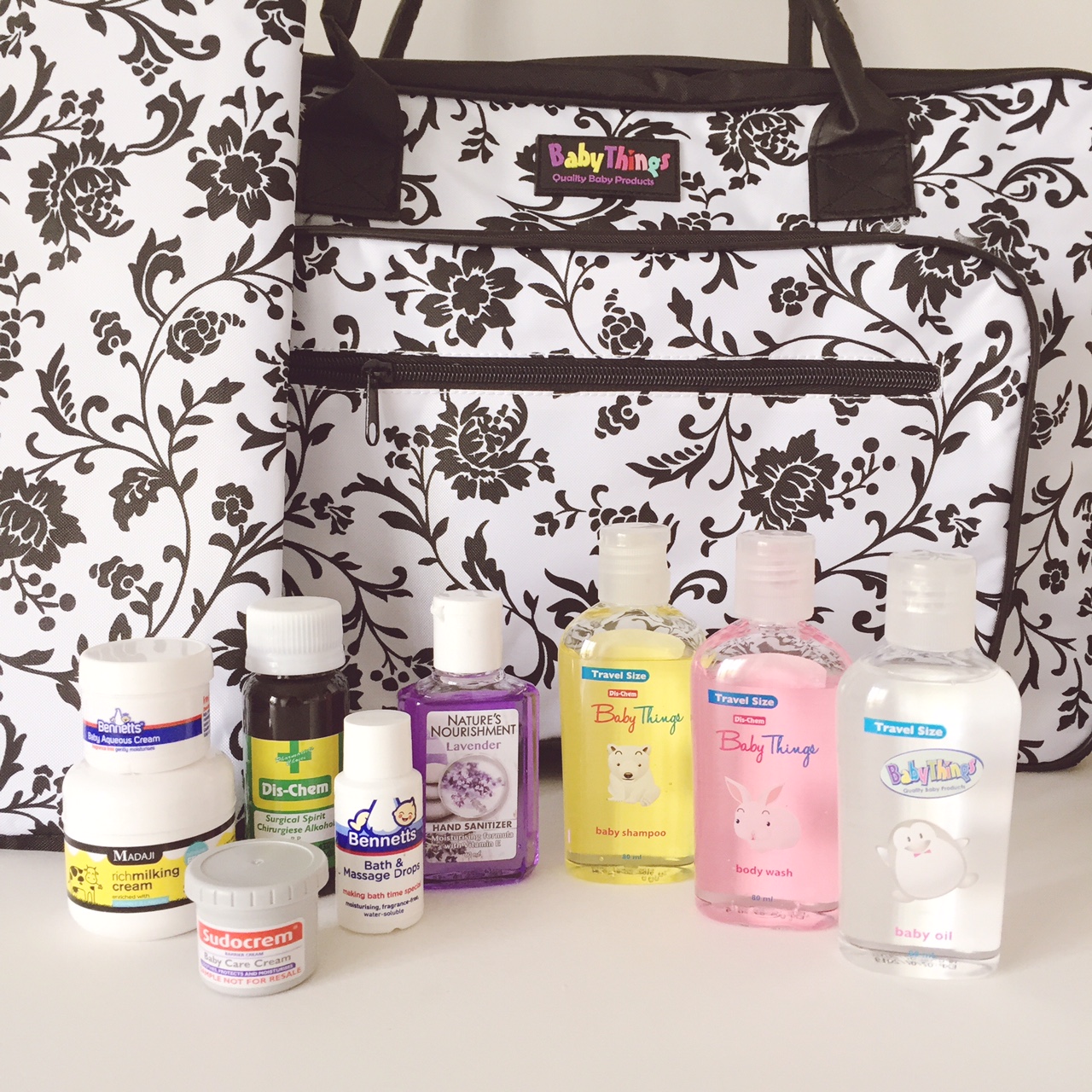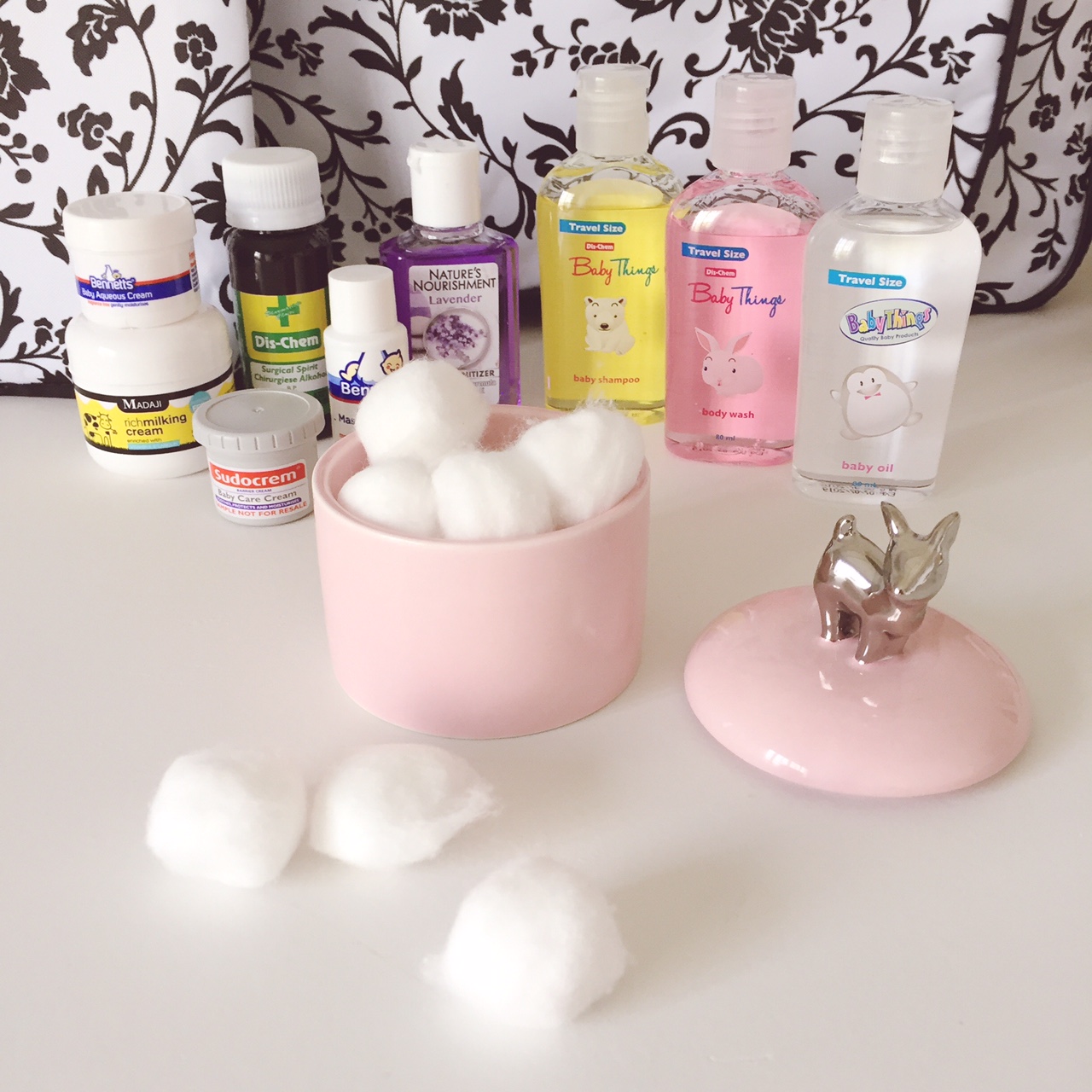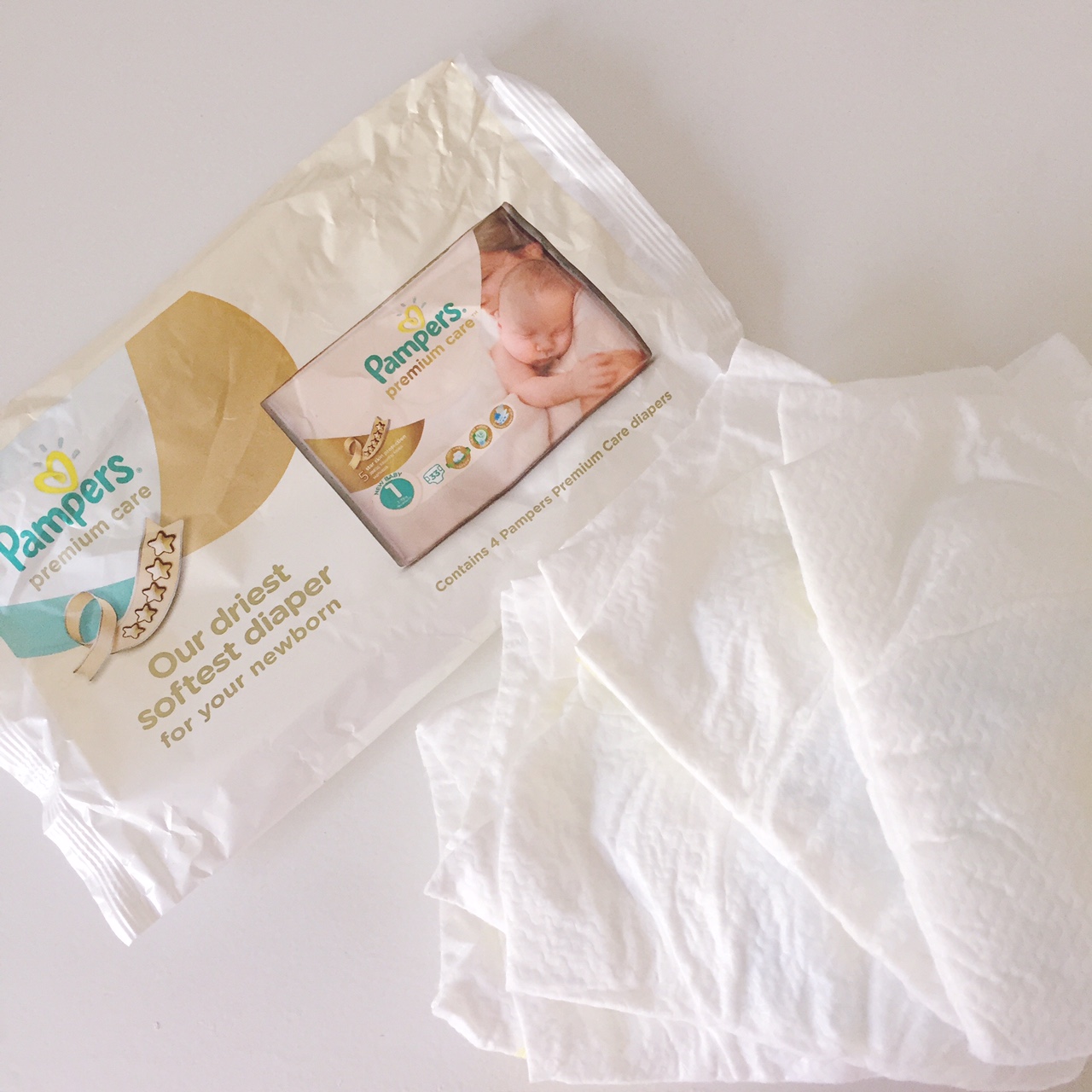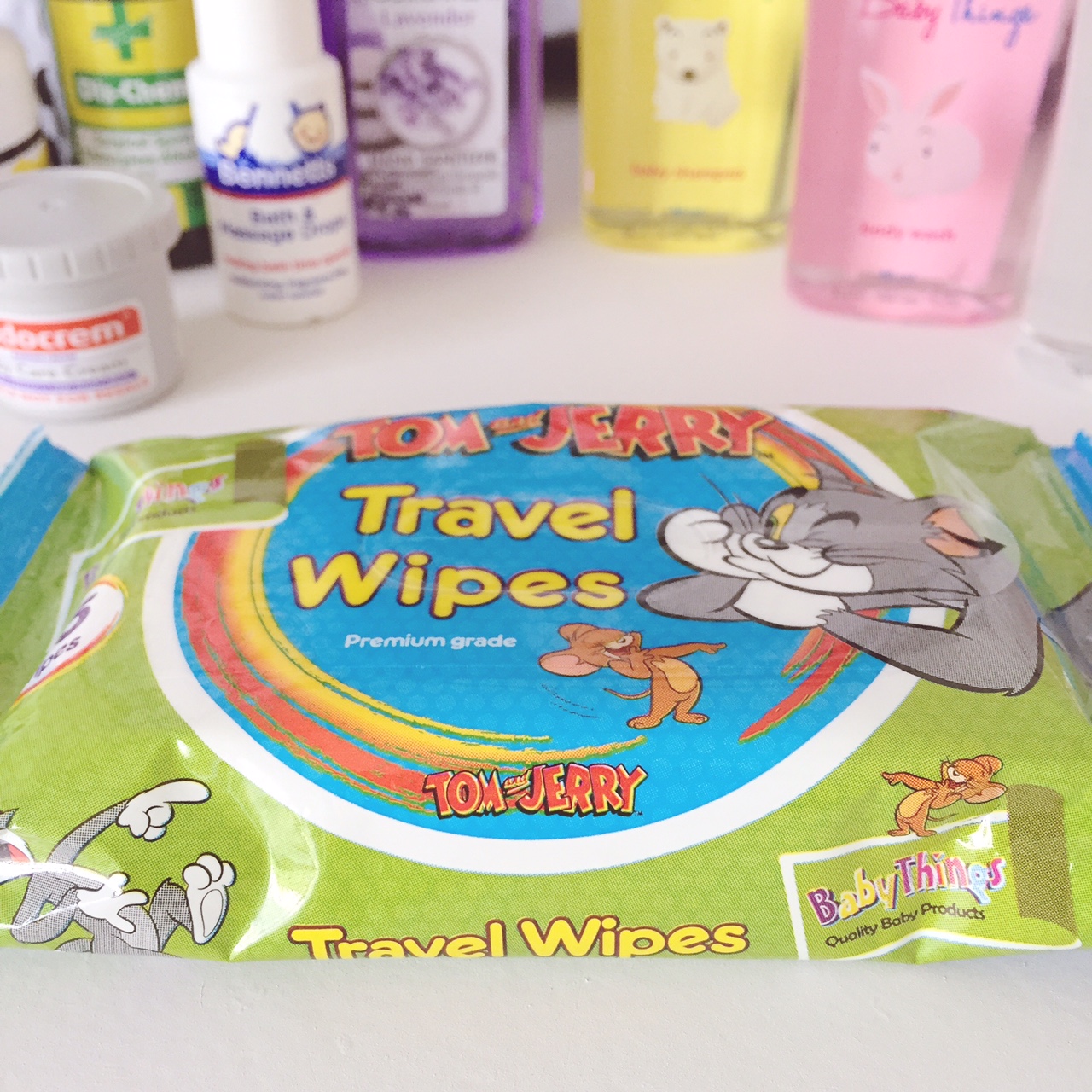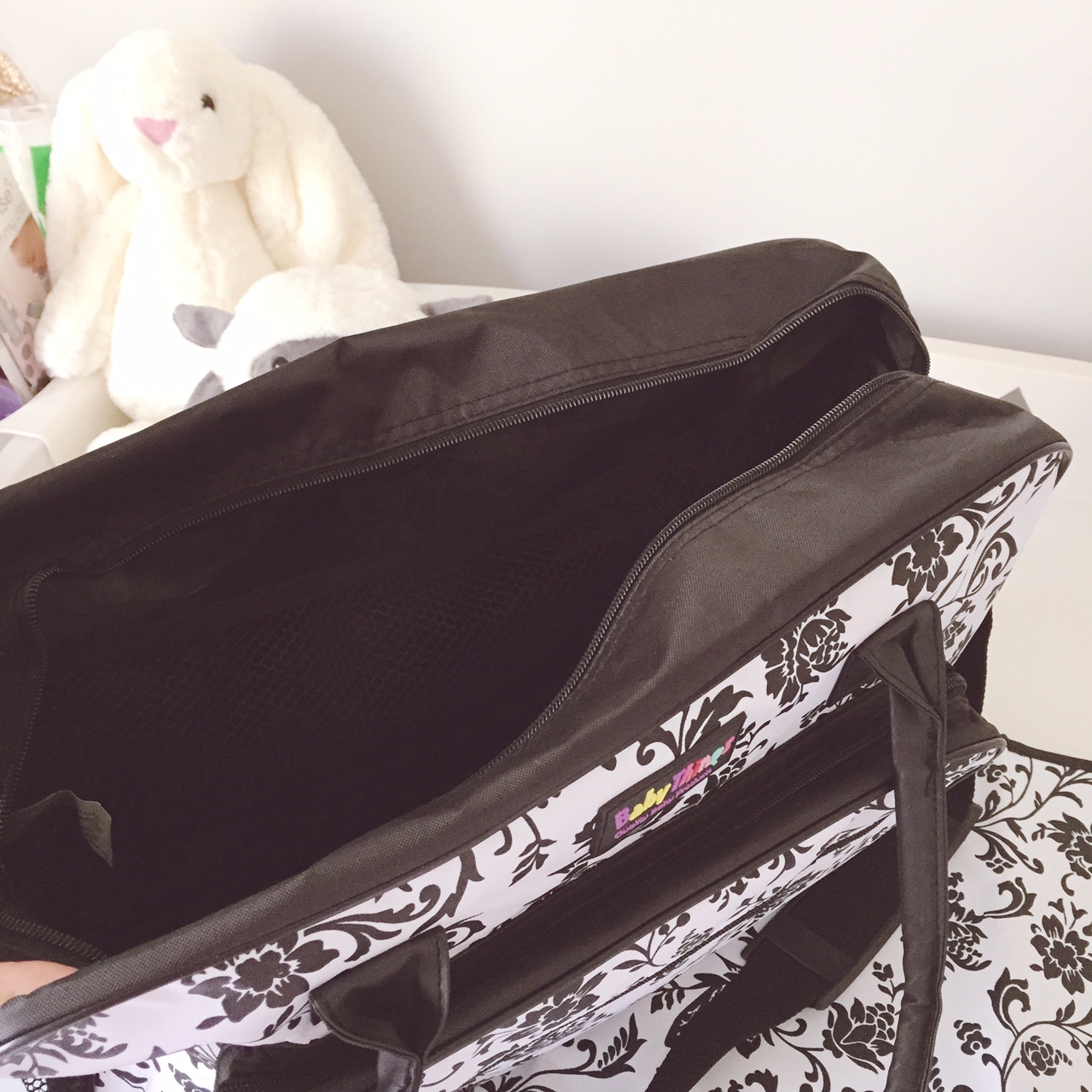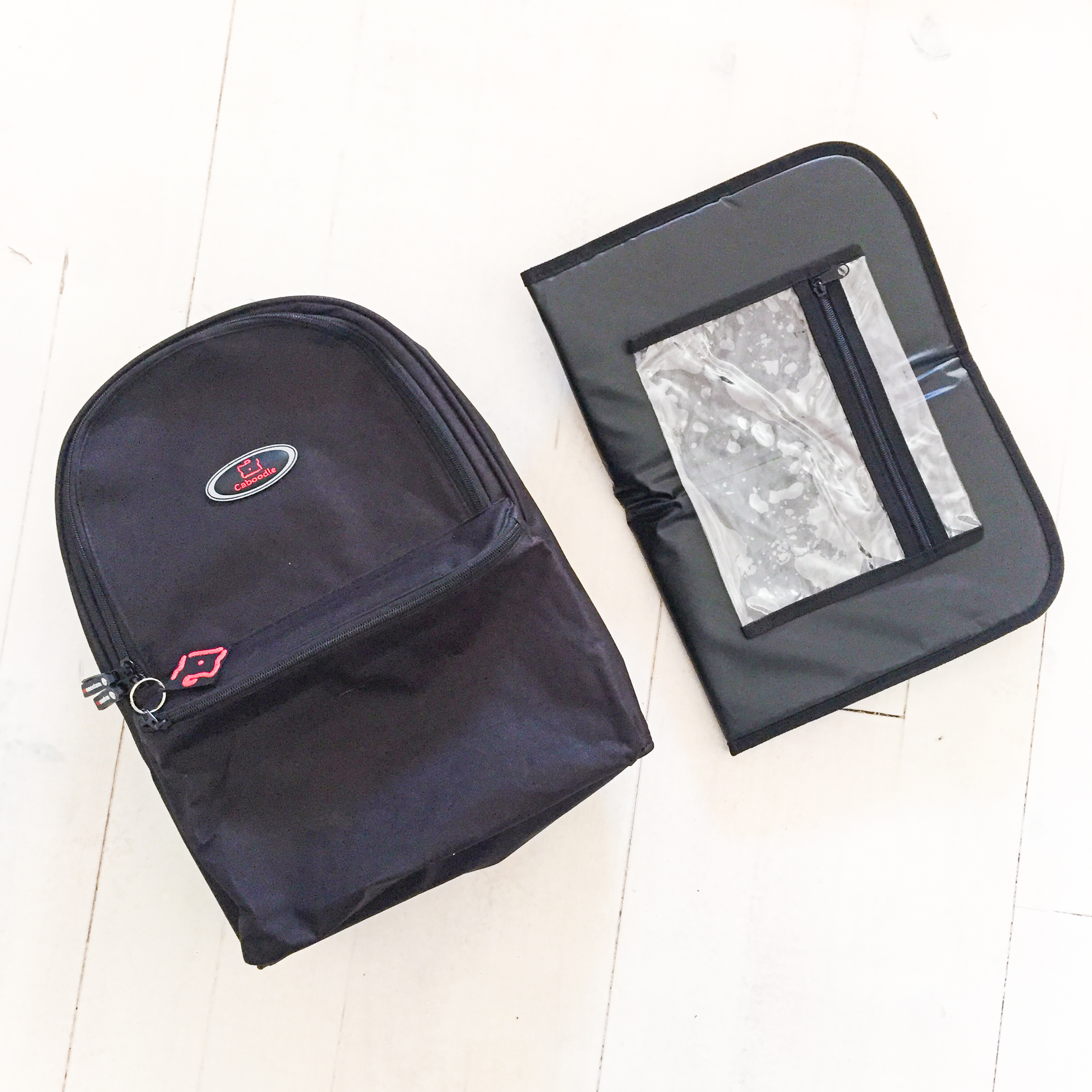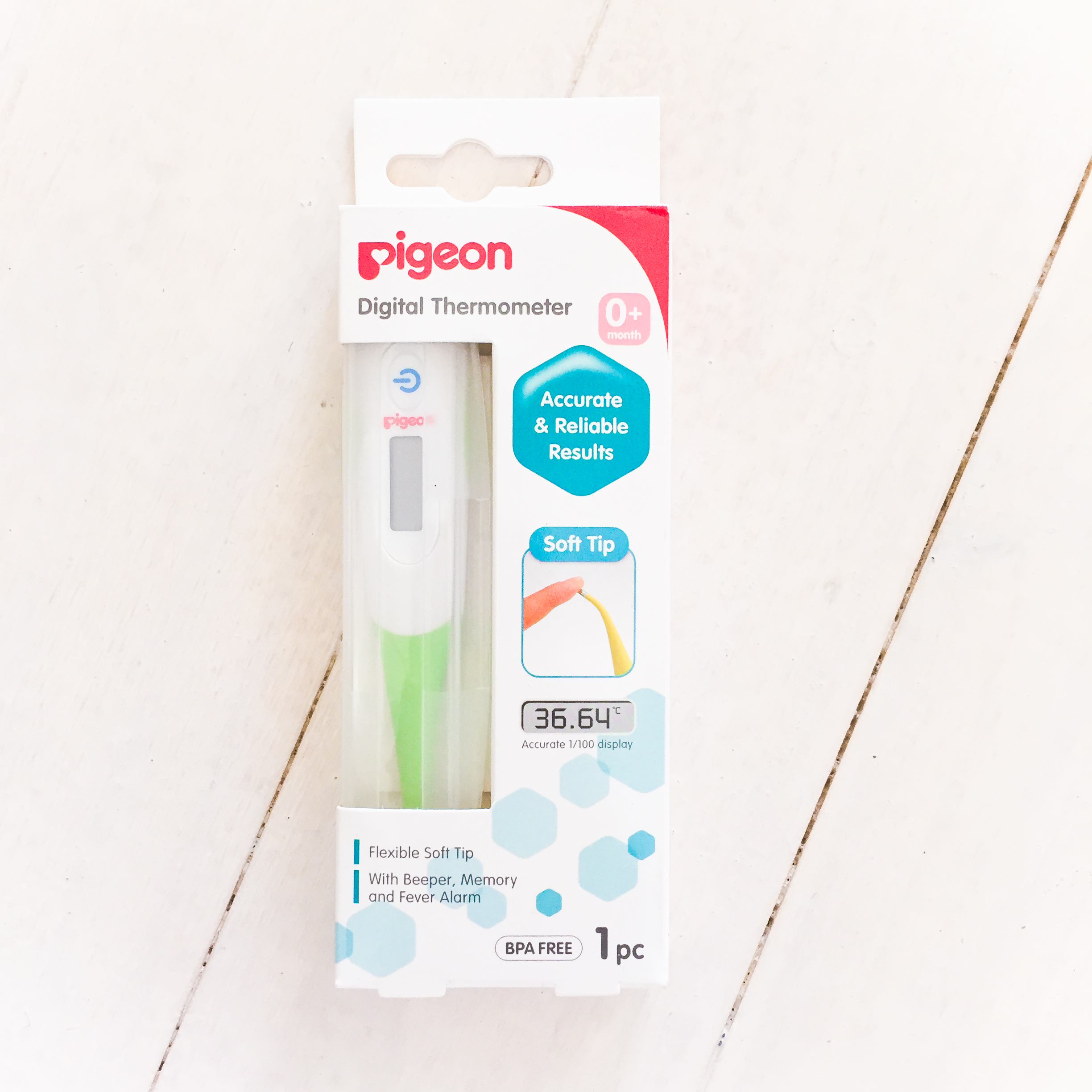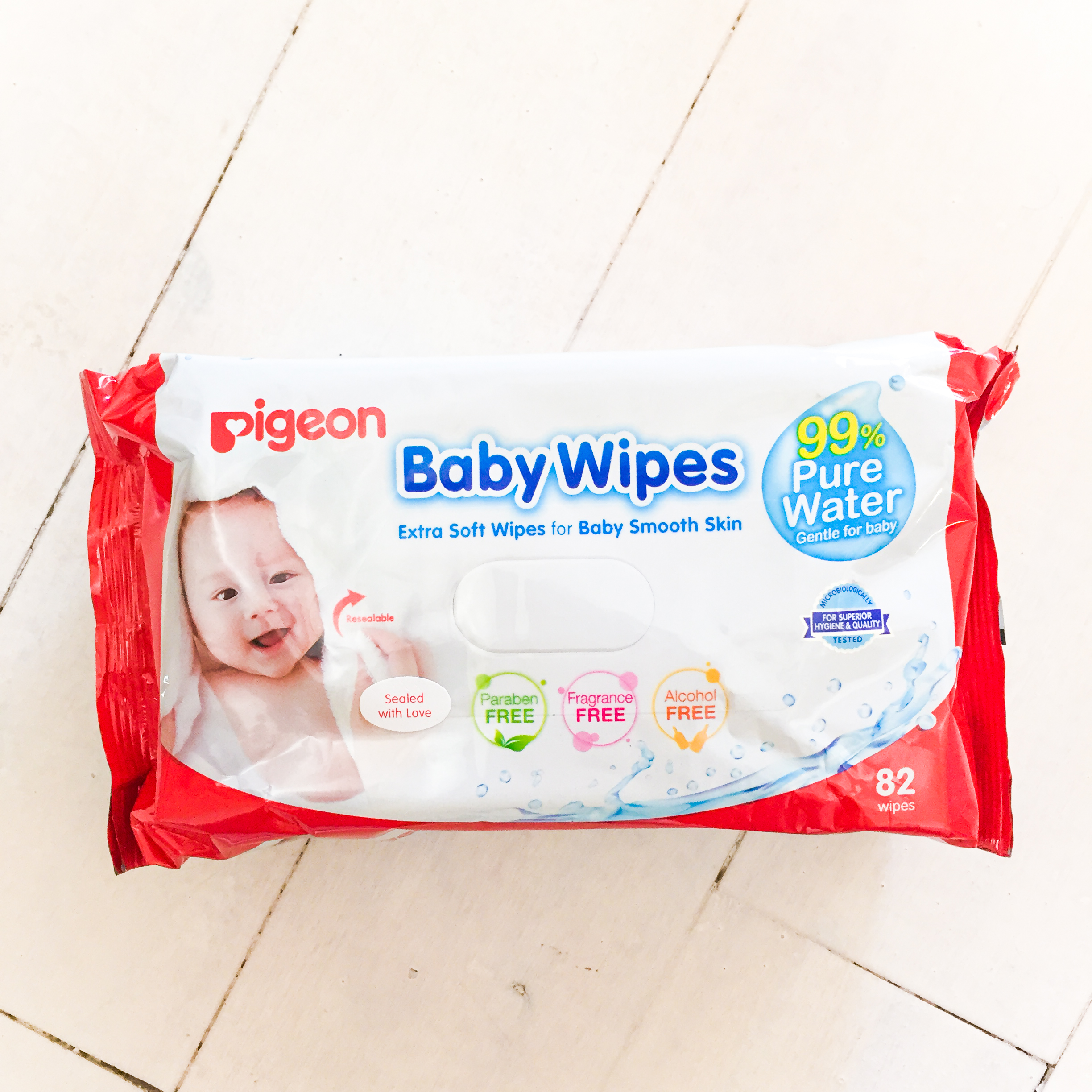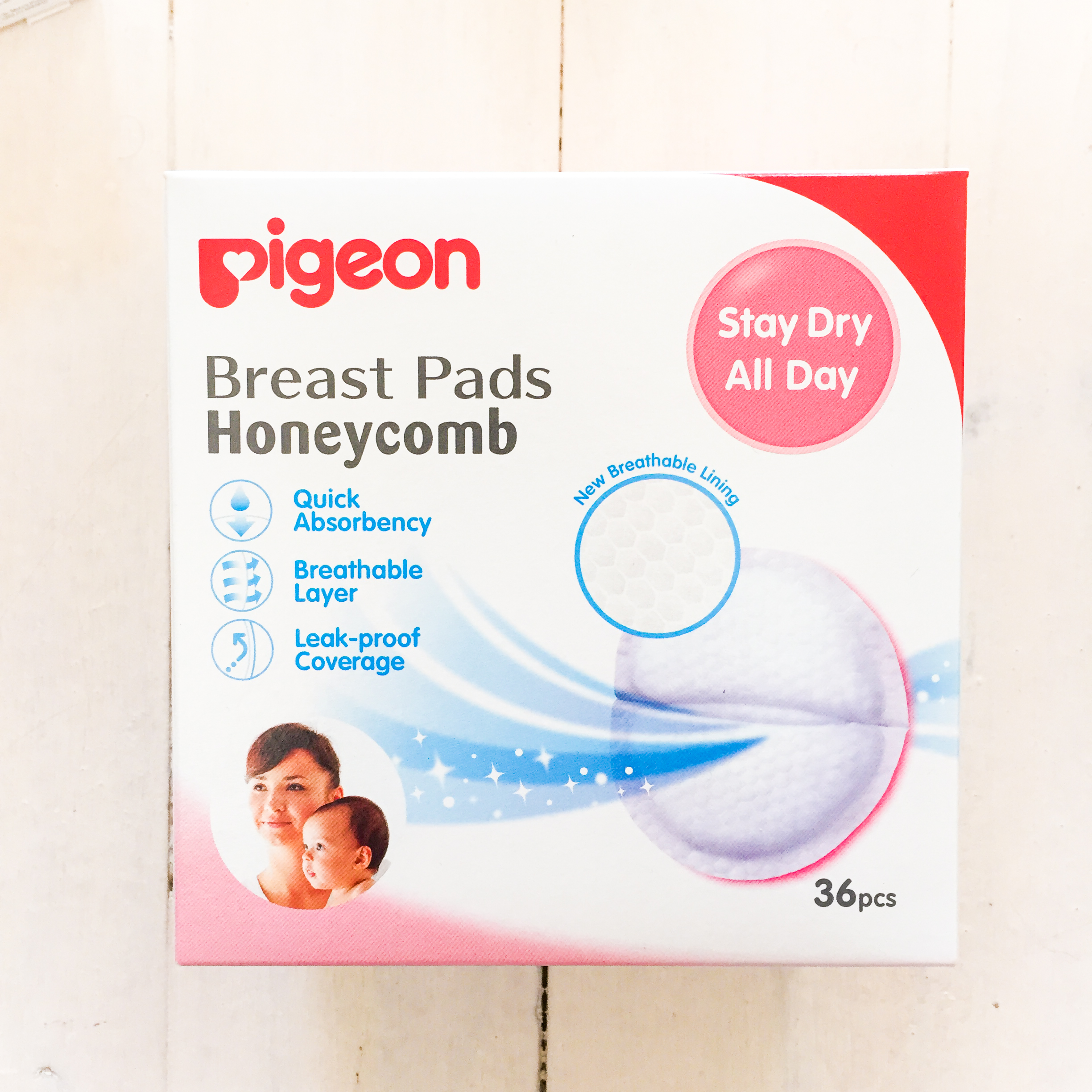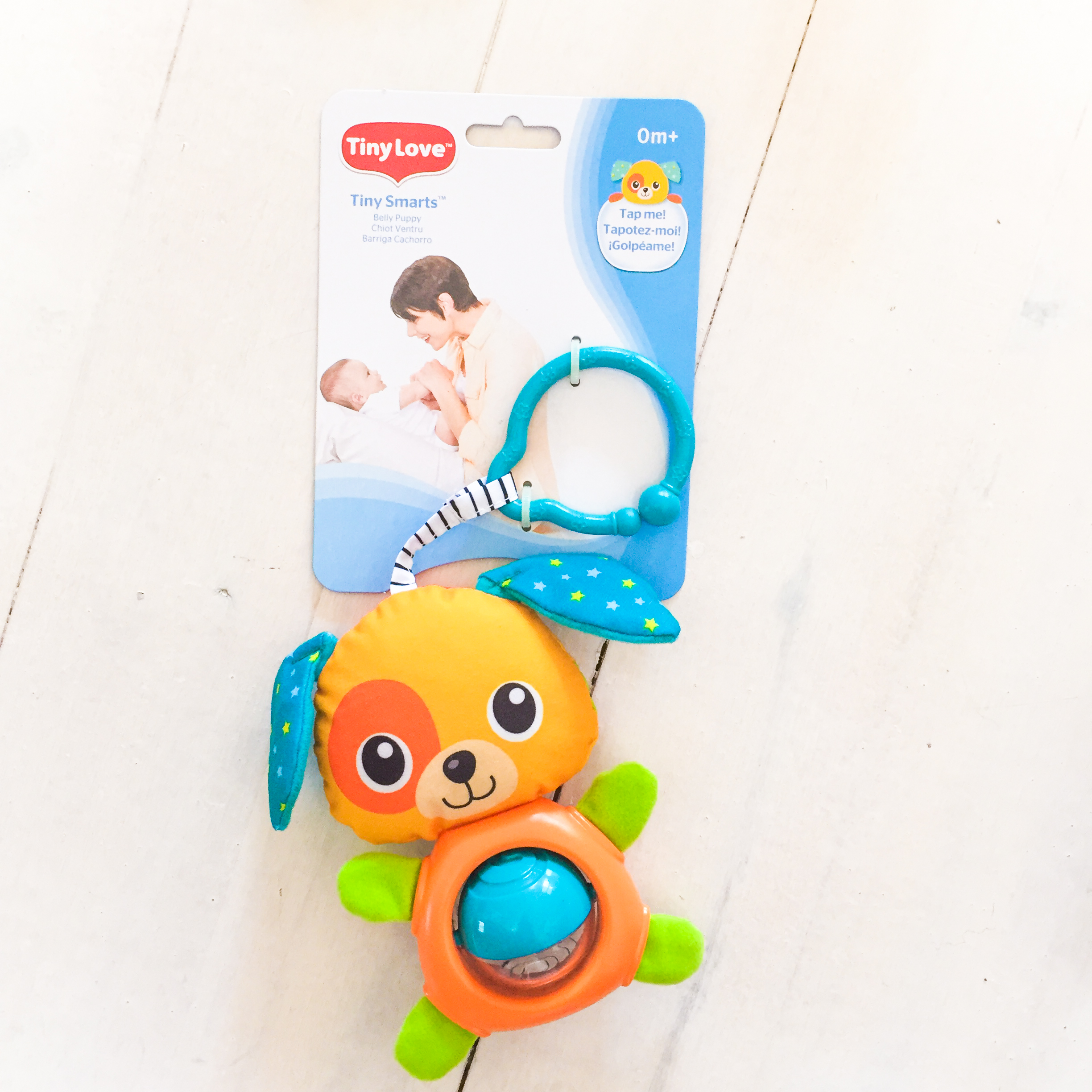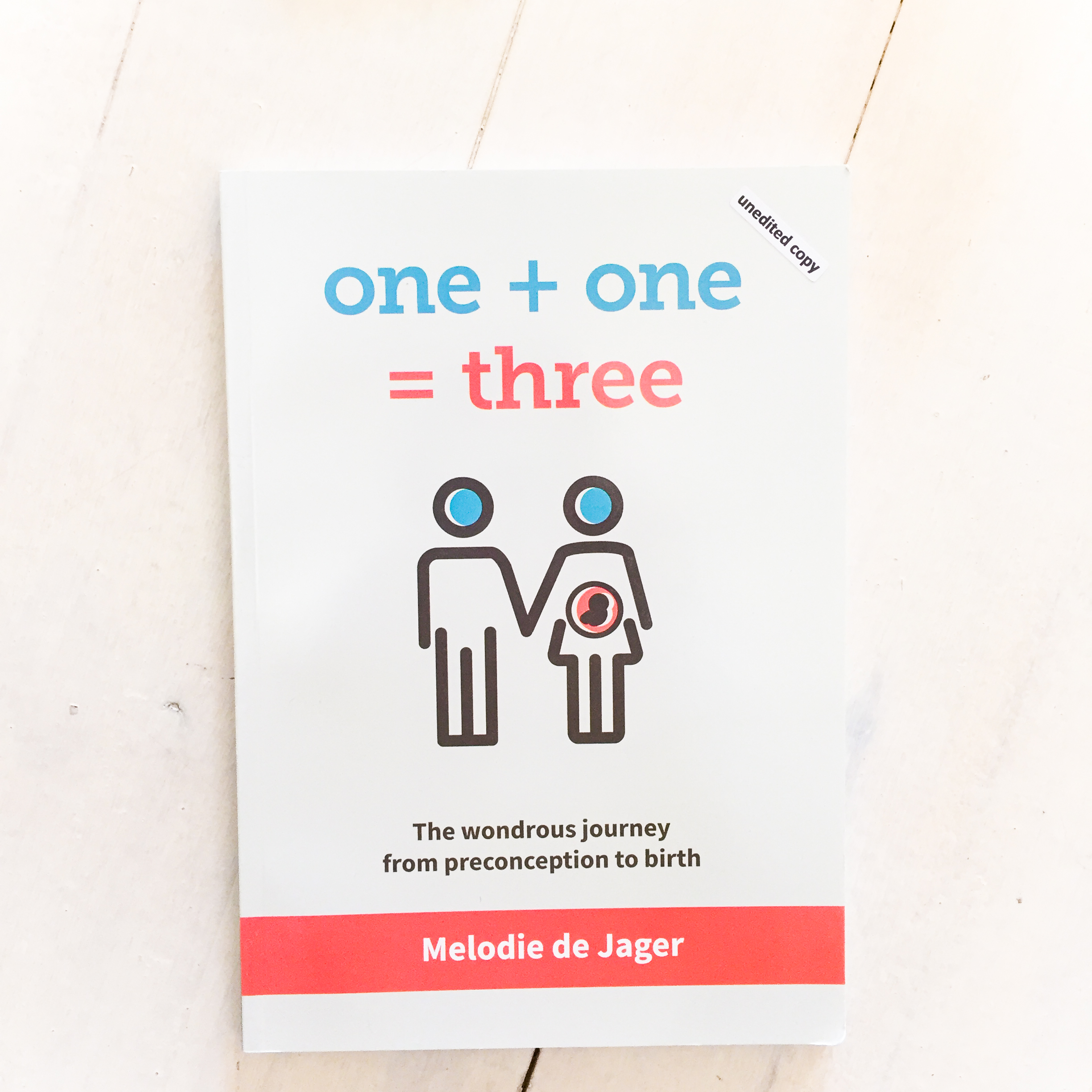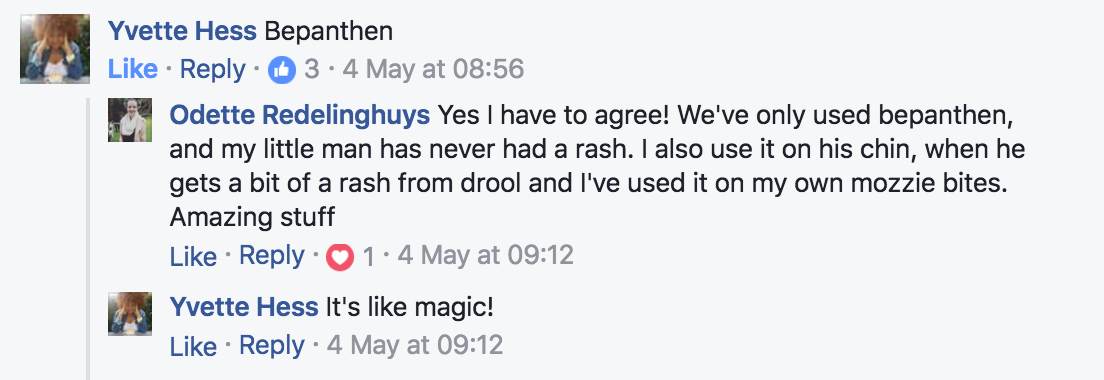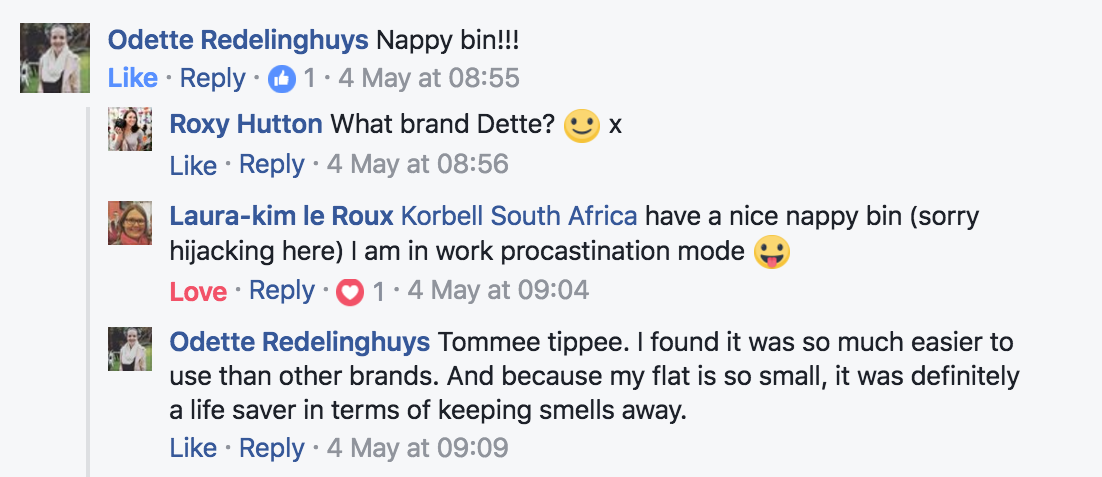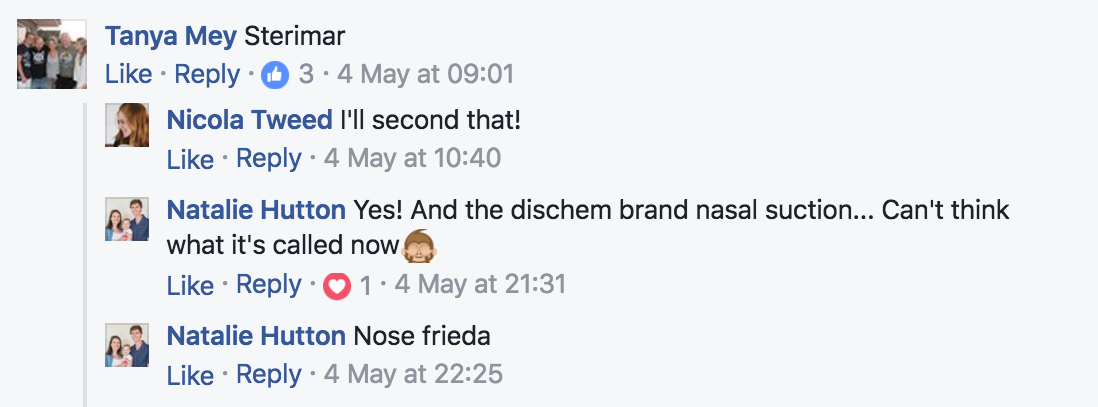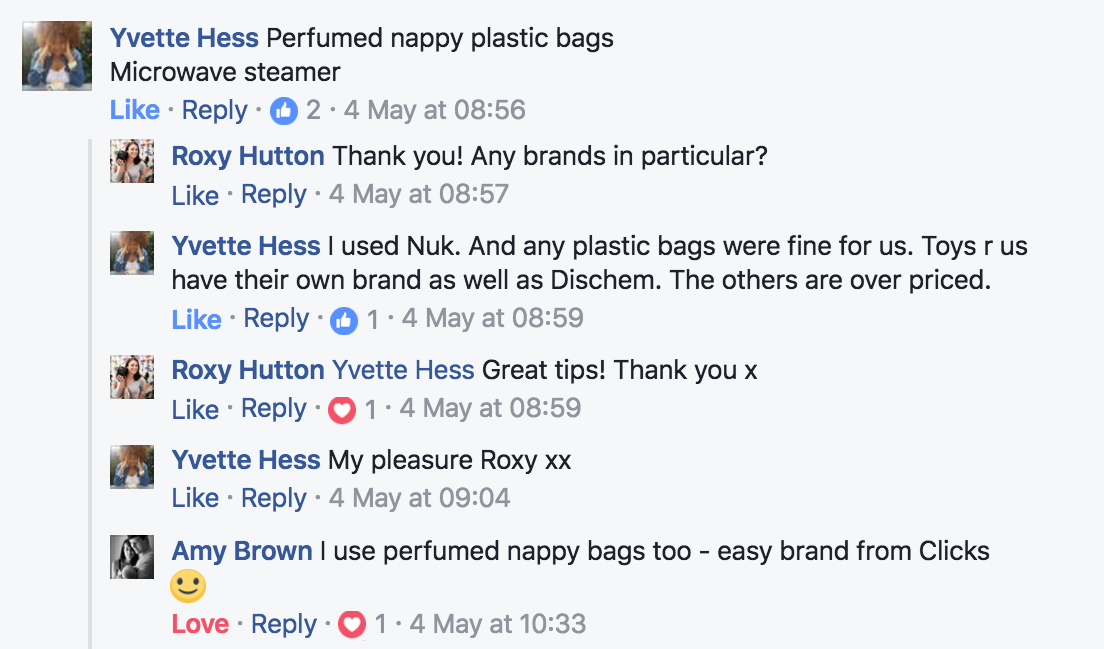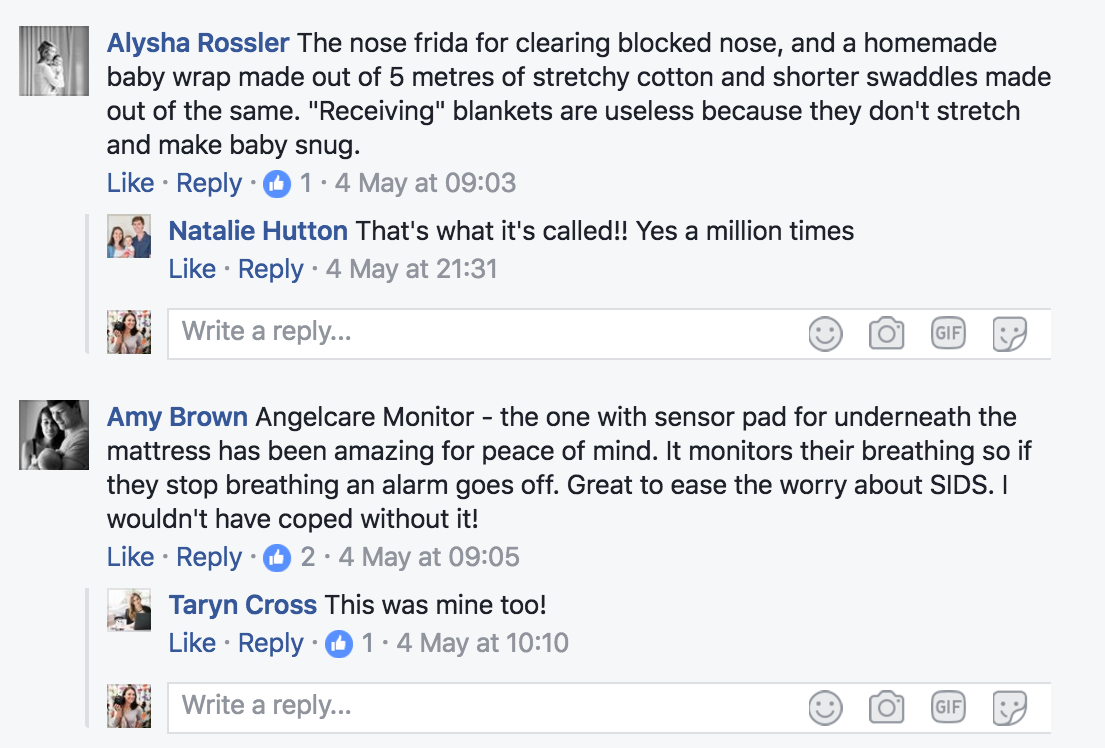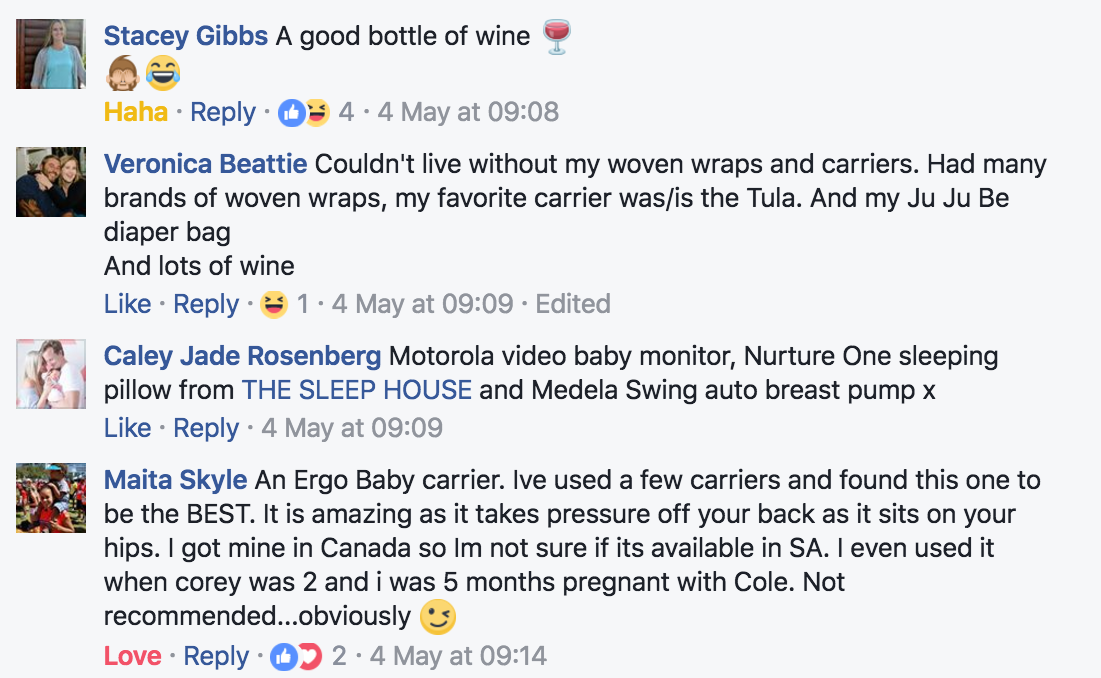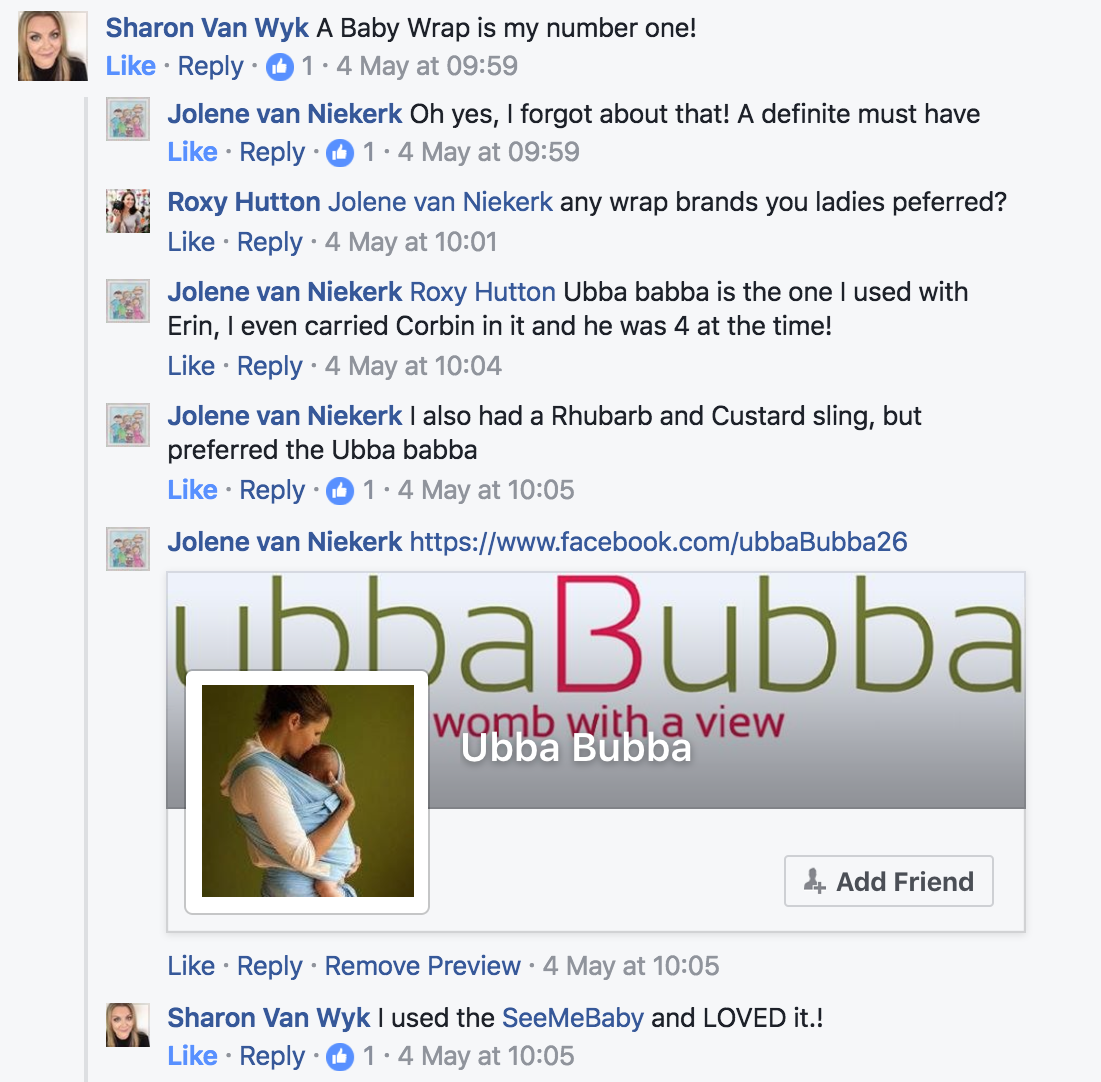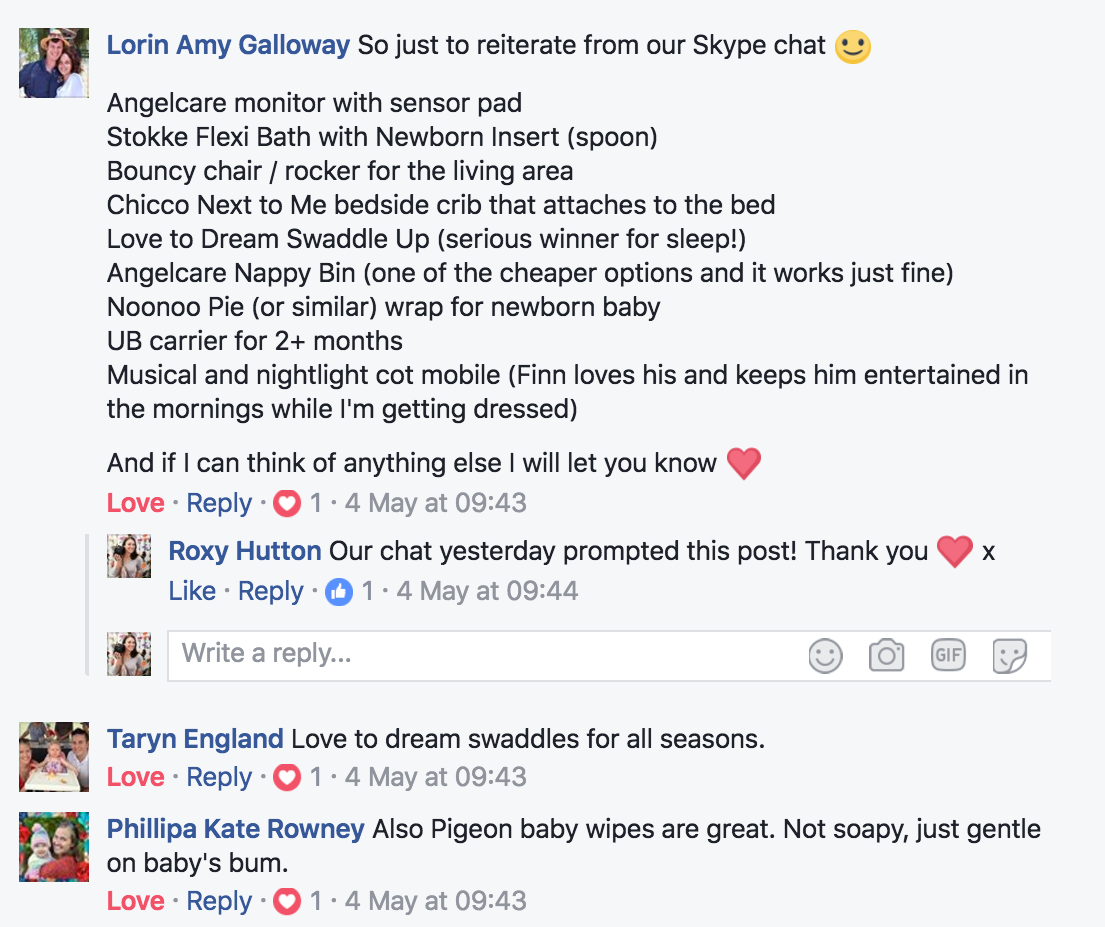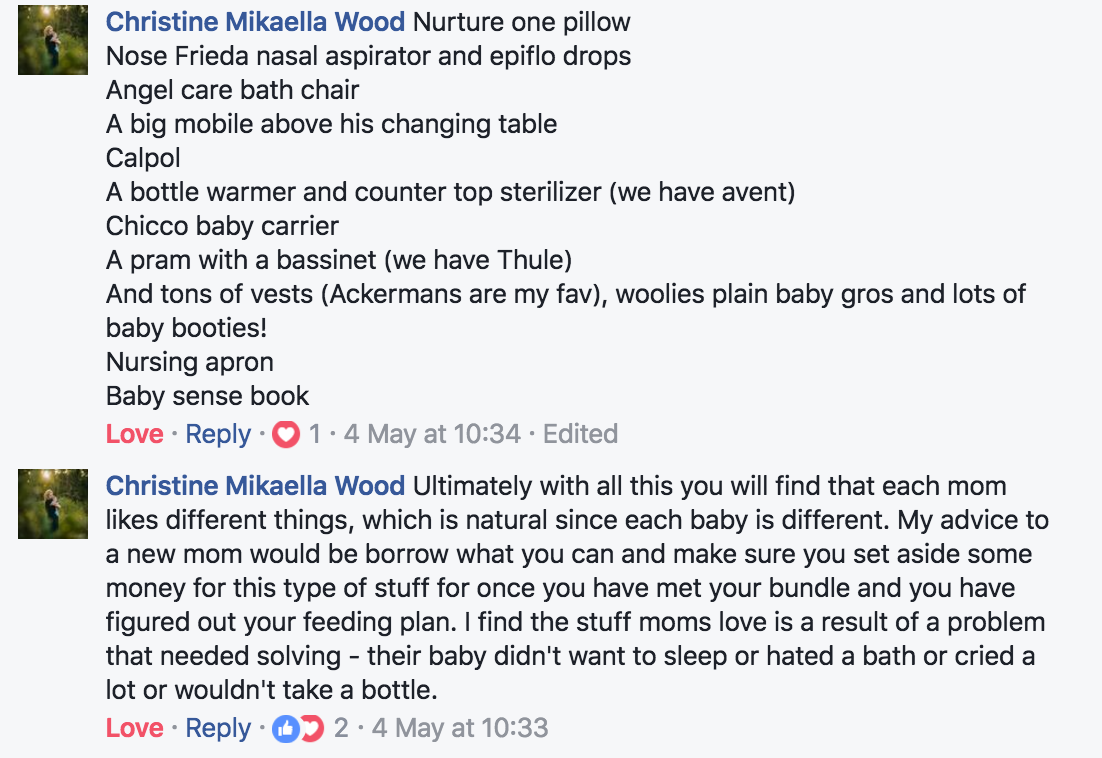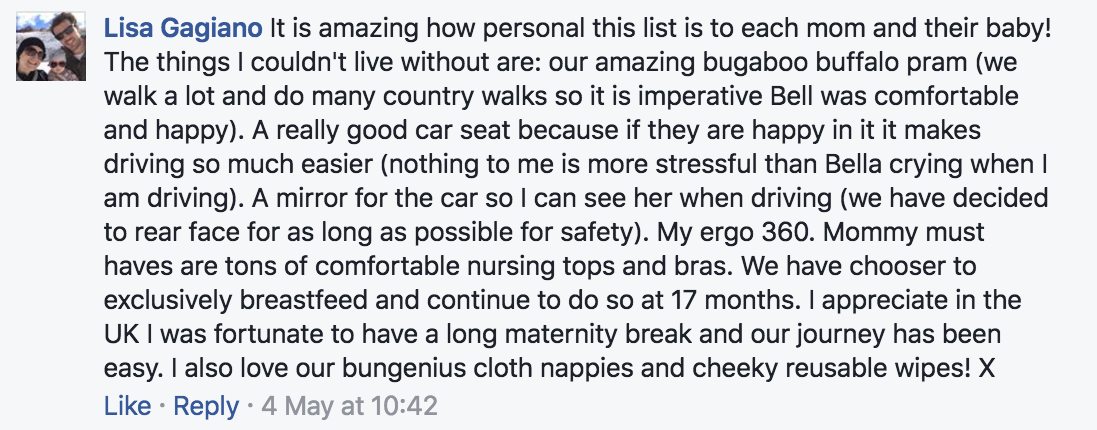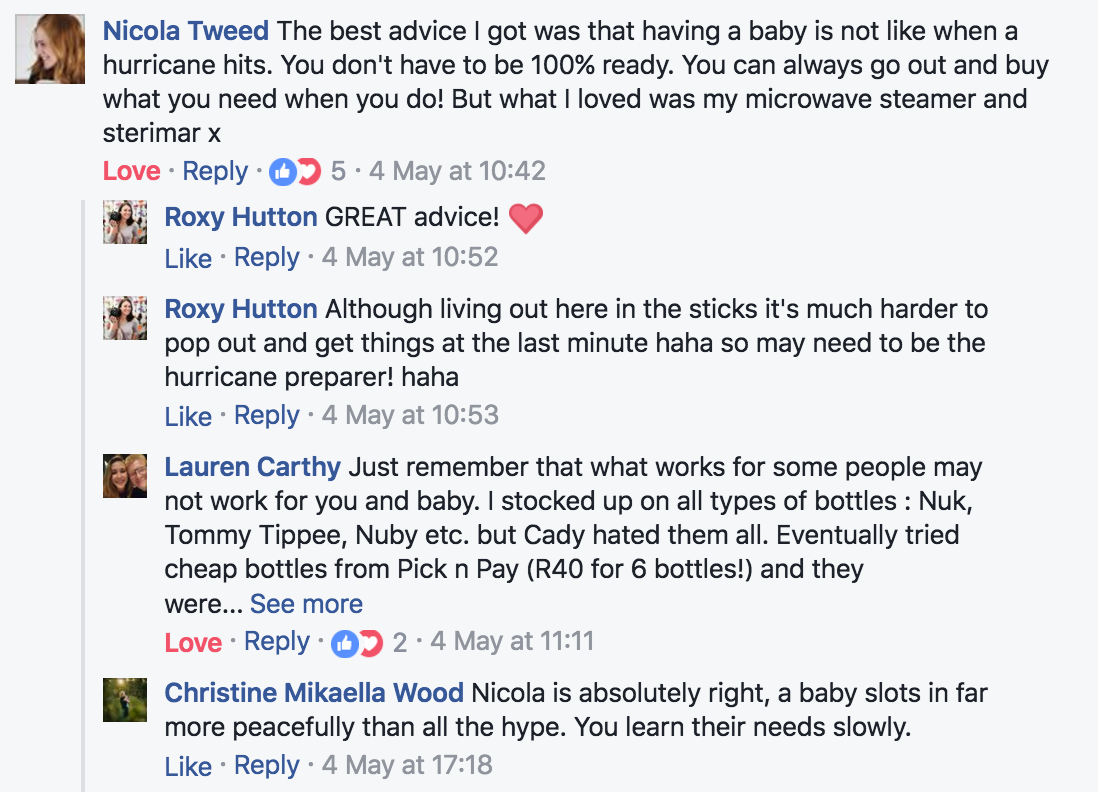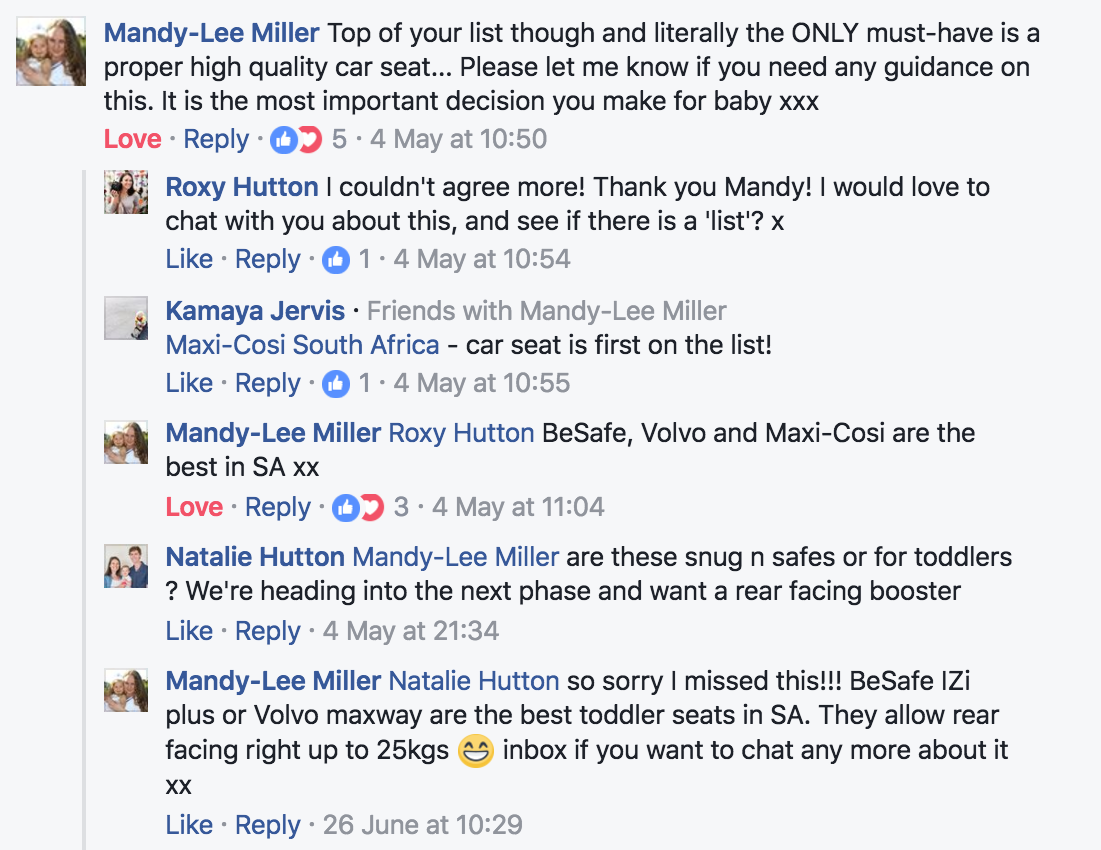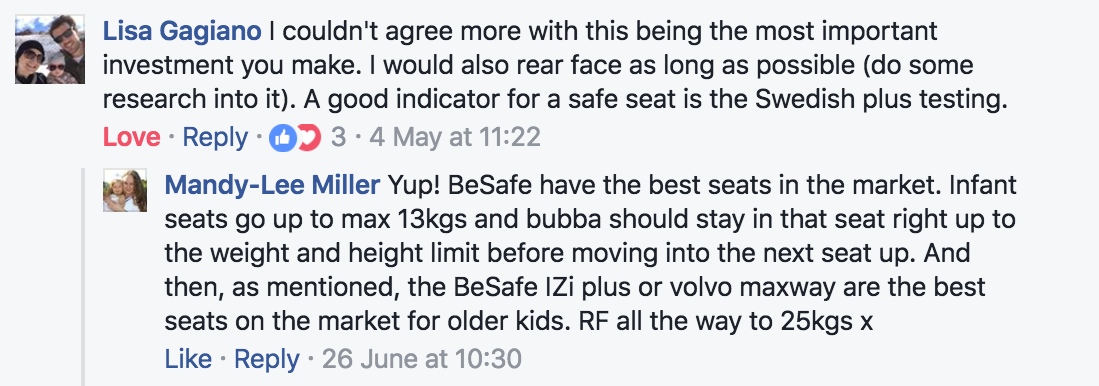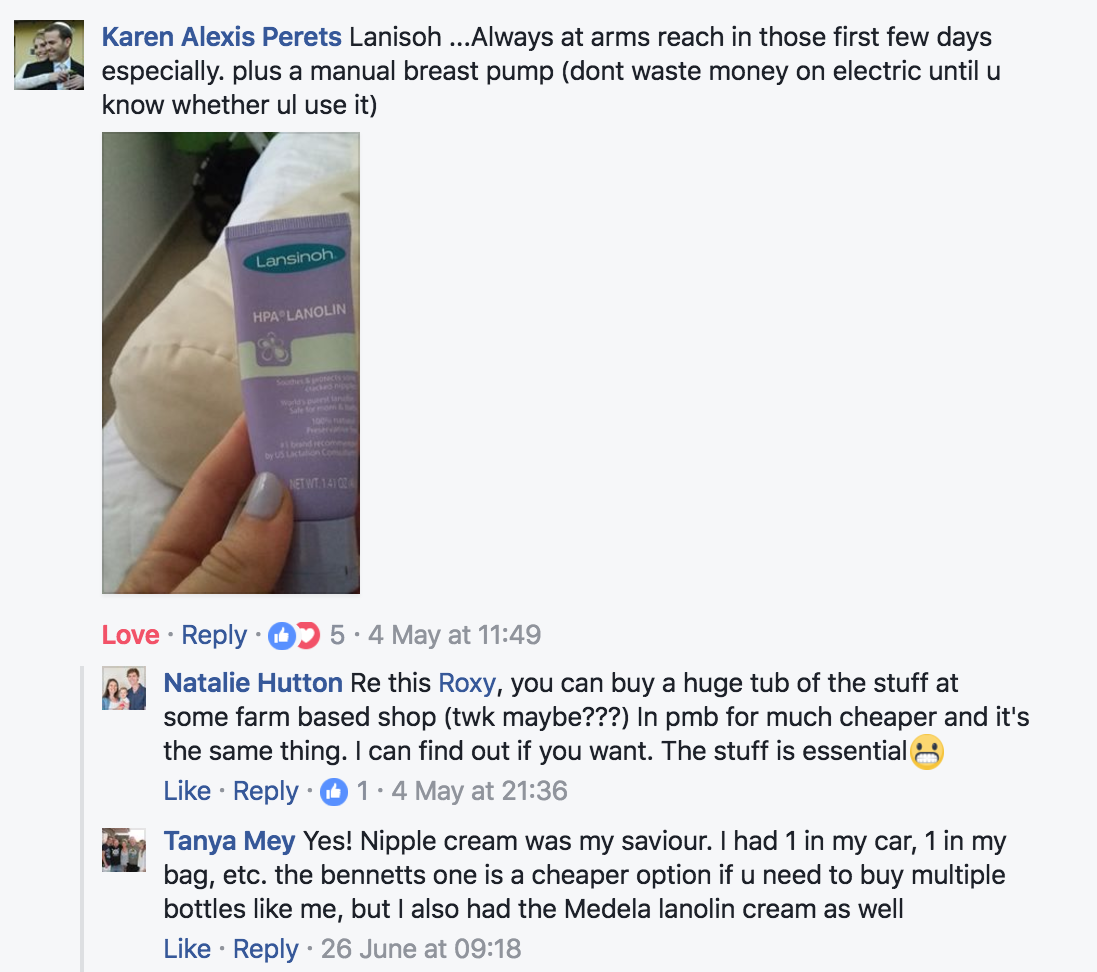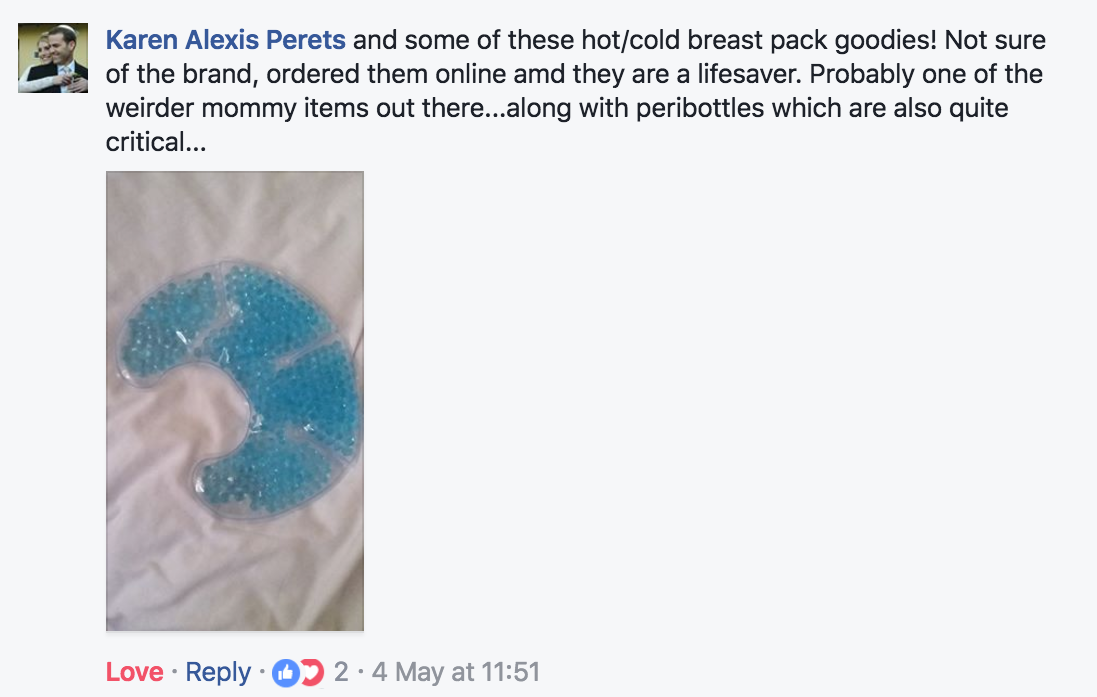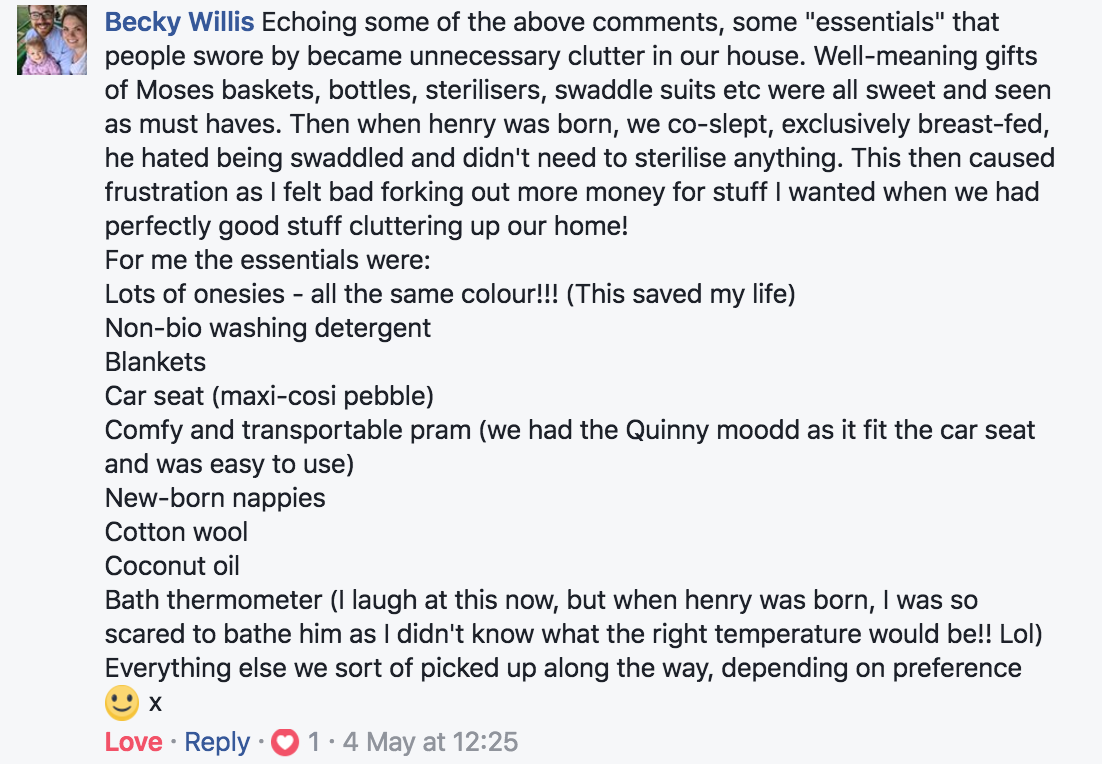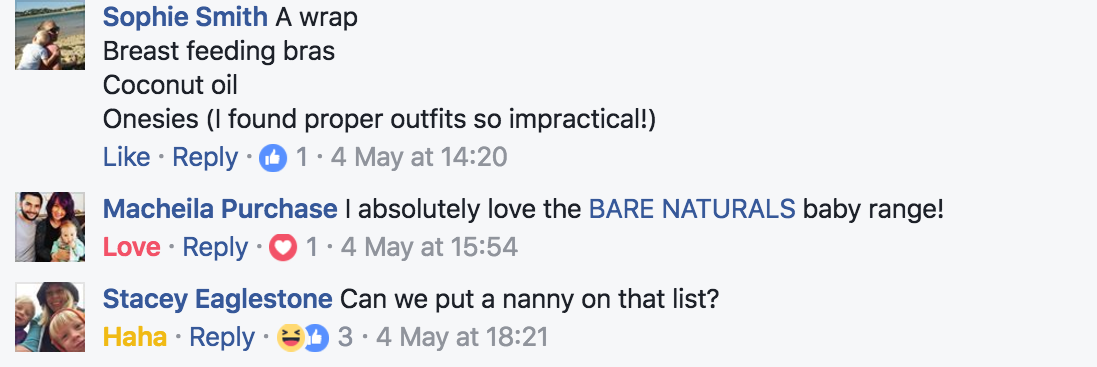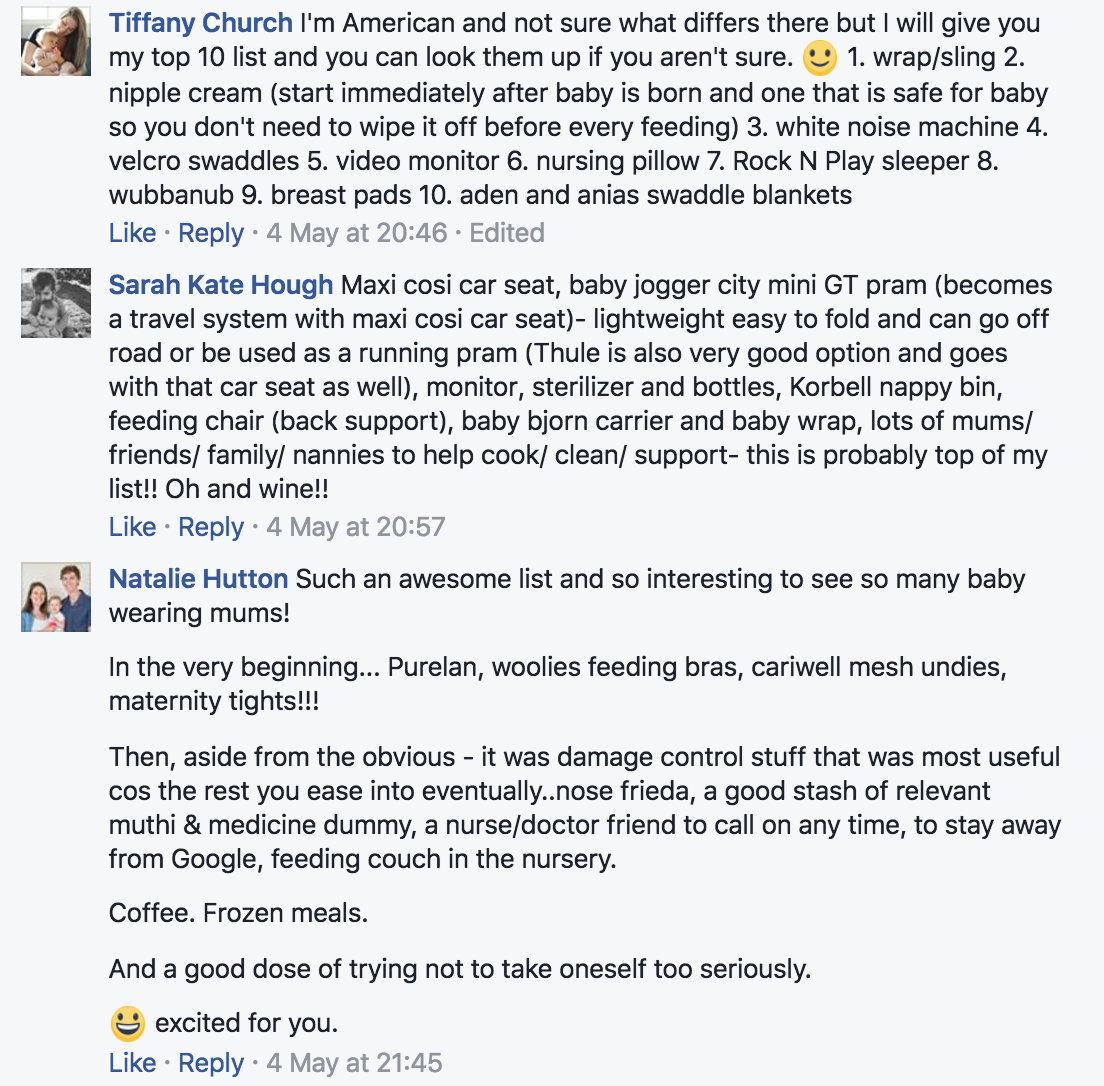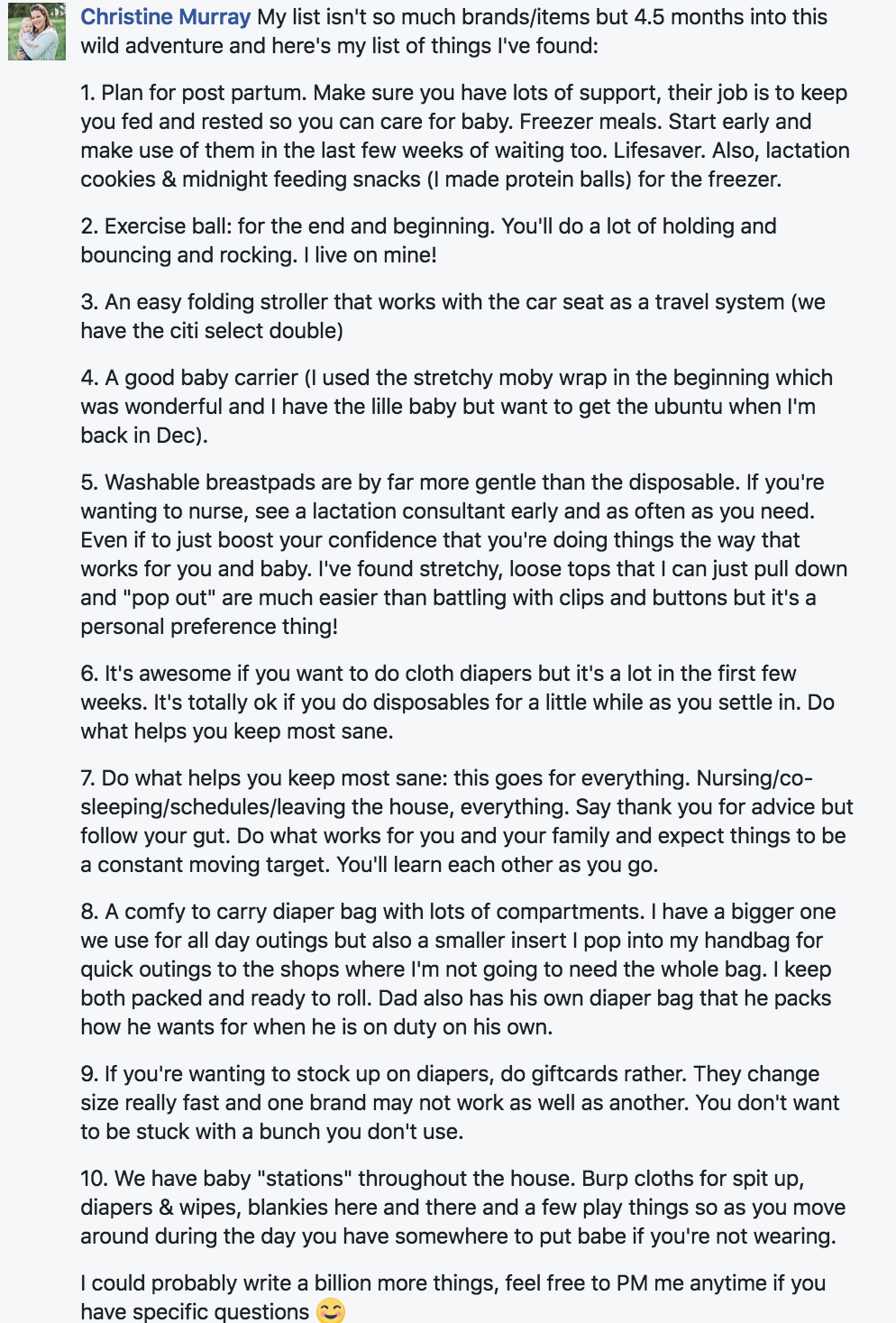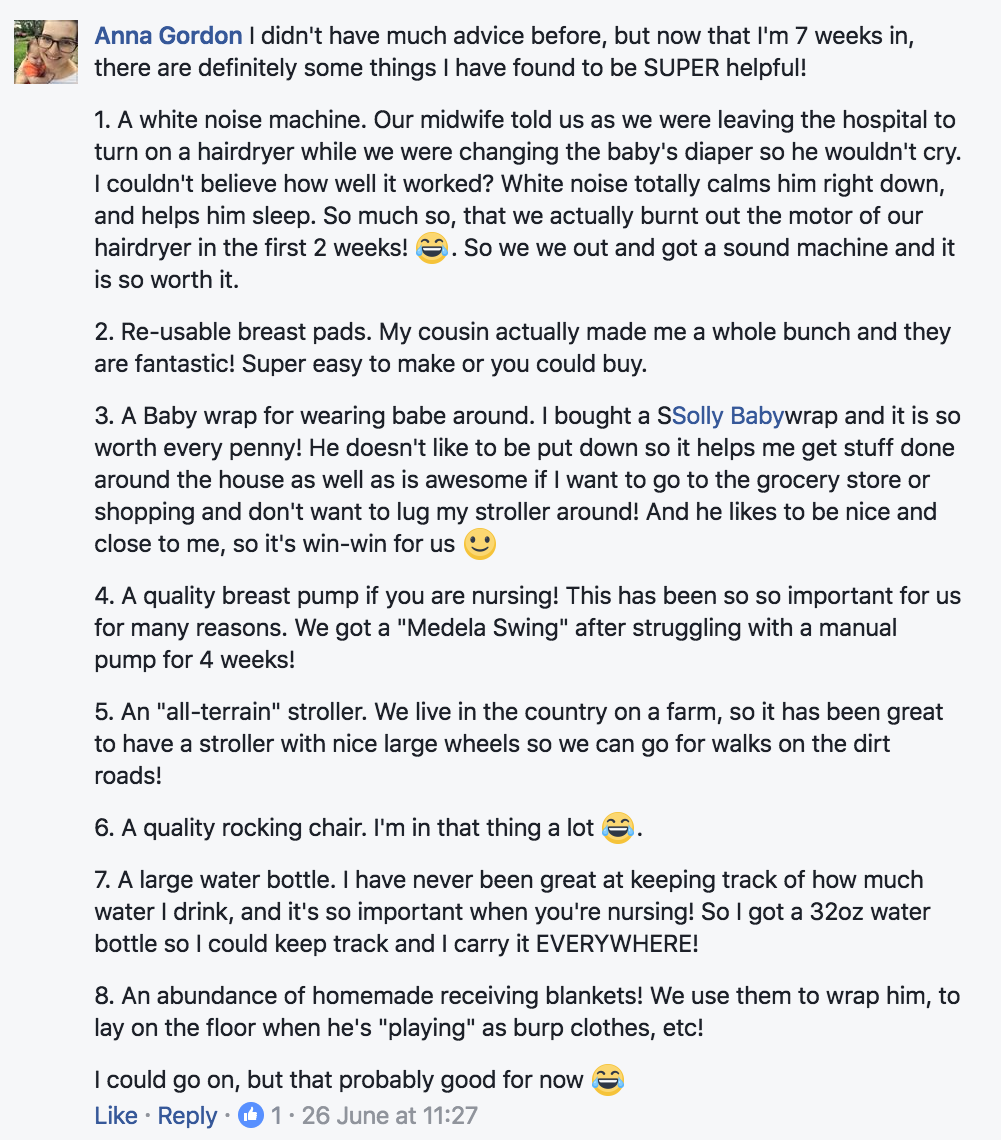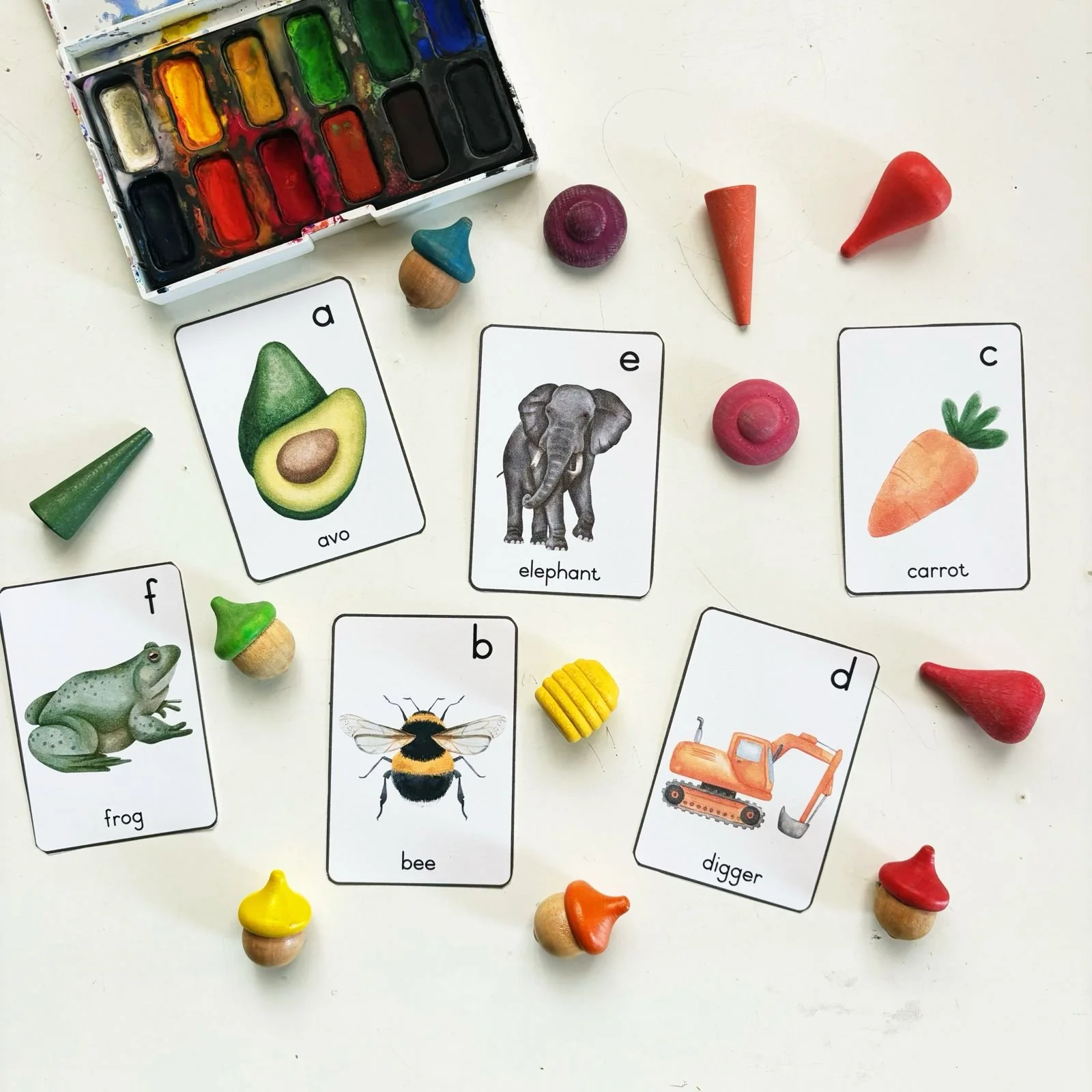Transitioning from a Cot to a Toddler Bed
/Everly is now 20 months old, and has been sleeping in a ‘bed’ for the last 3 months. She has surprised us all with how well she has transitioned (although this is something I kept reading would happen…that our kids are capable of far more change/independence than we expect) and so I’d like to share how we went about making the change.
Although some people told me Evs was too young to be in a bed, in reality, we didn’t have much choice. Aaron was on the way, and I wanted Everly to have some time to adjust to her new bed (and the freedom that came along with it!) before a new baby entered the house and life as we knew it would change. We also didn’t want to have to buy another cot, preferring to rather put Aaron in the cot and Evs in a bed. While I had planned to put her straight into a regular single sized bed (she has one in her room that was left over from when our new home was a guesthouse…click here to see photos of our home as it barely 6 months ago!) but the bed is an extra high one, and she is still rather little. I wasn’t worried so much about her falling off the bed (in my mind this could be solved with pillows on the floor/a pool noodle put under her sheet etc) it was more the getting back up on the bed that I knew she wouldn’t be able to do unless we had a ladder/box for her to climb on. And seeing as her cot converted into a toddler bed, this seemed like the perfect first step for her. Now that Aaron is getting too big for his bassinet, we will move Evs into the regular bed in her room (maybe by taking the legs off the base/removing the base altogether and just putting the matress on the floor) in the next few weeks and he will go straight into the cot. I’ll also be sharing photos of what her room looked like when she was in her toddler bed soon, and I’ll also share a post of what Aaron’s room looks like while he is in his bassinet. Once Everly is in her new bed, Aaron will then go into the cot and I can finally share photos of the gorgeous custom bedding I had made for his room. Look out for those blog posts coming soon.
The cot we have is the Stihl from CoziCot (which retails for R4708) but I bought it on special in 2016 for about R3500. The cot comes with toddler panels, and these were pretty easy to put on once the rails were taken down.
I love the simplicity of the cot, and the fact that it has two levels, meaning no more sore backs from lifting baby in and out. The only concern I have had since having it, is once you’ve lowered the cot so the mattress is on the lowest level, the sides have grooves where the cot base fits to raise it to the higher level, and for the more adventurous baby/toddler, these would provide the perfect ‘step’ to break free from their cot. Everly didn’t ever attempt this, which is why I only recently thought about it. We did put cot bumpers on the cot from about 7 months which hides the ‘steps’, but also to bear in mind, Everly was rather slow to reach her physical milestones. She only started crawling at 13 months, and only walked at 17 months. So she wouldn’t have really been able to break out even if she had wanted to. Just something to keep in mind if you’re looking at this cot.
So, how did we go about actually transitioning Everly?
We didn’t mess around, and basically took down the panels, and she had her first morning nap in it right away. Her first nap she barely moved in her bed, the second nap (she still naps twice a day) was shocking as she got off the bed and straight away bee-lined for the door and opened it. Our house is an old farmhouse, and the door handles are really low, and the latch on the door is very precarious, you can just about blow on it and it will open. And so, once she realised she could open then door, it was all bets off and so, after using all sorts of contraptions to keep the door closed (mainly ties tied around the door handle and a chair) we went out and bought a small hinge lock that secures her door shut. Her first night sleep wasn’t too bad, she got off her bed a couple of times and came to the door winging a bit, but I was most surprised that after 10 minutes she put herself back to bed. We had about 2 days of really horrible day naps, where she cried and cried outside her door, but I would go back in after about 10 - 15 mins and put her back on her bed. Often she would actually put herself back on her bed and cry for a bit longer before passing out. Her night time sleep was not affected at all, and it only took a few days for her day naps to go back to usual, especially once she realised she couldn’t open the door any more.
She did fall off the bed a couple of times in the following weeks, but after a few tears, she always got up again and put herself straight back to bed (I watched her on our video monitor…something I HIGHLY recommend to parents once your little ones are older so you can keep an eye on what they actually get up to when it’s nap/bed time). I think it really helped develop her own confidence to let her sort herself out when she fell off the bed, as I think us going in there every time would have disrupted her sleep. Toddlers are really incredible, and will continue to surprise you all the time at just how much independence they can actually handle (and how much they actually love being able to problem solve!) when given the chance.
All in all it was a rather quick and easy transition. Something that I do think helped a lot, was to make a big fuss of the fact that she was now going to be in a big girl bed. We also included her in the actual dismantling of the cot (look at her cute cross face when we had to take away the sharp screwdriver so she didn’t stab herself in the eye!).
Making her a part of the physical side of her new bed, and then being firm with her when she got out of bed in the beginning helped too. Giving your little one freedom in their room is a huge step not just for them, but for us as parents too. It’s not for everyone, but I really love the Montessori approach of giving your child the freedom to be independent.
We did go through a few patches of Everly waking up much earlier than usual from her night sleep, but as she could now get off her bed, instead of crying for me to pick her up, she simply got off her bed and would go get books to read on her bed. Although I’m not sure what on earth she was actually looking at as we keep her room pretty dark with block out curtains. We have also gone through a few patches of her resisting her afternoon naps lately. I have spent a few afternoons listening to her play the xylophone for over an hour, but it’s my thinking that as long as she’s quiet and not crying, she can do what she likes in her room during nap time.
Sometimes I do still go in and firmly put her back lying on her bed with her blanket and dummy, and often she does then go back to sleep (we got a video monitor from the time we transitioned her into a bed so we could see what she was getting up to), but sometimes she just lies there quietly singing to her toys/reading her books. I know this might mean she is ready to drop that second nap, but rather than drop the nap time, I am moving towards a ‘rest time’ where she has to be in her room, with the curtains drawn, and I don’t mind if she isn’t actually sleeping at this time. This allows me a bit of breathing room during the day, especially as I have another little one to care for.
Some things to keep in mind if you are going to allow your little one freedom in their room:
Safety wise, you need to make sure the room is completely childproof. We do have a few electronics around her room, but I have moved the plugs and hidden them from view. She has never shown any interest in those plugs, and when she has gone close to them we have been sure to firmly explain that they aren’t for touching.
You also need to keen in mind the heights of furniture, and make sure any furniture you have in their room is sturdy and won’t fall over if they climb up onto it.
I was also quite ruthless with her toys, as she now has access to all of them. Her chest of drawers is very solid and the drawers are very sticky so she can’t actually open them herself, and then all the other toiletries (wipes, creams, medicines) are put up high out of her reach.
Think about what you want to do with the bedroom door. Our old farmhouse is a little trickier with fitting a baby gate onto door frames, and this is why we decided to put a lock on her door from the outside. Everly no longer tries to open the door, so we don’t actually need to use it anymore during the day, but at night we definitely lock her door because I don’t want her roaming around the house while we aren’t there to make sure she’s safe. What friends have done is to put a baby gate on the door frame, meaning you can actually keep their bedroom door open if you want to. What you do to keep your little one ‘contained’ is up to you. Let me know in the comments below if you have any other creative suggestions.
How old was/is your little one when you moved them into a regular bed/plan to move them into a bed? How did the transition go? Let me know if you have any questions about the whole process, and I’d also love to hear how it goes for your toddler makes the big move.





